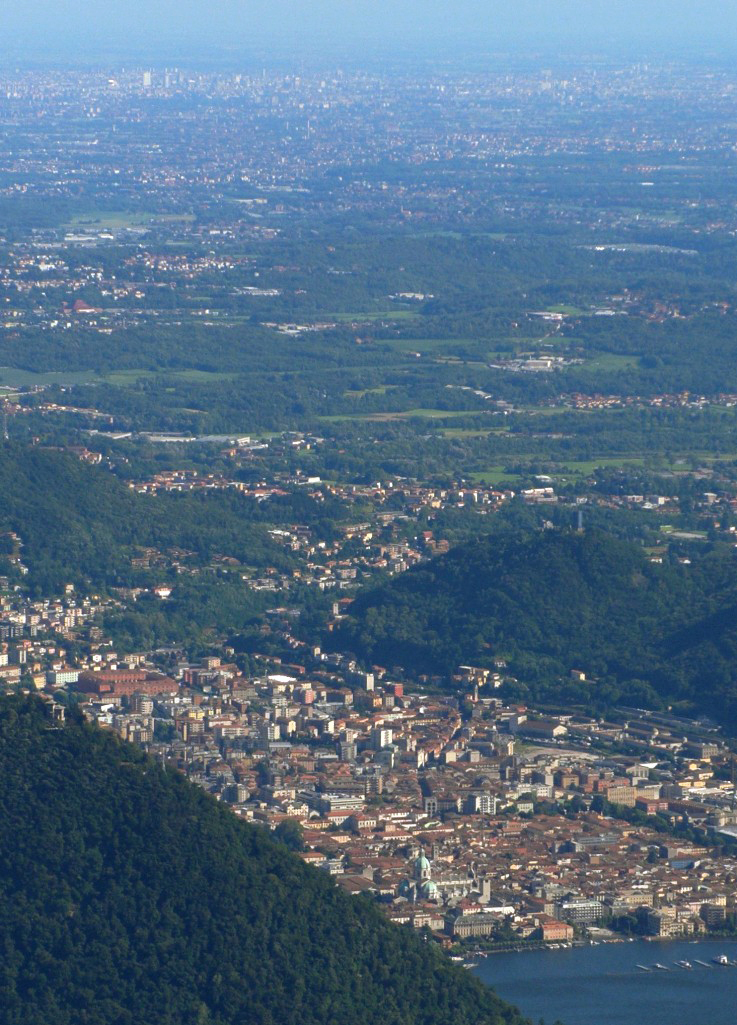|
|
|
The Orobi, an ancient tribe native to Liguria, founded the first nucleus of the town of Como. Around 1000 B.C., at the time the Ligurians had mixed with the Celts, a little community sprung up in the territories comprised within the Prealp lakes and the Ticino river, giving rise to the first urban settlements: the Culture of Golasecca. The first settlers in Como occupied the hills surrounding the dale, knows as the area of Prestino. Around the 5th century, the territory was conquered by the Galli “Insubri” and in 196 B.C. by the Romans. It was Julius Caesar who urbanized the city of Como after starting a wave of immigration of more than 5000 colonists into the area, amongst which numerous Greeks. Many names of several towns trace back to Ancient Greece: Lecco (Leucos), Nesso (Nasso), Dervio (Delfo), Lenno and Lemna (Lemna), Corenno and Colonno (Corinto). The town was situated at the entrance of a very affluent area, an important connection route between Transpadania and the northern areas. In 42 B.C. Novum Comum acquired the privileges of a municipality and became an actual city with walls, a law court, a thermal spa and several patrician villas (Pliny the Elder and Pliny the Younger were born during the most prosperous period of the town). The western port was located in Novate at the time when Lario was still connected to the lake of Mezzola. During the rise of Christianity, emperor Constantine founded the first dioceses with the intent of obviating to the institutional shortcomings of the Empire; the dioceses of Como were named after saints, such as S.Carpoforo, S.Abbondio and S.Fedele. The Lario territory became one of the major centers of divulgation of Christianity, as extensively testified by the flourishing of religious art in Ossuccio, Piona and Gravedona (several communities, such as the parishes of Gravedona and the Comacina Island, were dependent on the dioceses). Because of the long controversy between ecclesiastic and state powers, the bishops of Como and Aquileia adhered to the Schism of the Three Chapters, causing a part of the Church to rebel against the Byzantine authority. The Longobard invasion aggravated the schism even further: the Longobard queen Teodolinda obviously had an interest in provoking the population to rebel against the Empire of Constantinopolis. Como formed an alliance with Aquileia and became independent from the Ambrosian diocese, which, from that moment on, would become Como’s sworn enemy. The rivalry between the two cities was temporally placated by Charlemagne, who left the Valtellina, Chiavenna and the Ticino regions under Como’s control, while assigning eastern Lario and the future Campione d’Italia to Milan. |
|
However, these glorious years (following the defeat of Barbarossa at the hands of the League in 1176) came to and end when the rich Rusca family nominated a relative of theirs as successor of bishop Lambertenghi, thus causing the Papal Excommunication. Now that Como was no more supported by the Church, it gradually entered into the orbit of the Milan (that was being reconstructed). Azzone Visconti seized Como in 1335 and the city was later on handed down to his nephew Gian Galeazzo, who started the construction works – that would last more than three centuries - for the Cathedral. The Sforza family succeeded to the Visconti, at the time the European powers were fighting over the possession of Italy. The government of Massimiliano Sforza depended on Switzerland (to whom he had ceded the Ticino), while Francesco II depended on the Spanish. After the death of Francesco, Milano was handed down to the Spanish. In 1521, the Spanish army plundered Como, guilty of hosting the French army during the war against the Augsburg; the Baradello Castle was pulled down and the fort of Fuentes erected in Colico by way of compensation. During the 16th century, Como was under the dominion of the Augsburg of Spain. It was now a stronghold with 10.000 inhabitants (Milan counted 70.000), and had become specialized in silk and wool cloth production. Fierce competition with the great commercial centre of Torno led once more to Como’s destruction (1522), thus marking the end of its period of glory. The legendary villa d’Este and villa Pliniana - the first venues of a long tradition of noble vacationers that would characterize the lake over the following centuries - trace back to this period. In 1600 the Counter-Reformation brought to light the work of cardinal Tolomeo Gallio, who erected the palace of Gravedona that bears his name, and Villa Balbiano, in Ossuccio. | |
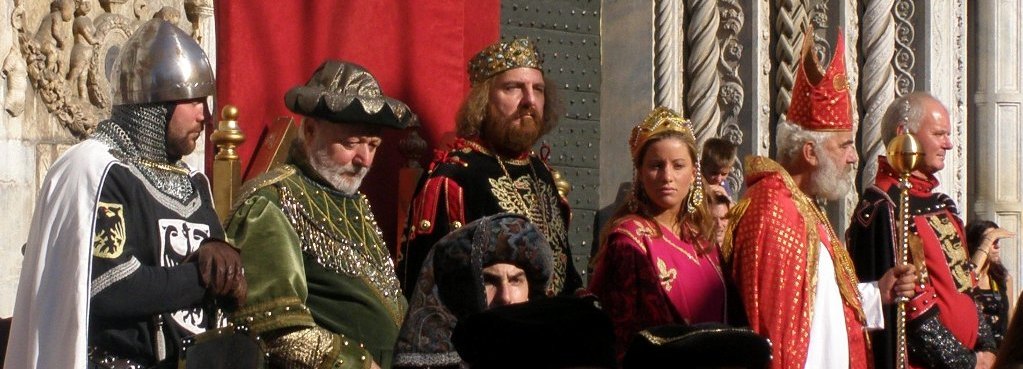
| |
|
March 1159: the bishop of Como, Ardizzone celebrates the arrival of the German emperor, Frederick Barbarossa, ally of the Como army during the wars against Milan and the other Communes of Northern Italy. Como adhered to the Lombard League in a second moment, but then submitted to Barbarossa in 1174. | |
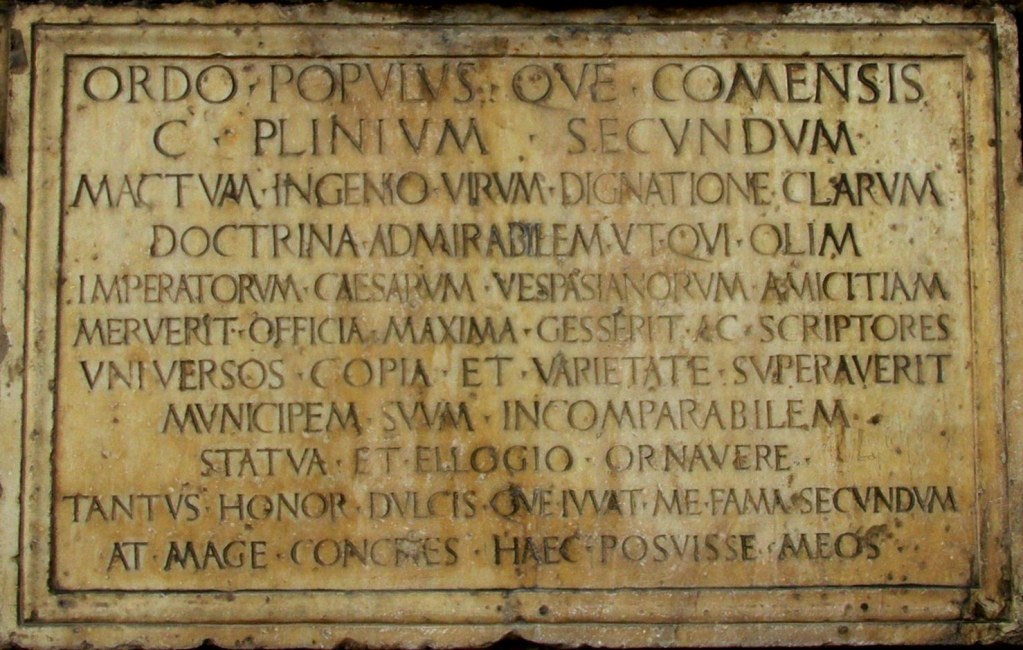
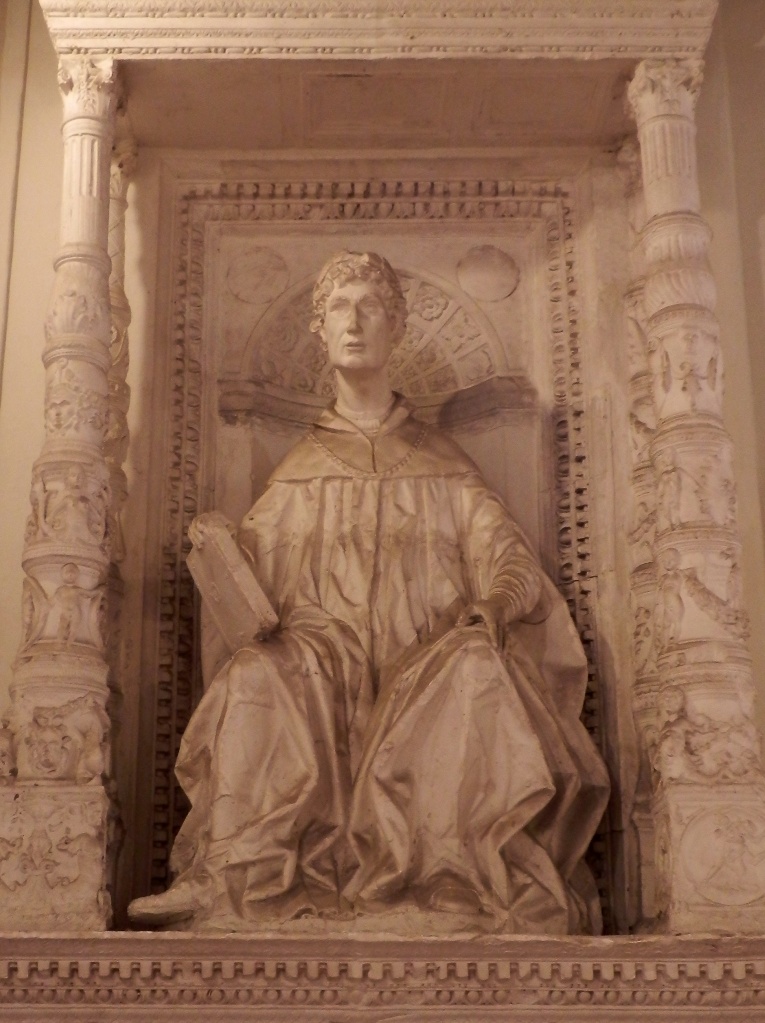 |
|
|
On the side of the Cathedral portal, a plaque in honour of Pliny the Elder, who was native to Como. Next to the plaque stands the statue of Pliny the Younger (Pliny the Elder's nephew). He was quaestor of the Roman Emperor Domitian and served as the governor of the Asian province Bithynia-Pontusis under Trajan. | |
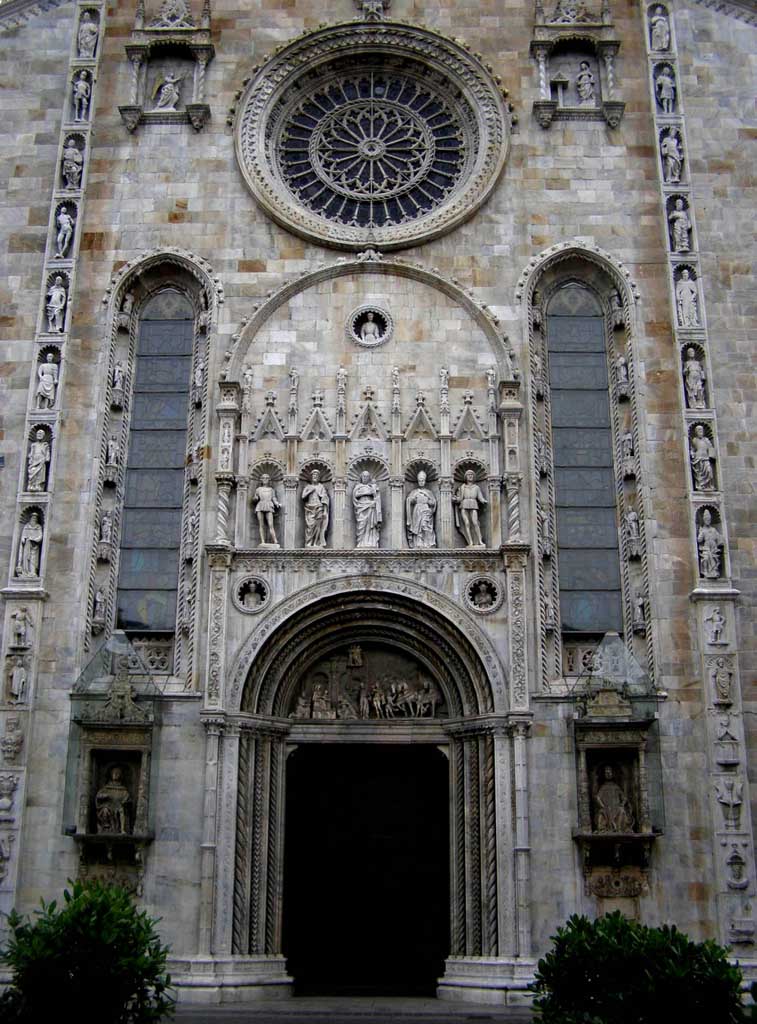
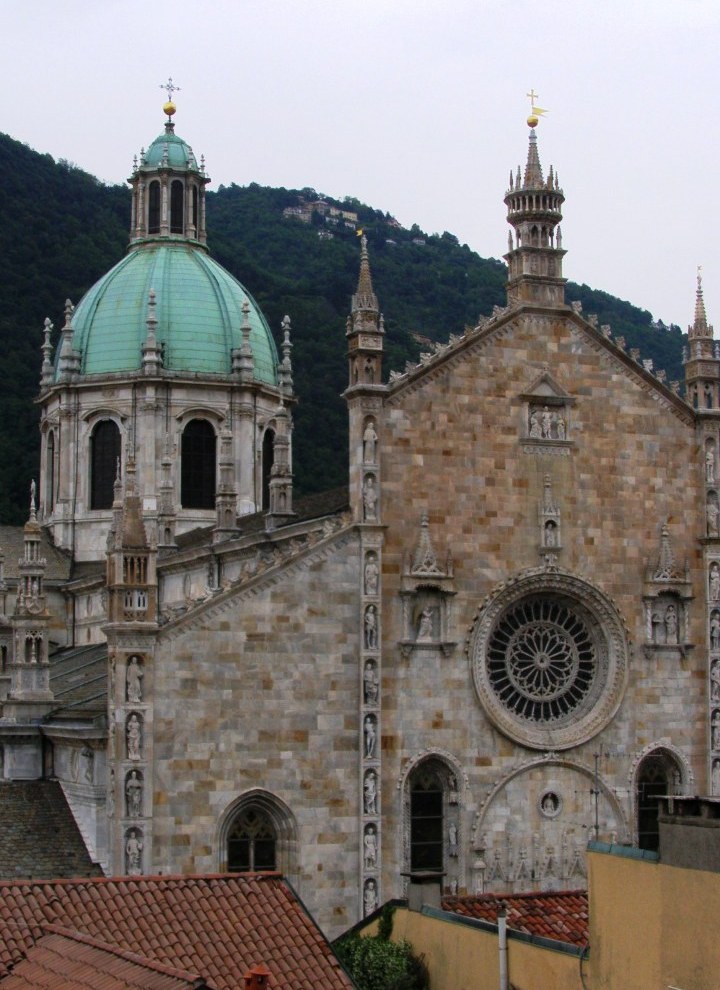
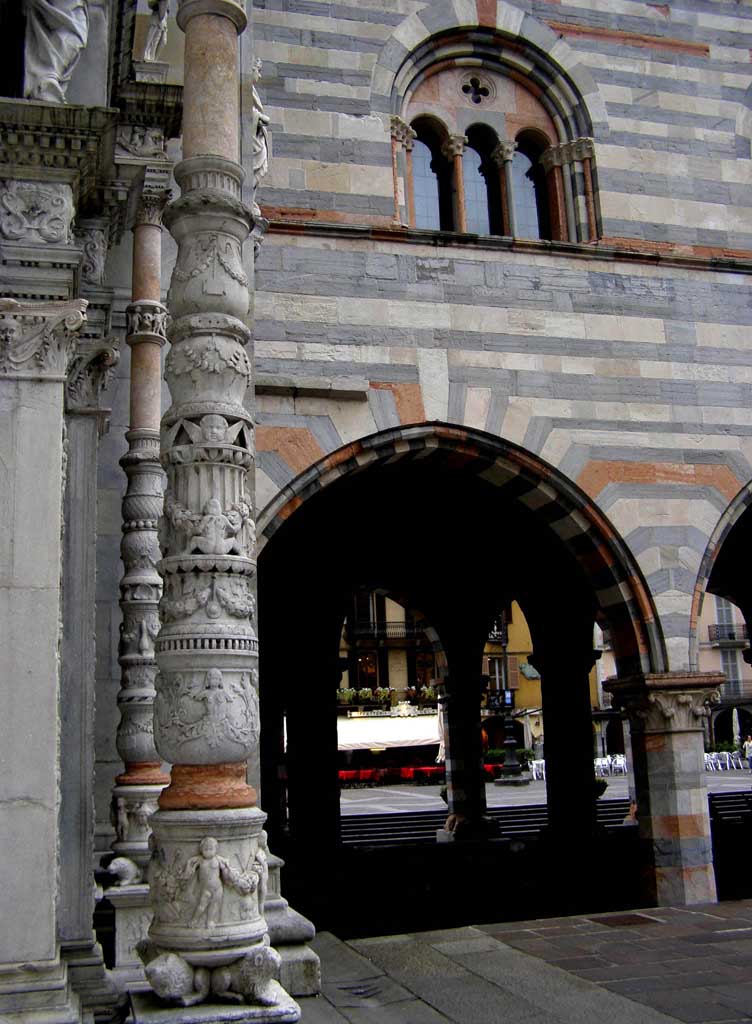
|
|
| |
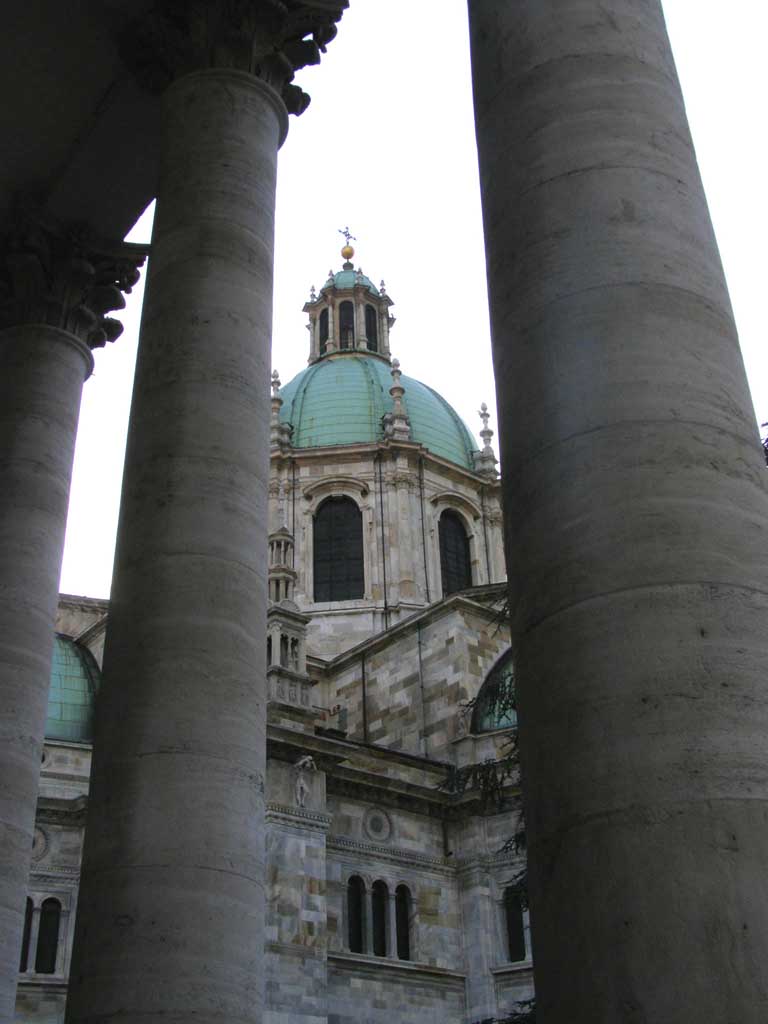
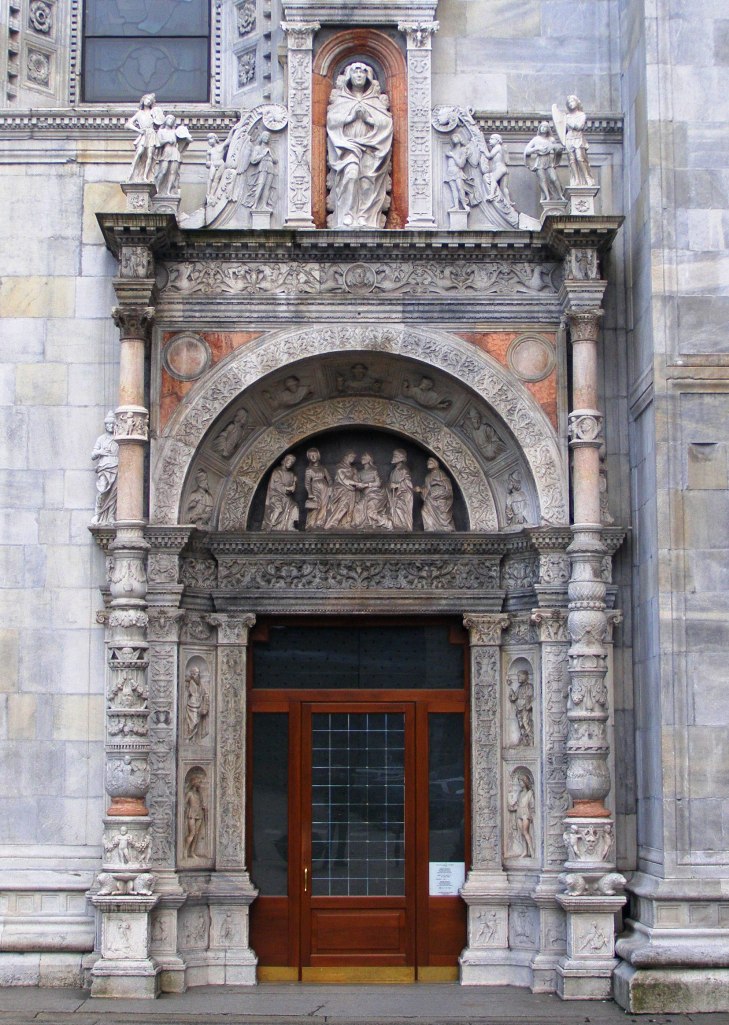
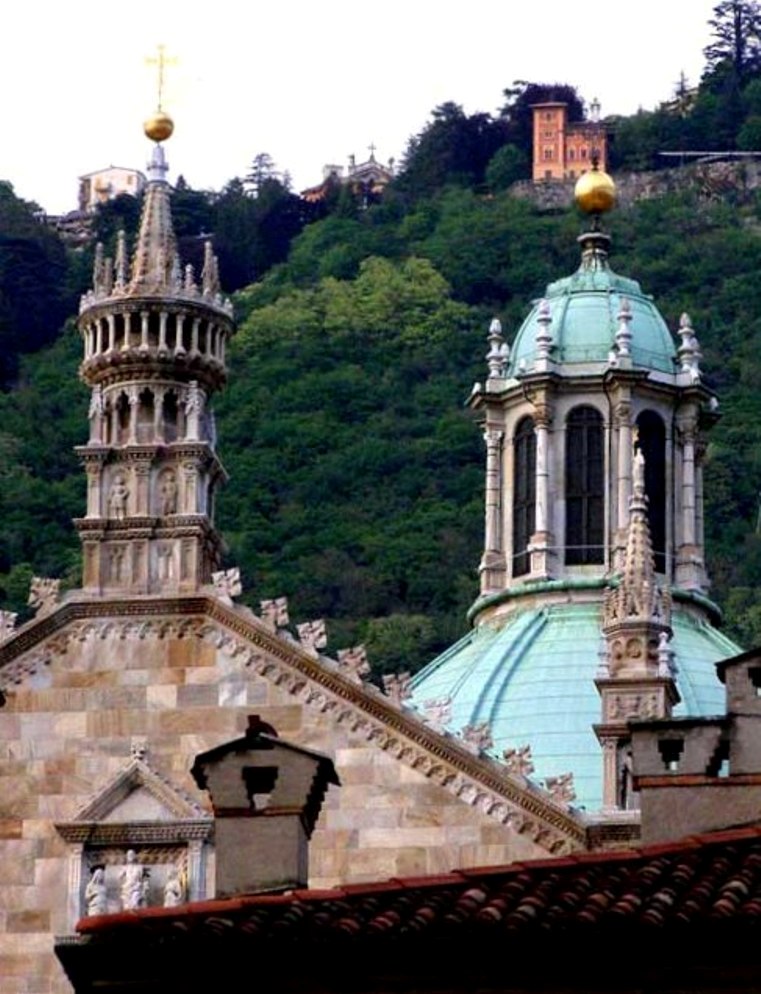 |
|
| |
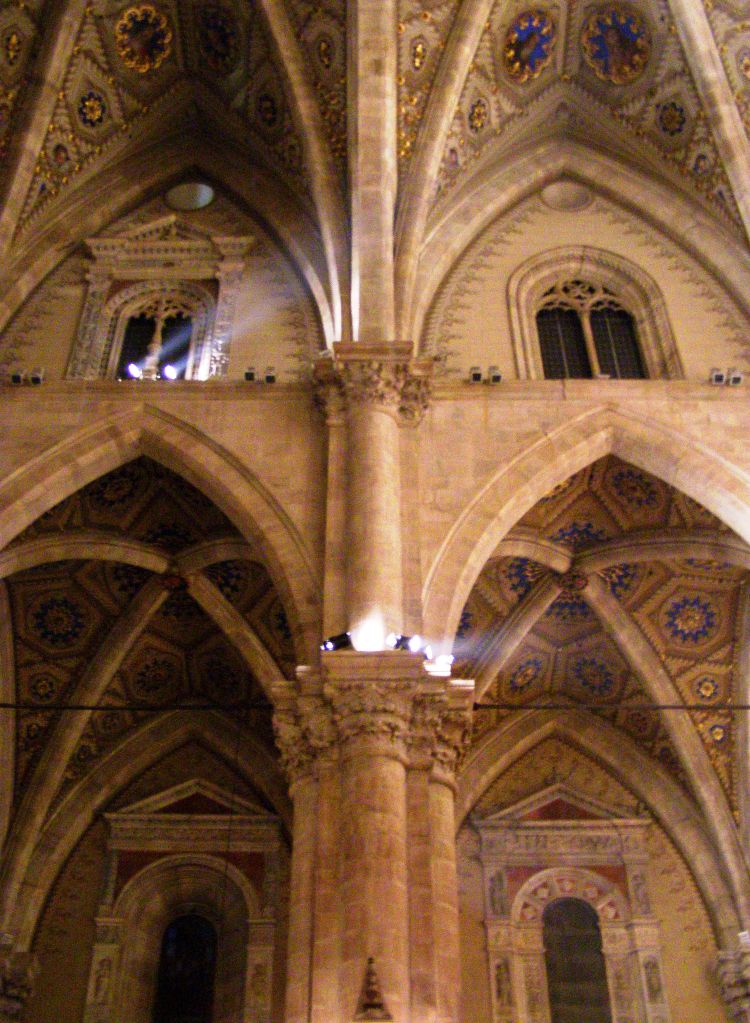
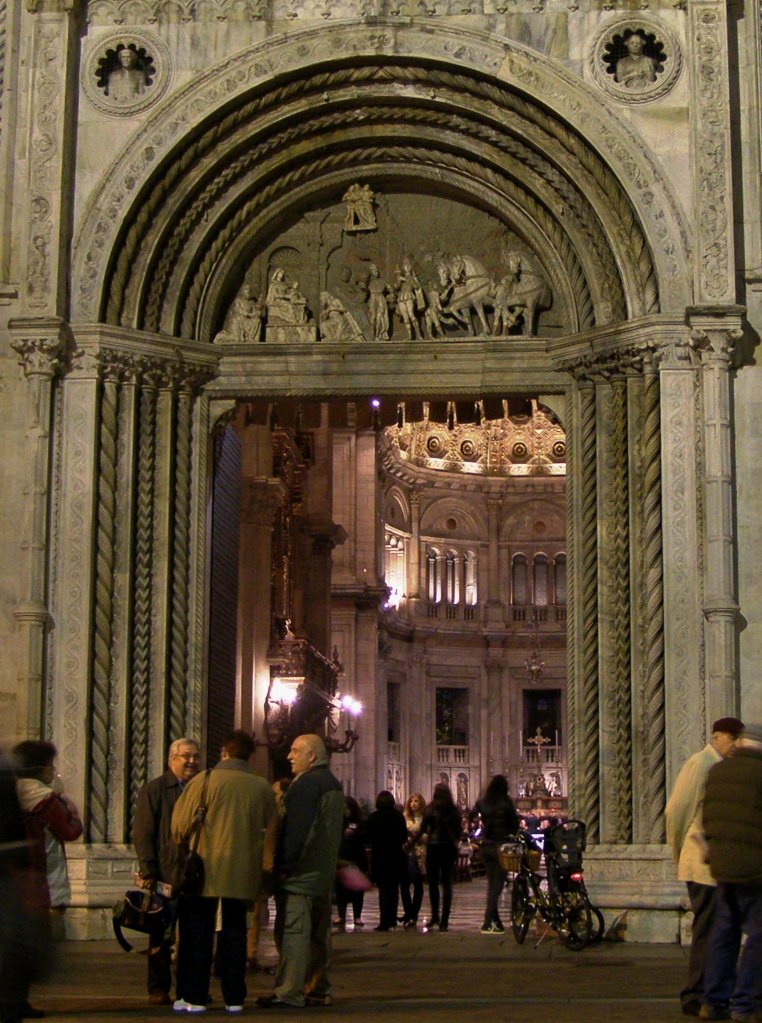
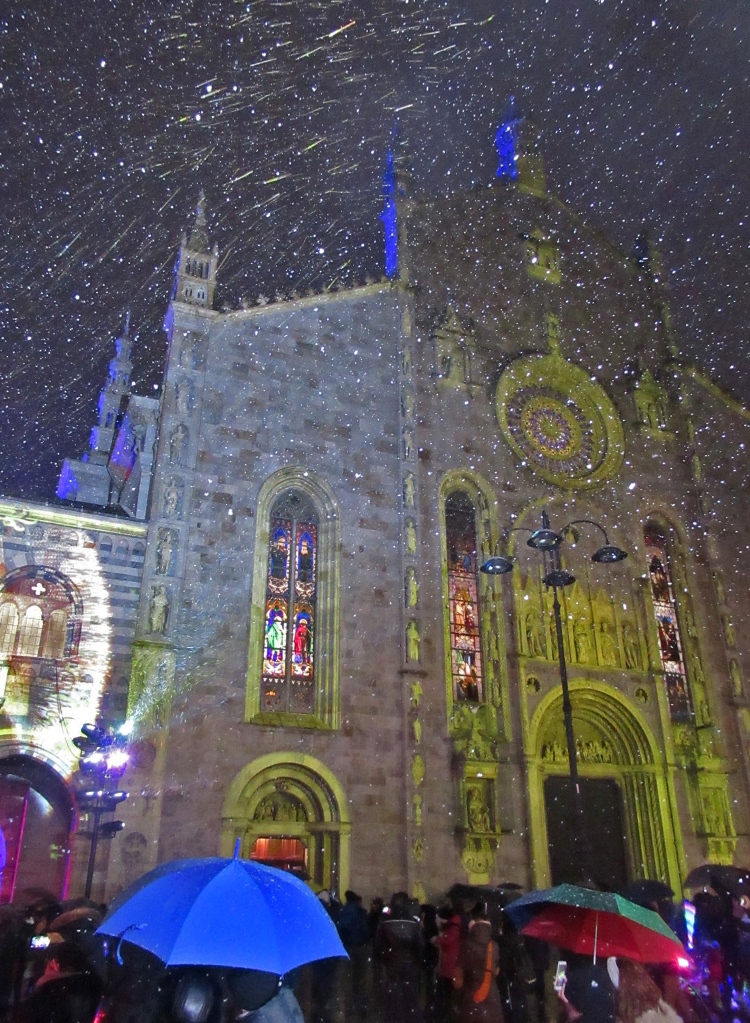
|
|
| |
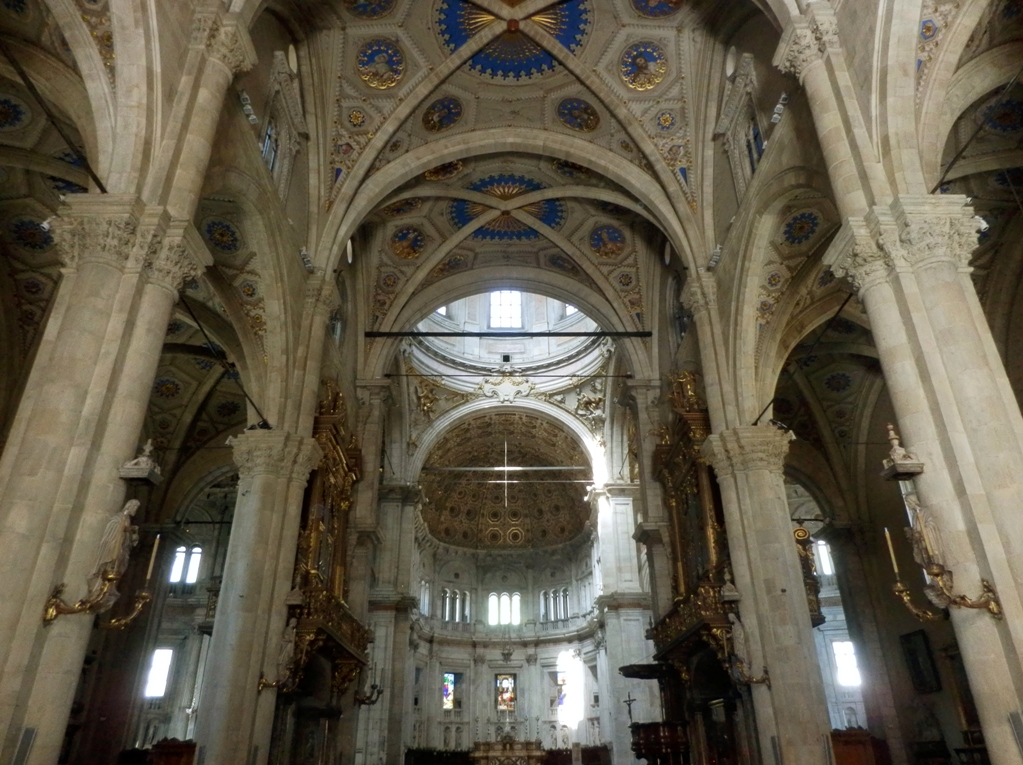
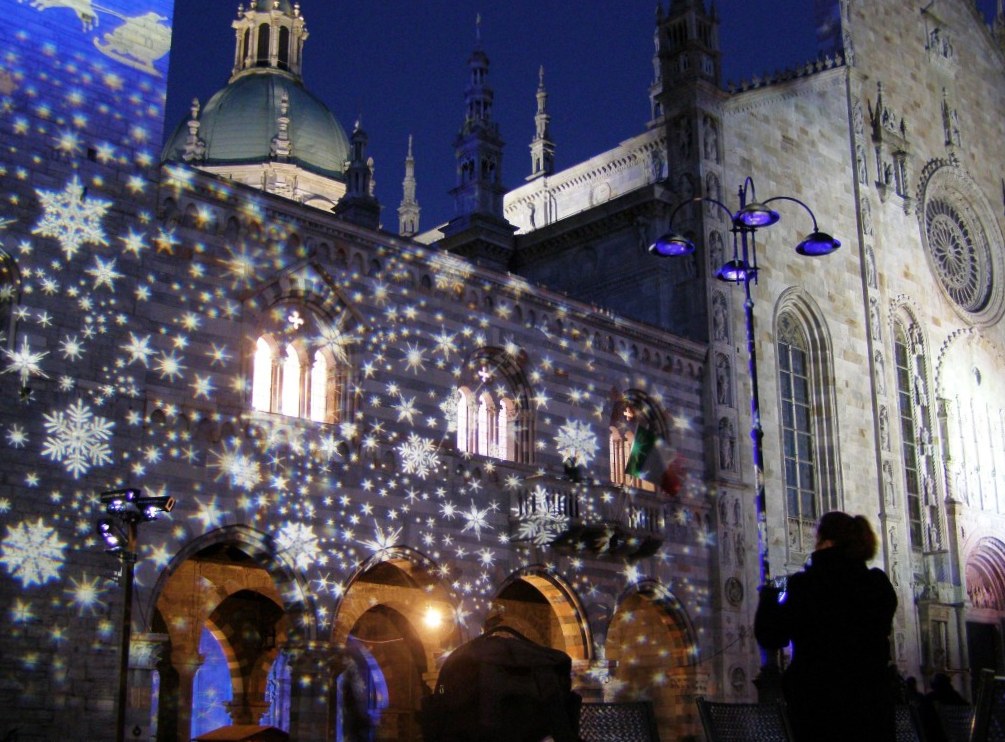
|
|
|
The Cathedral controls one of the ten largest dioceses of Italy, including most part of the province of Lecco, Varese and the entire territory of Sondrio (you see here: Chiavenna). The Canton Ticino (Switzerland) had belonged to the Diocese of Como up to 1885. | |
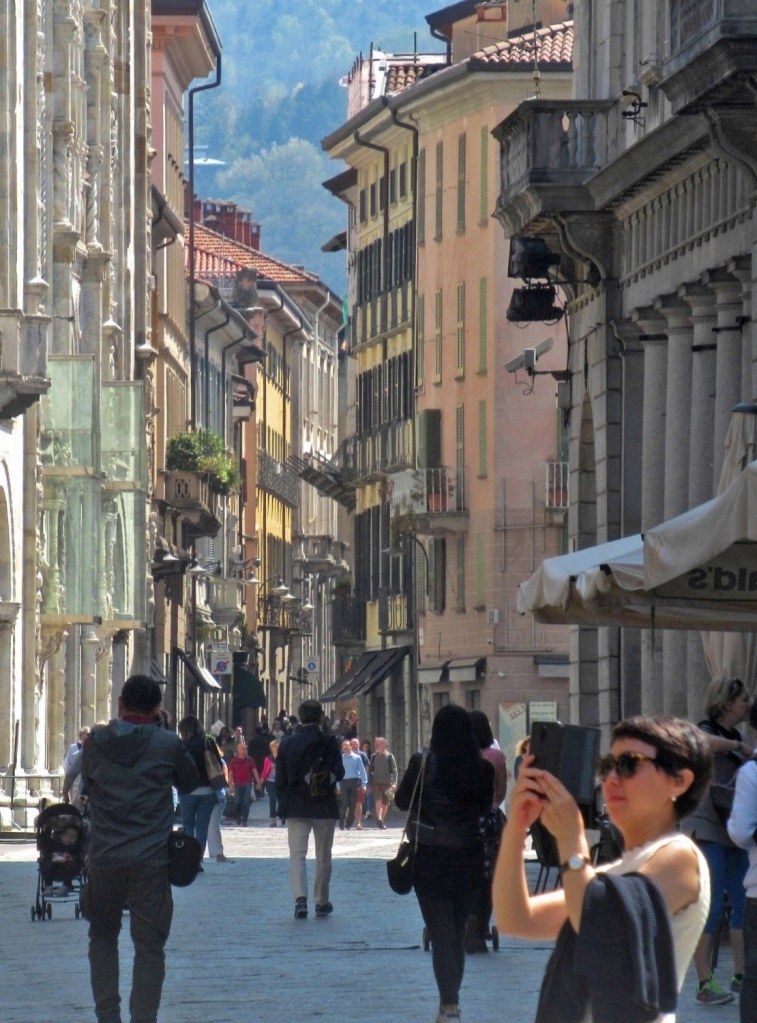
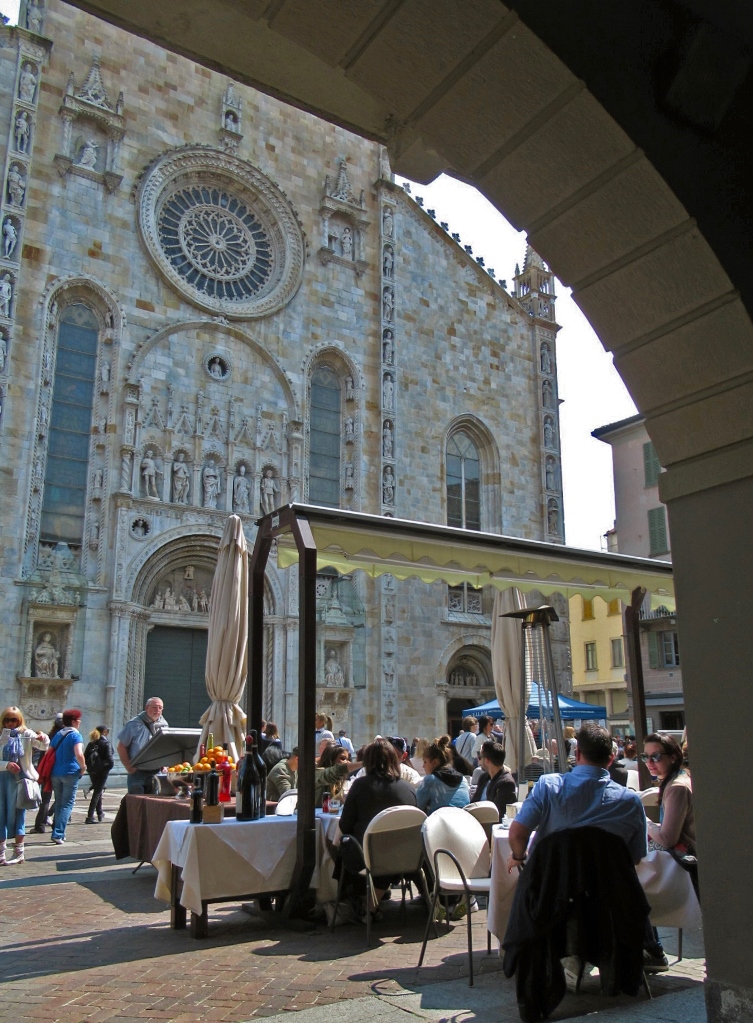 |
|
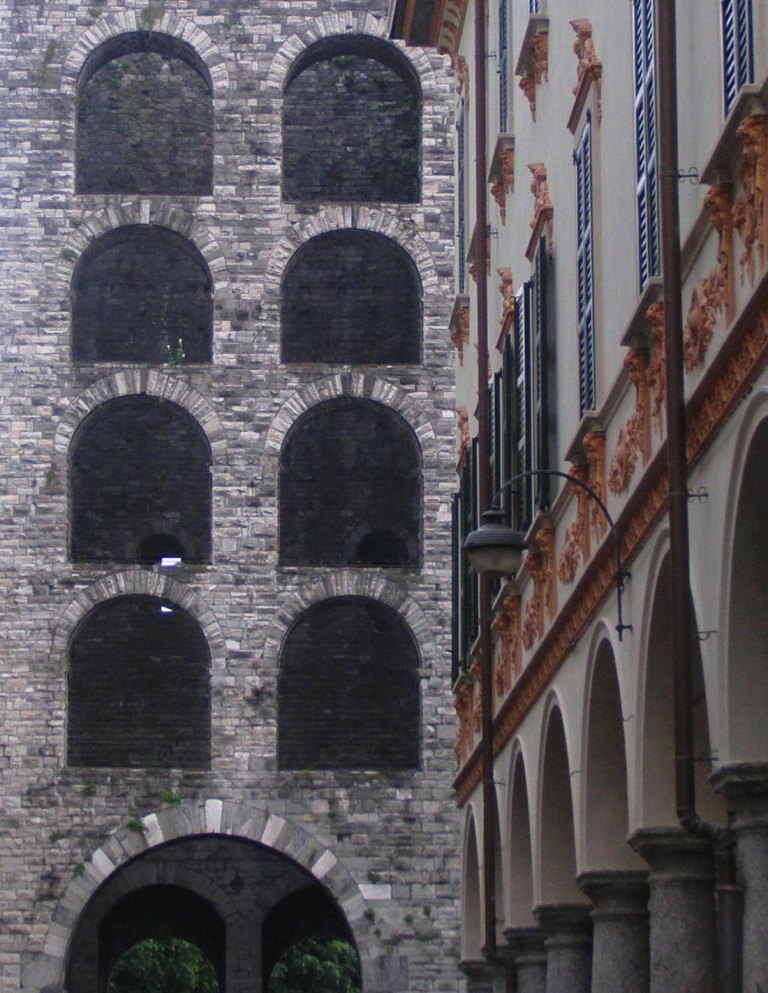
 |
|
|
The tower of Porta Vittoria (XII), a bastion erected by Barbarossa at the time of the wars against Milan. | |
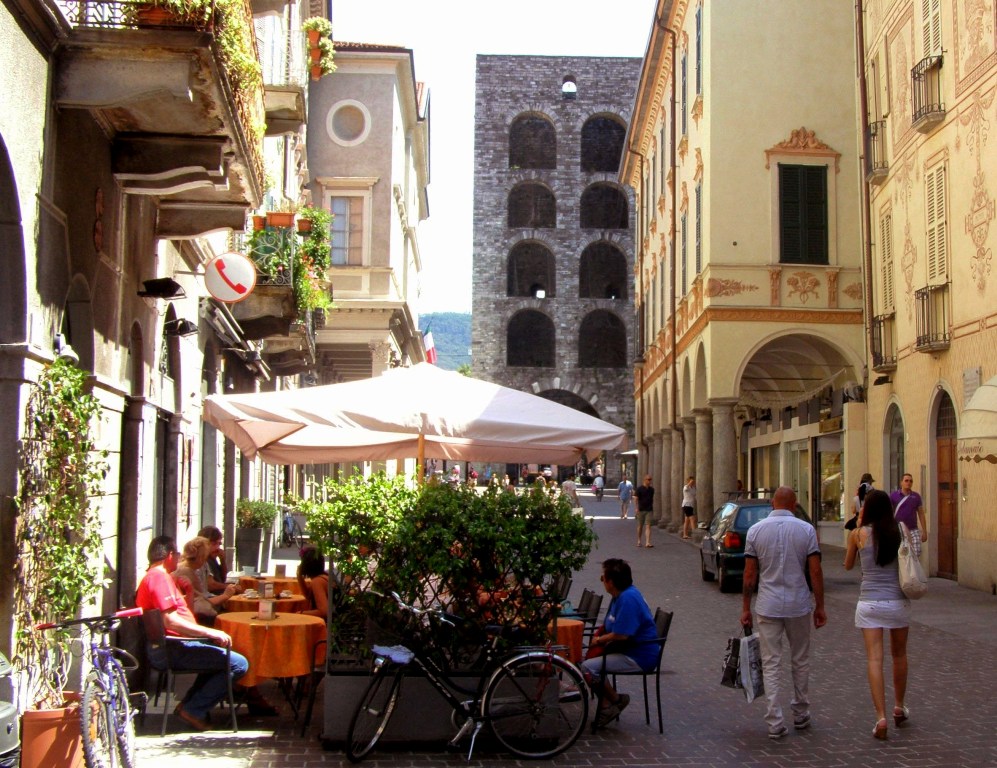
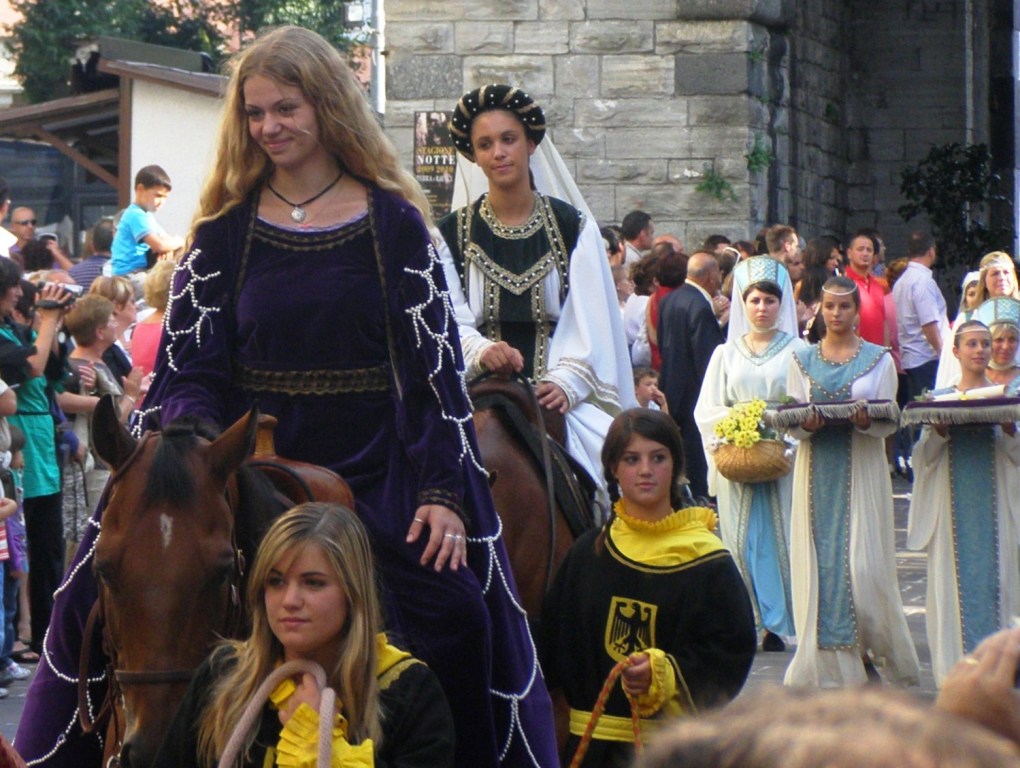 |
|
|
Via Cesare Cantù with Porta Torre in the background. The medieval festival Palio del Baradello takes place in September every year. | |
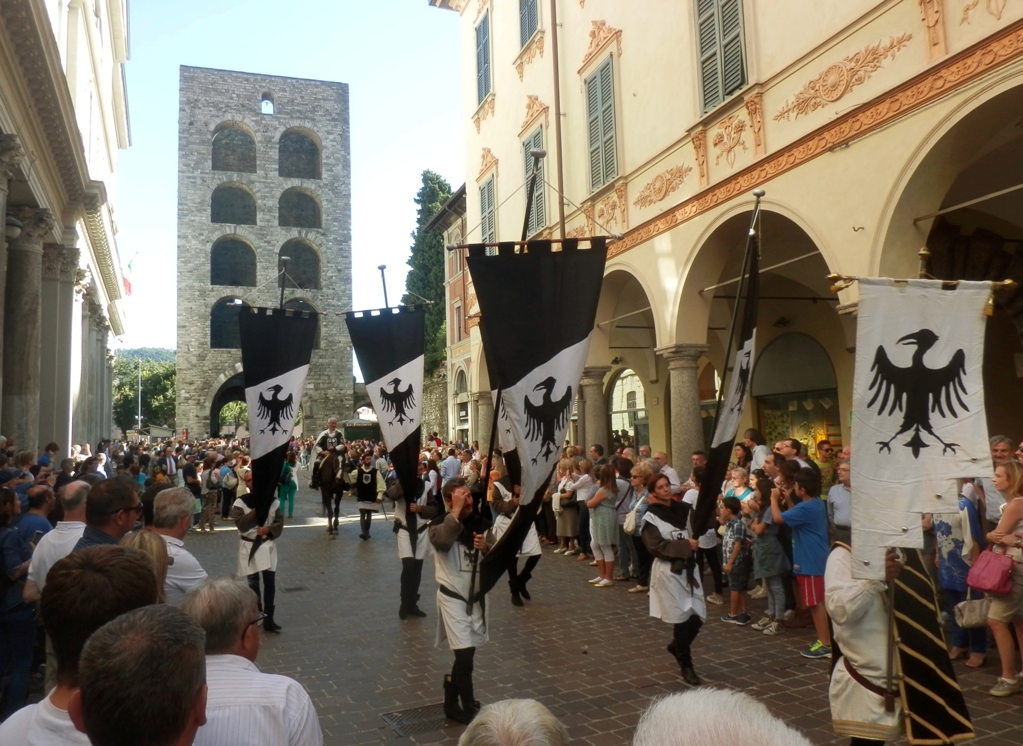
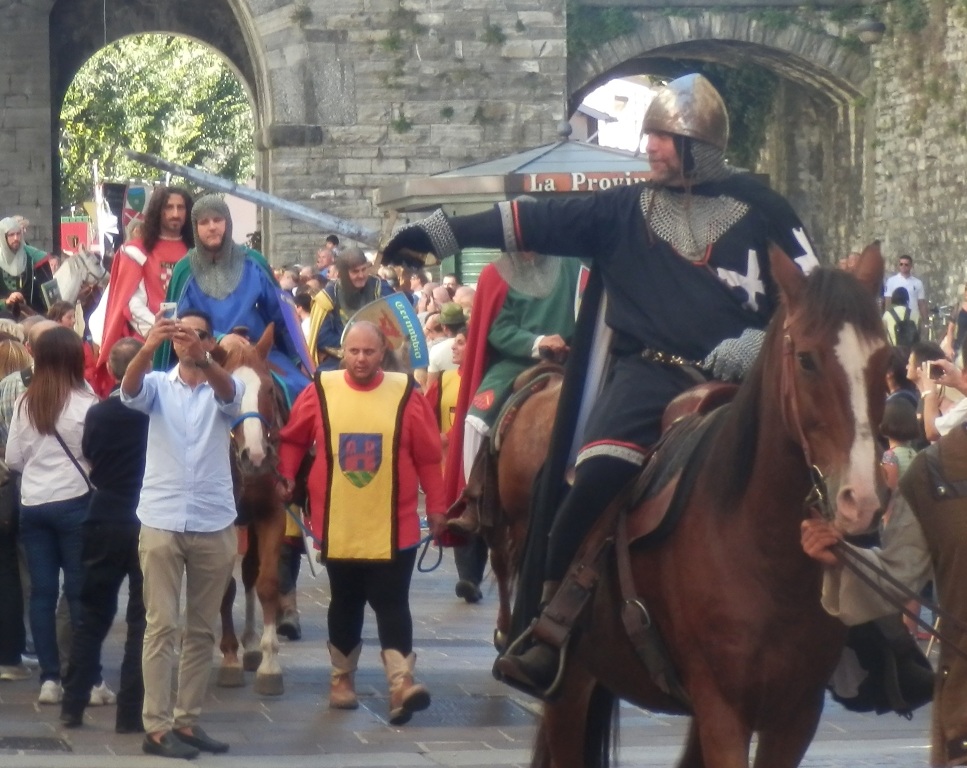 |
|
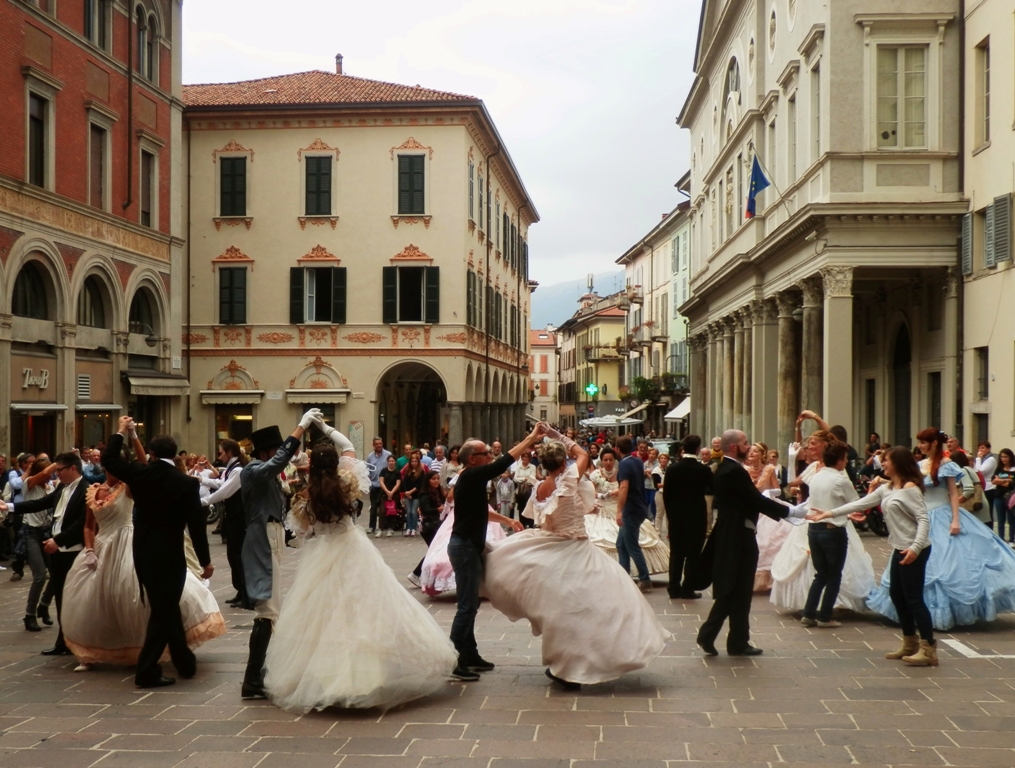
|
|
|
Every year, figurants dressed up in 19th century costumes come from all over Italy. | |
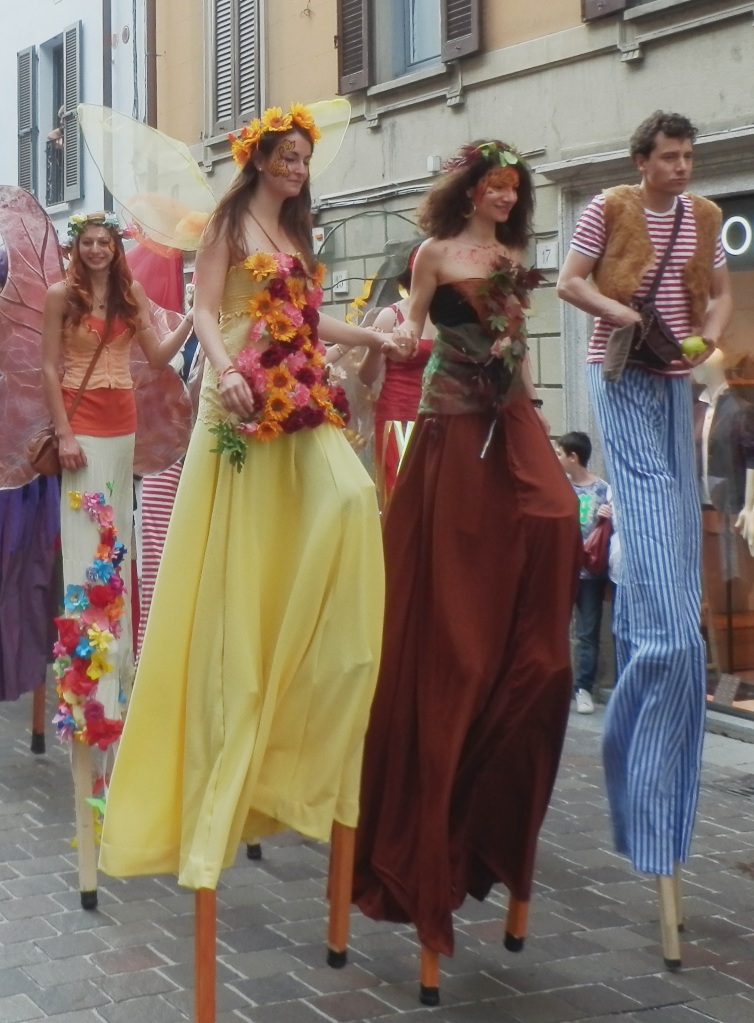
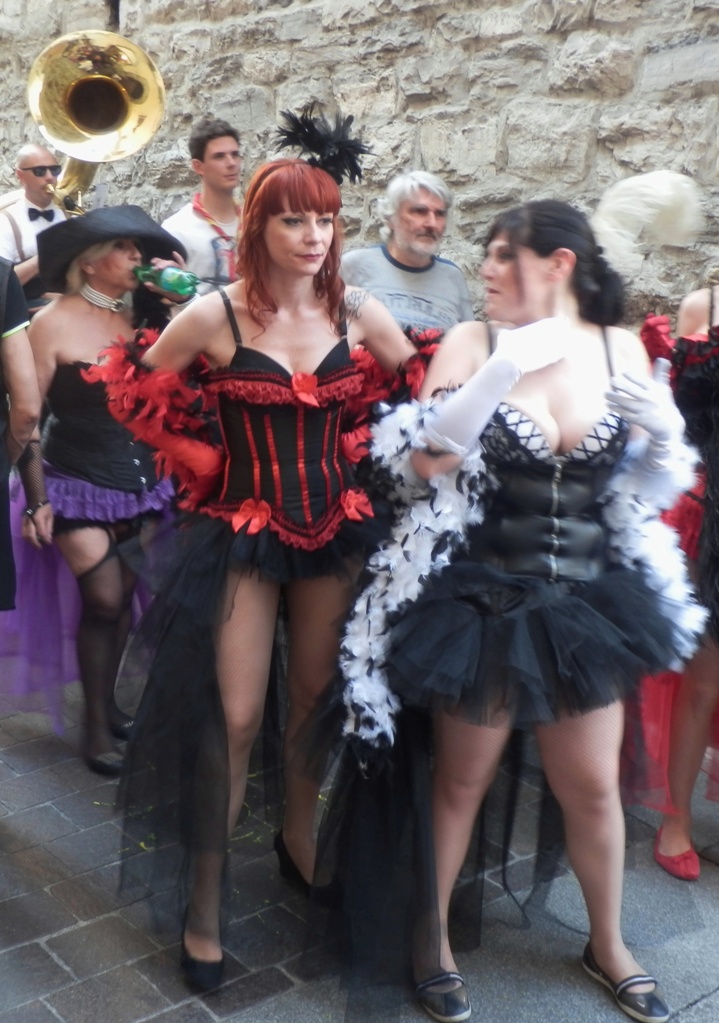
|
|
| |
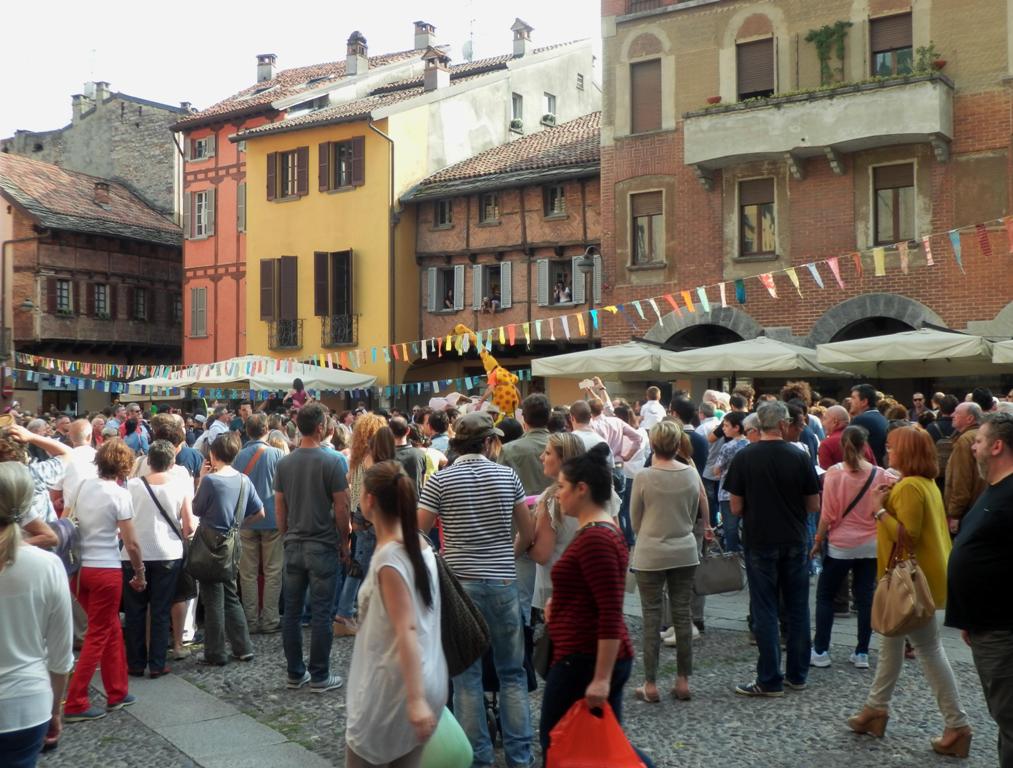
|
|
|
Piazza S.Fedele, heart of the old town. | |
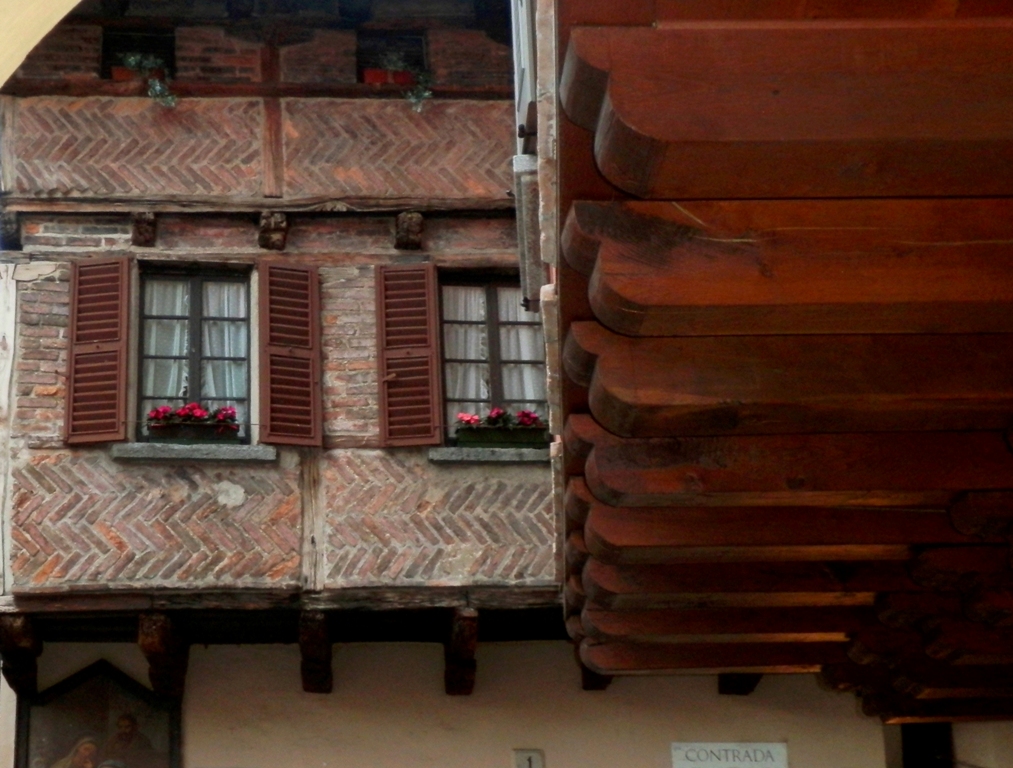
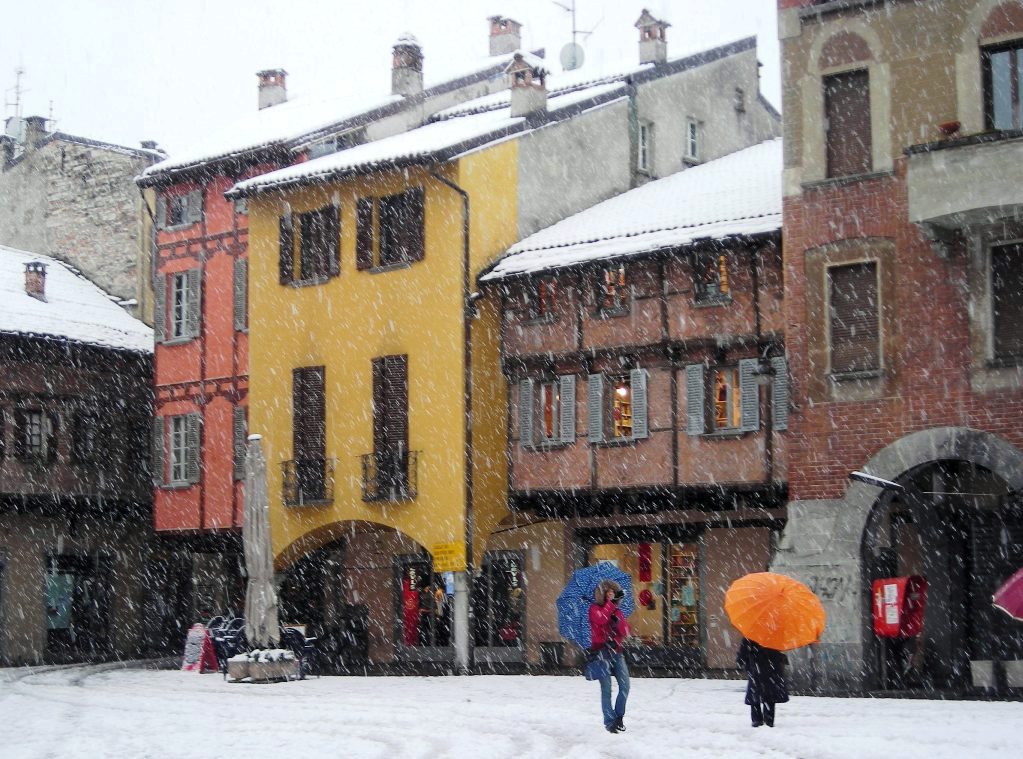 |
|
|
Ancient fifteenth-century buildings overlooking Piazza S.Fedele. | |
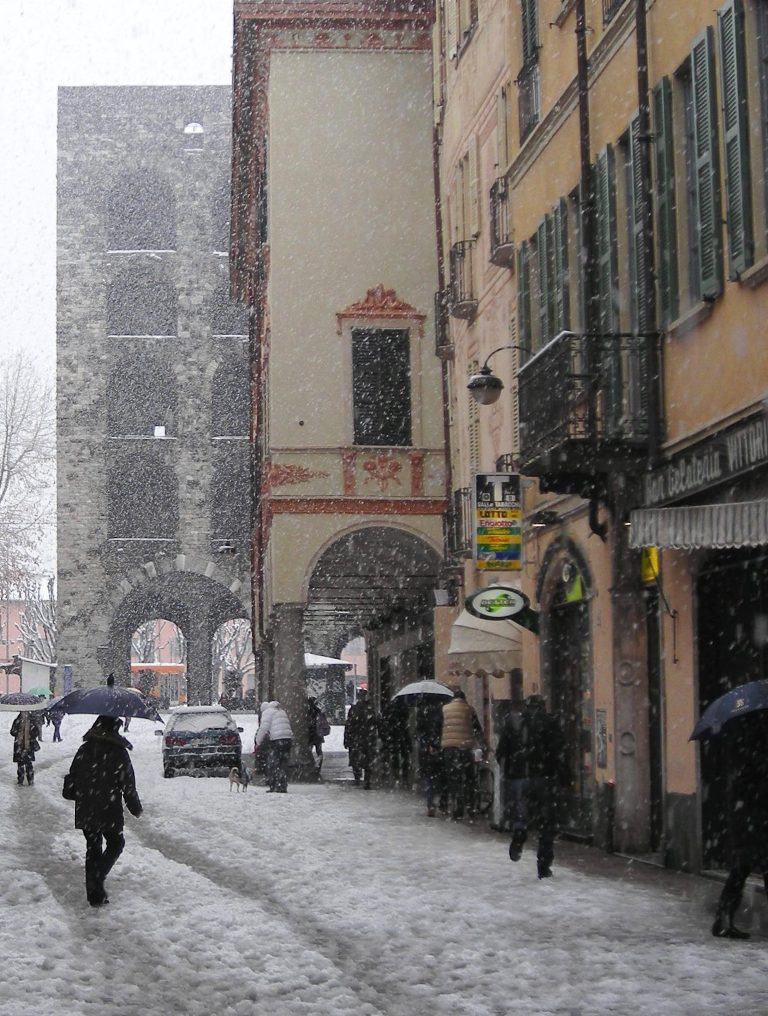
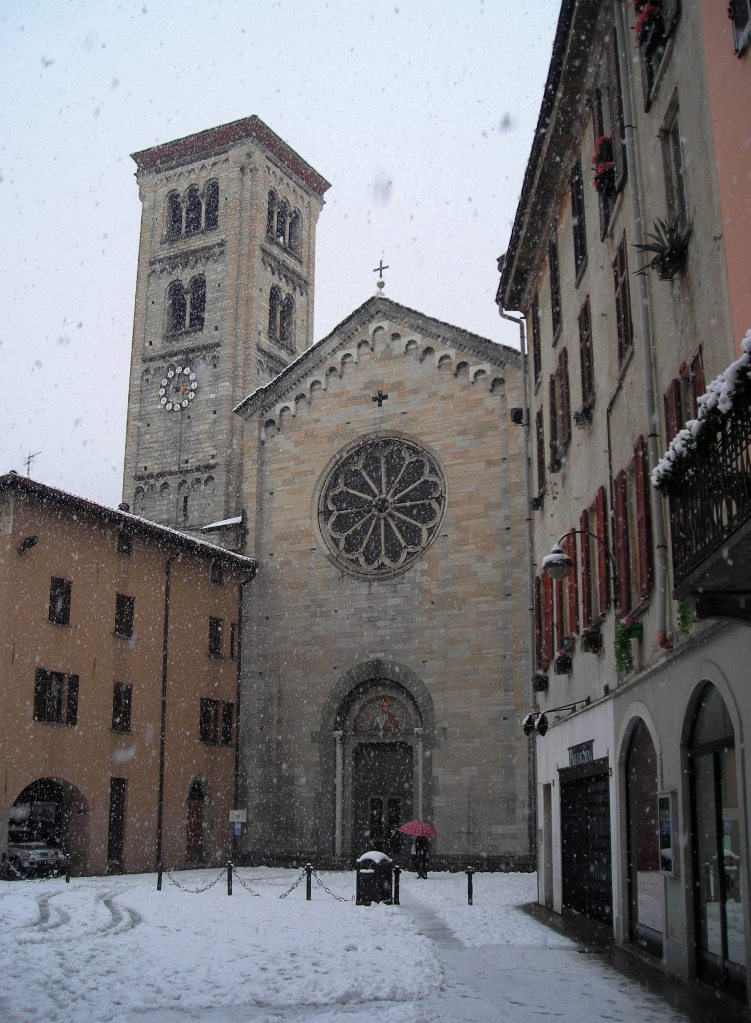 |
|
|
The church of S.Fedele, 10th century (right). Via Cesare Cantu with Porta Torre in the background. | |
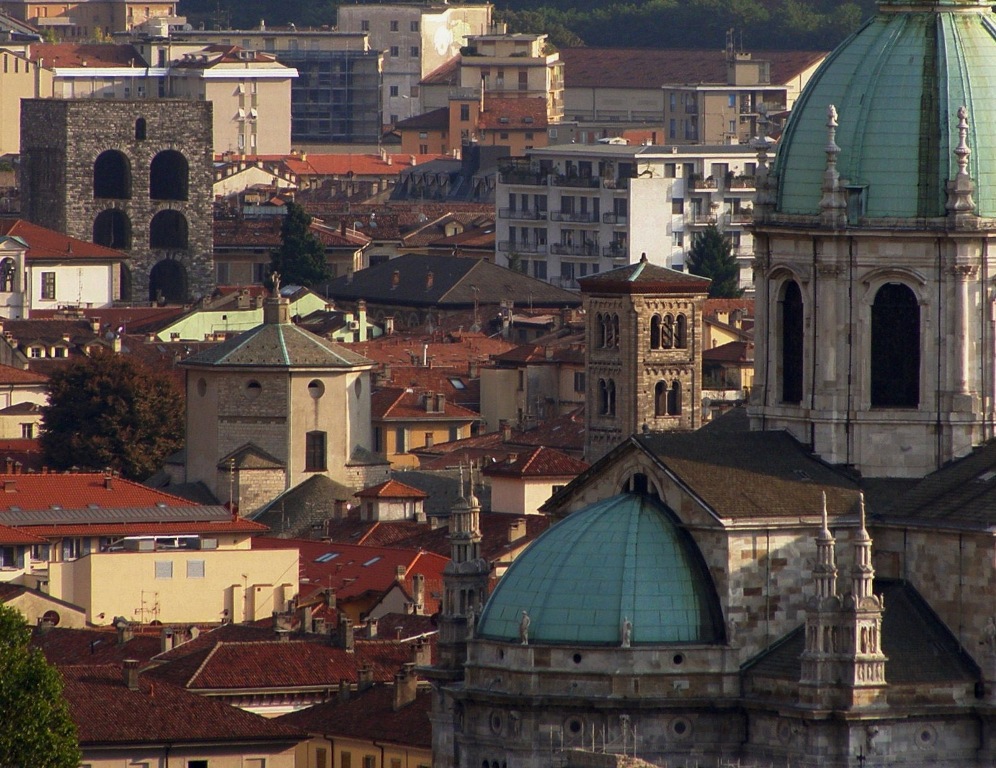
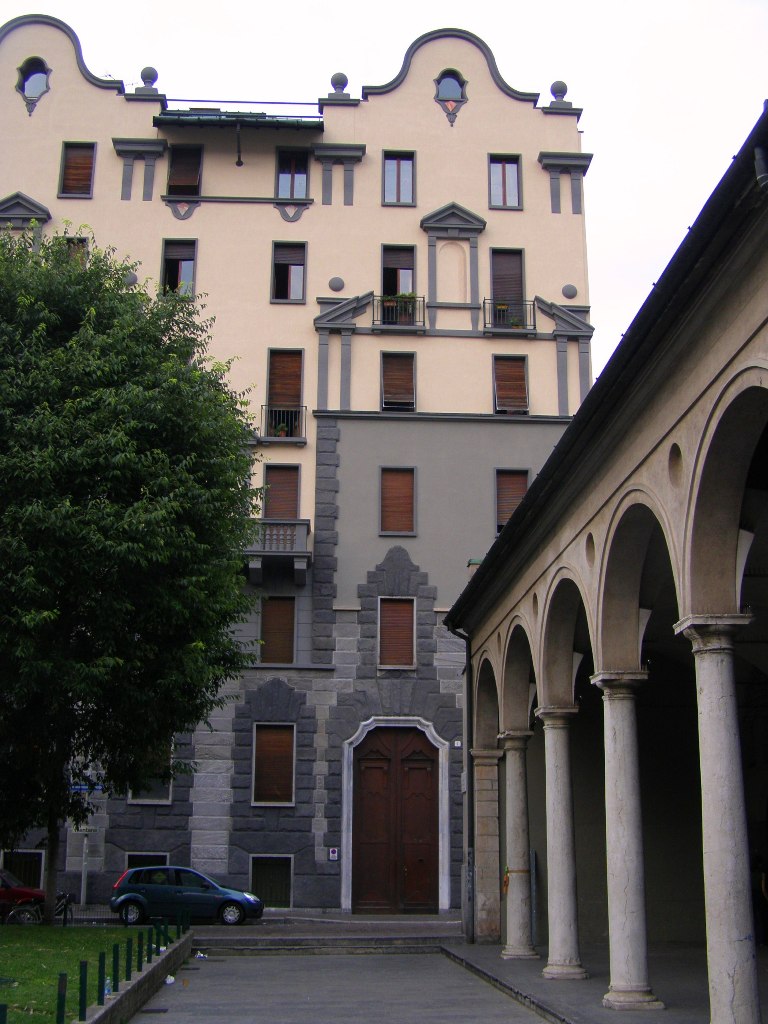
|
|
|
Left: aerial view of the old town center. Right: view of Viale Cesare Battisti. | |
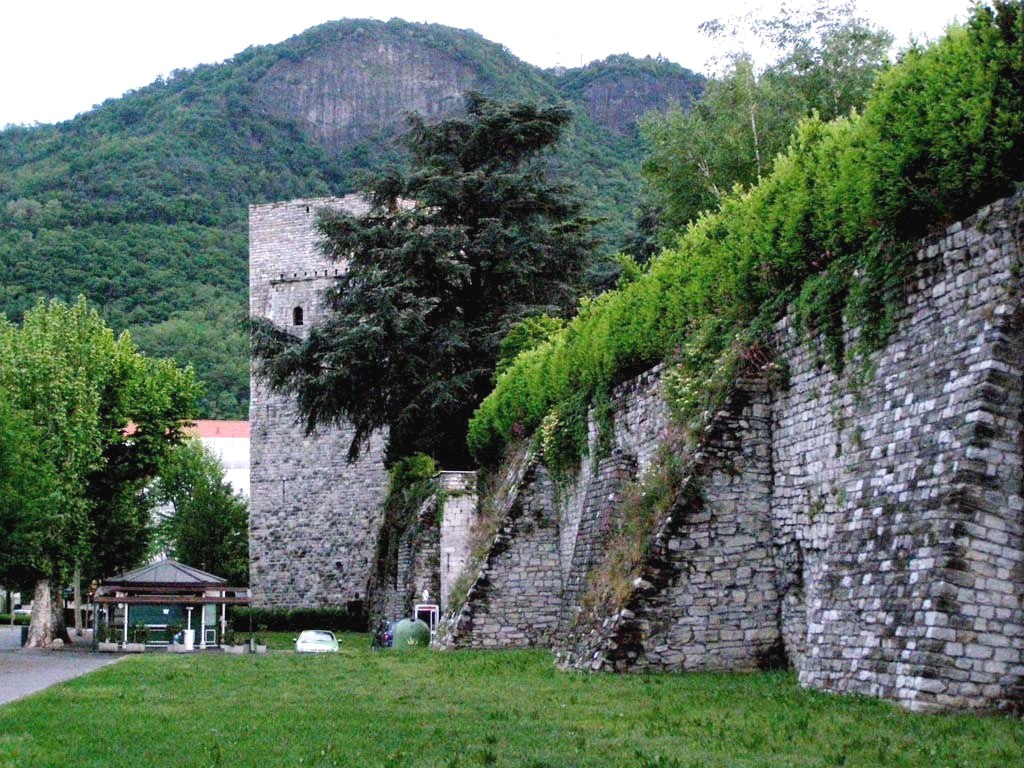
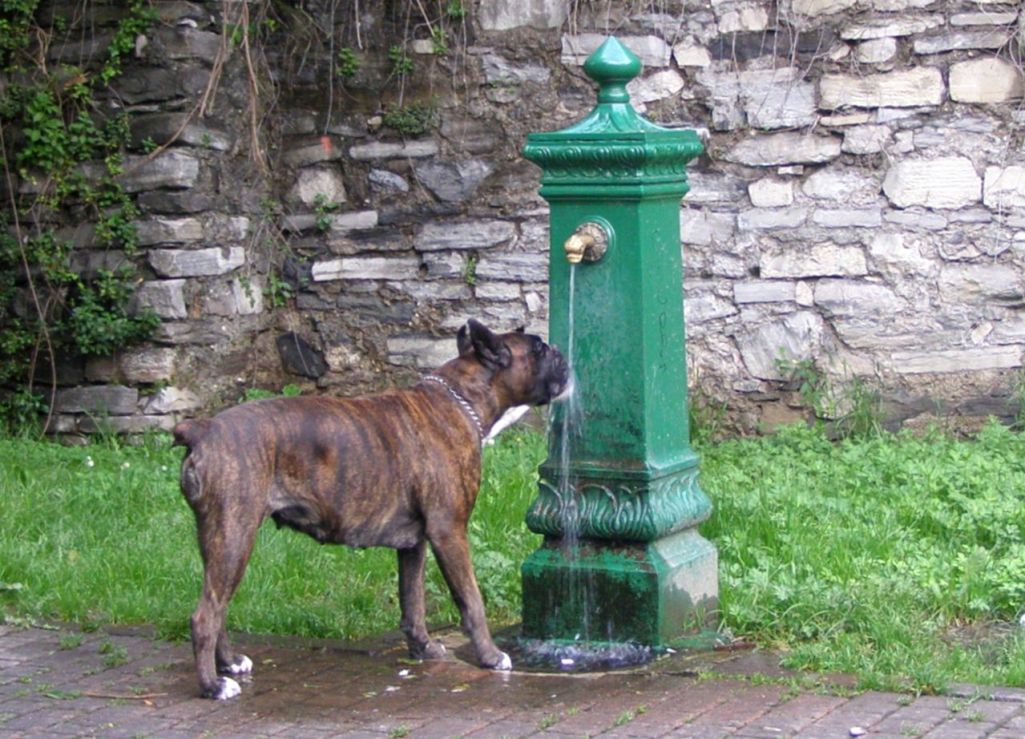 |
|
|
The walls that encircle the primitive Roman castrum. In 1768, Giulio Cesare Gattoni collocated the first Italian lightning rod on top of the Gattoni Tower. A little break during the visit… | |
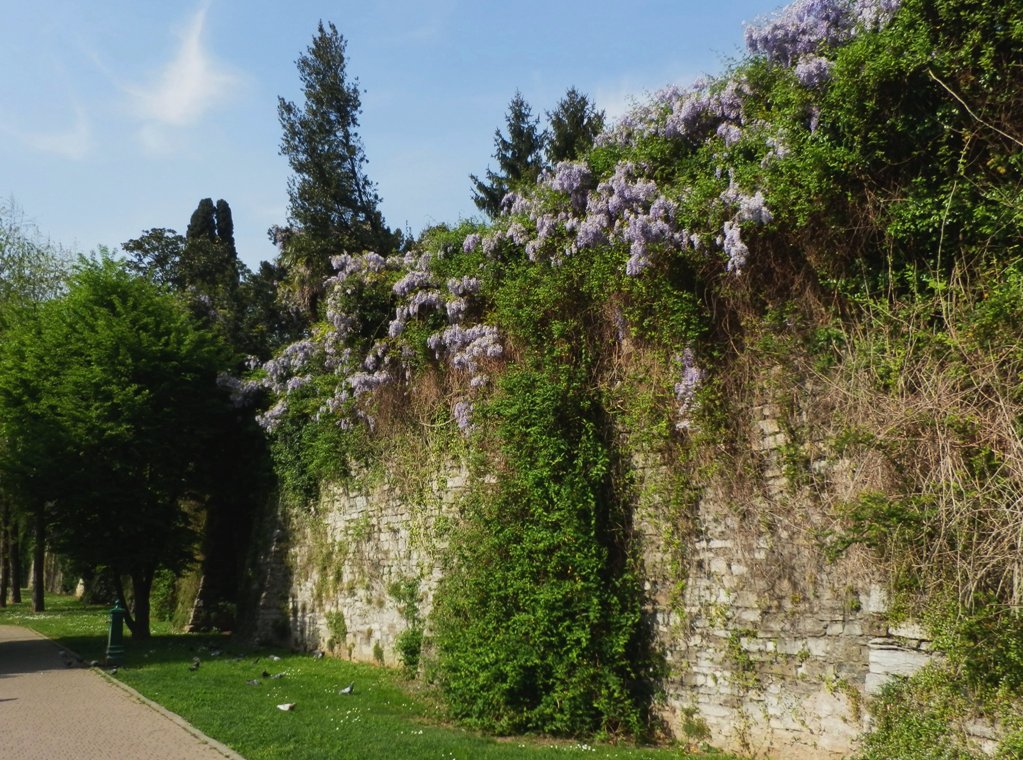 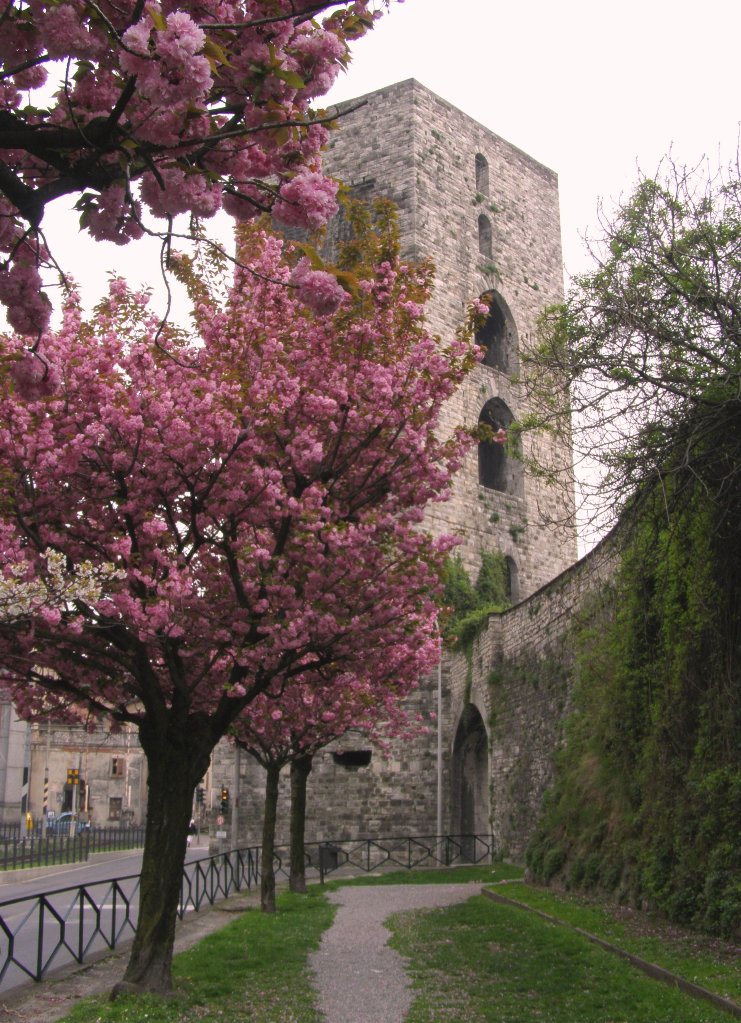 |
|
|
Wisteria in bloom. Torre S.Vitale in springtime. | |
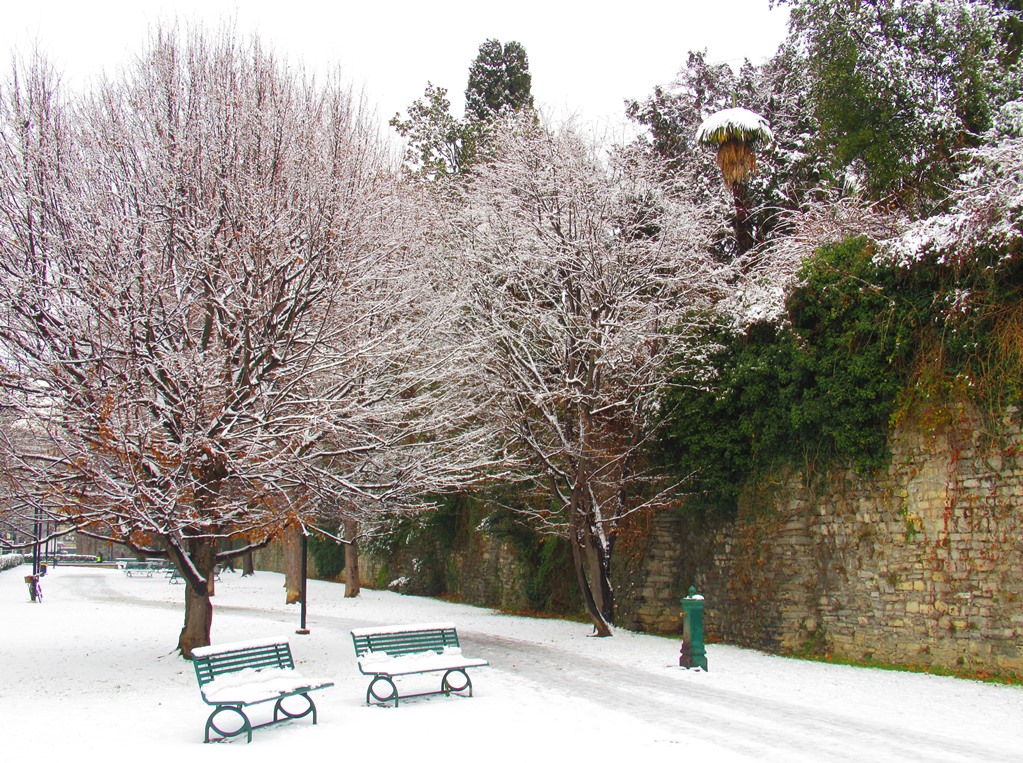 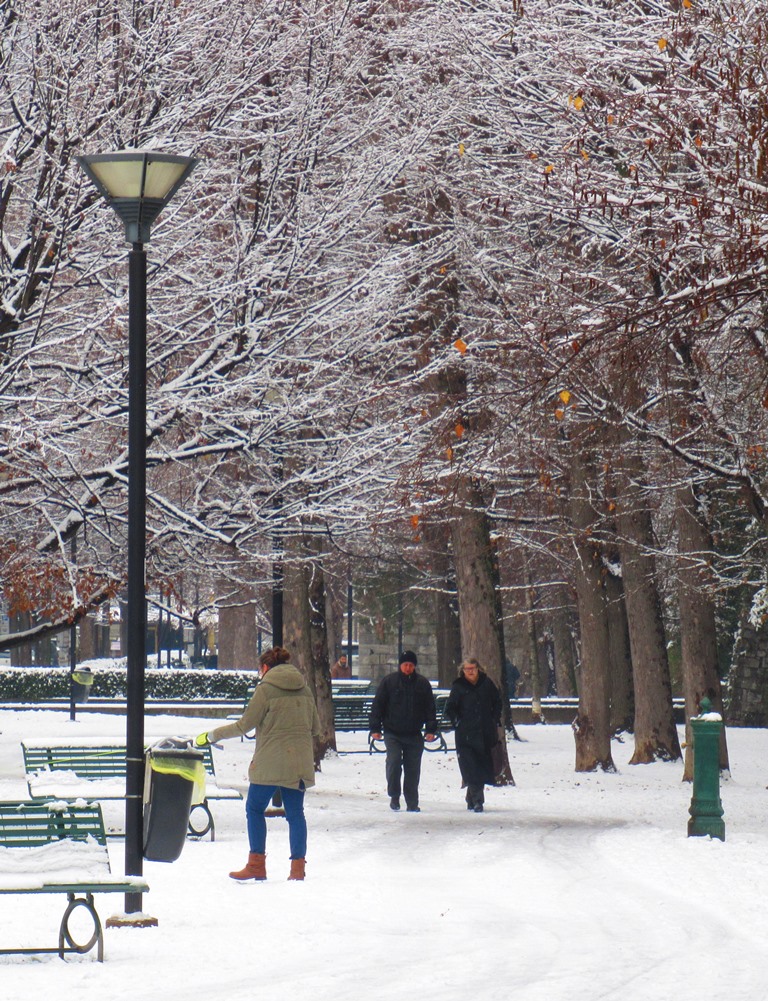 |
|
Magical snowfall along the walls. | |
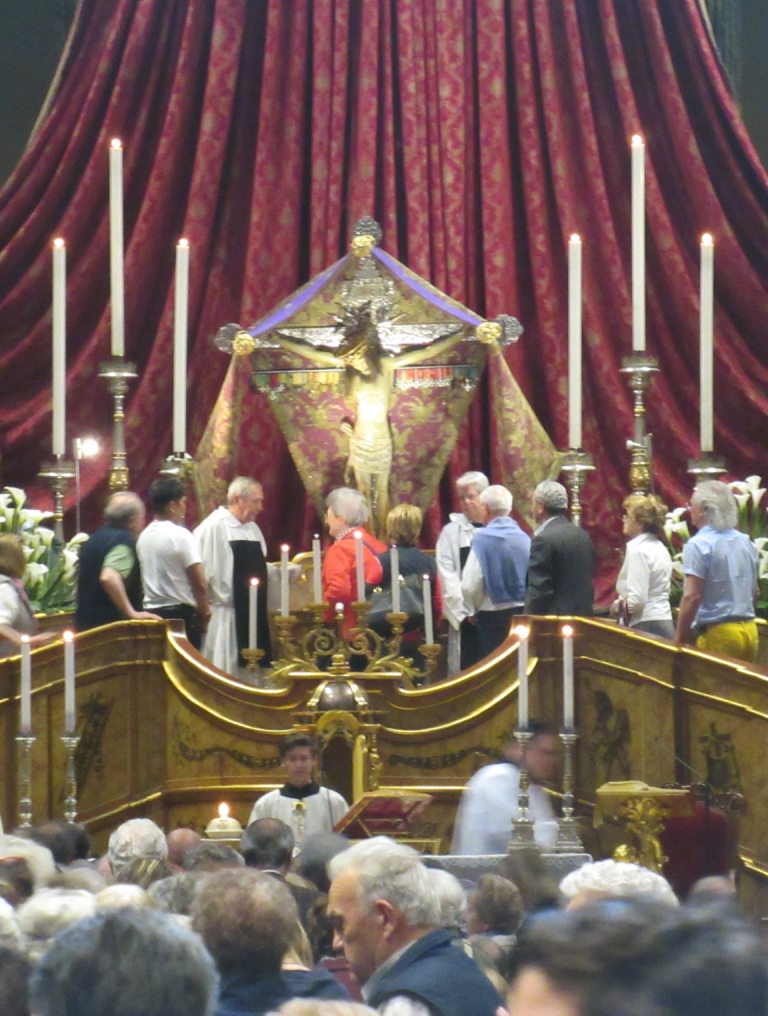
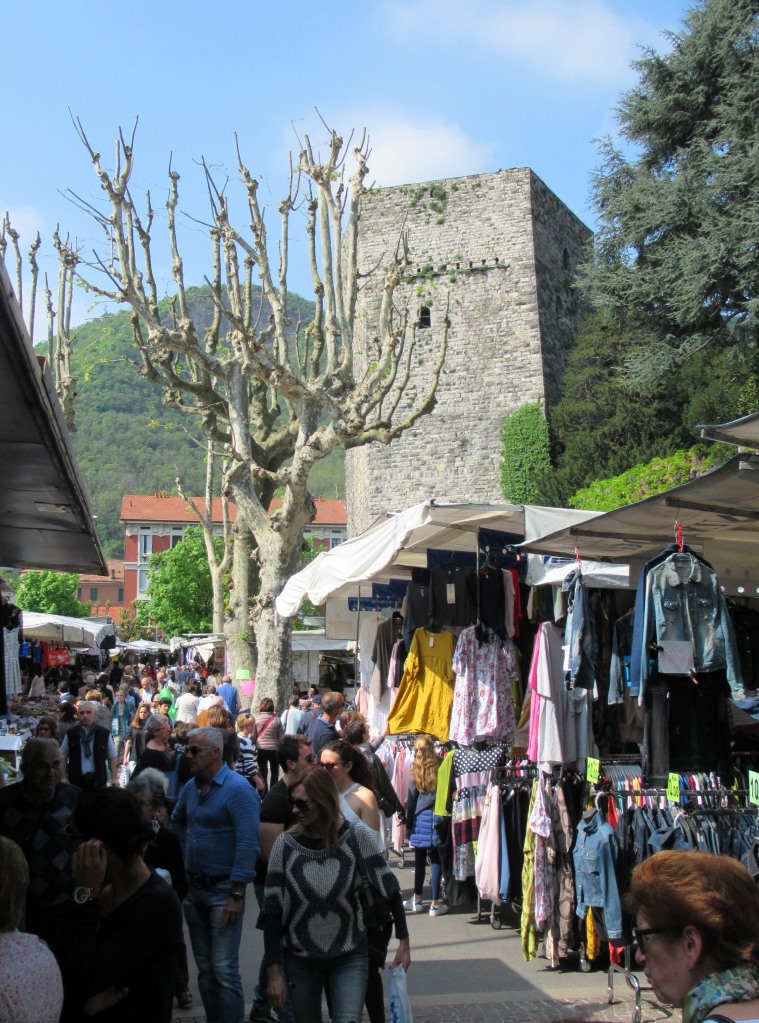
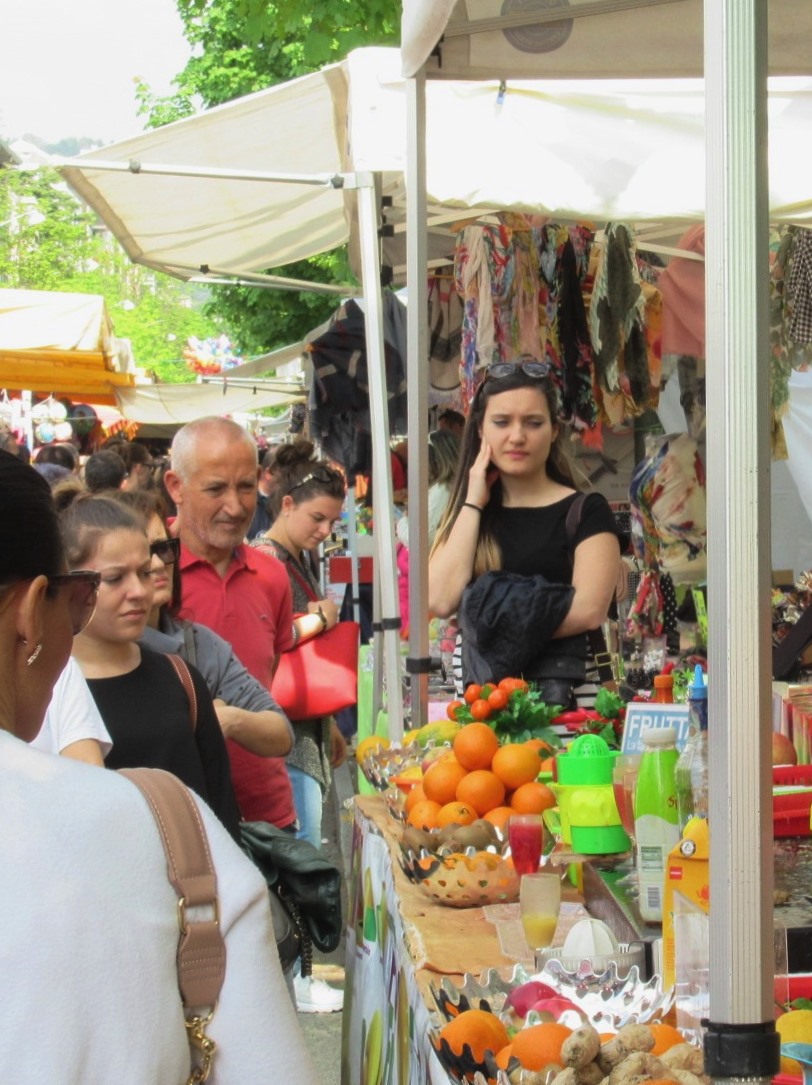 |
|
During the Holy Week, two traditional events are held here in Como: the kissing of the Crucifix located inside the church known as Chiesa del Crocifisso (or S. Pietro) and the Easter Fair, which takes place next to the church. | |
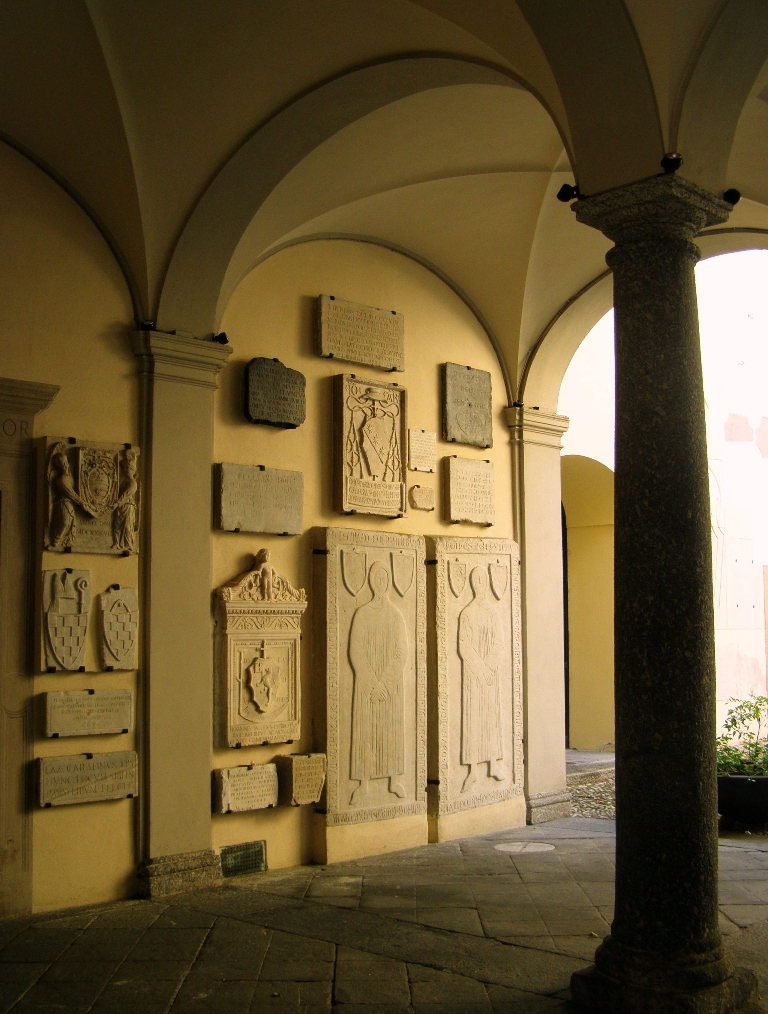
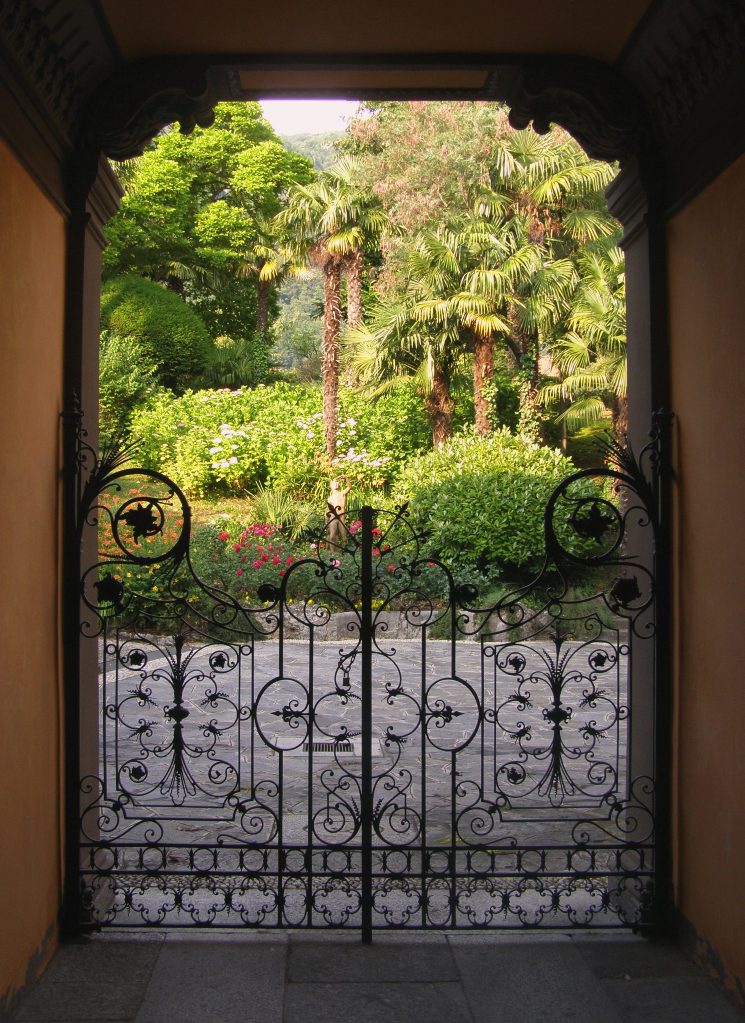
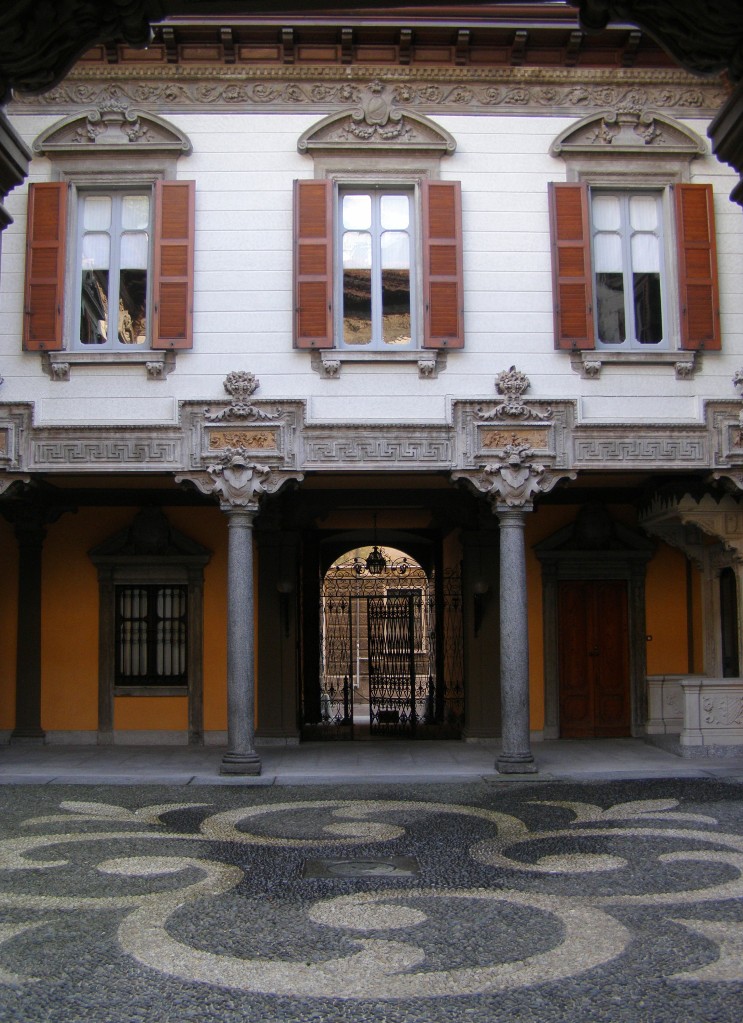 |
|
The Civic Museum Giovio and the other internal courtyards. | |

|
|
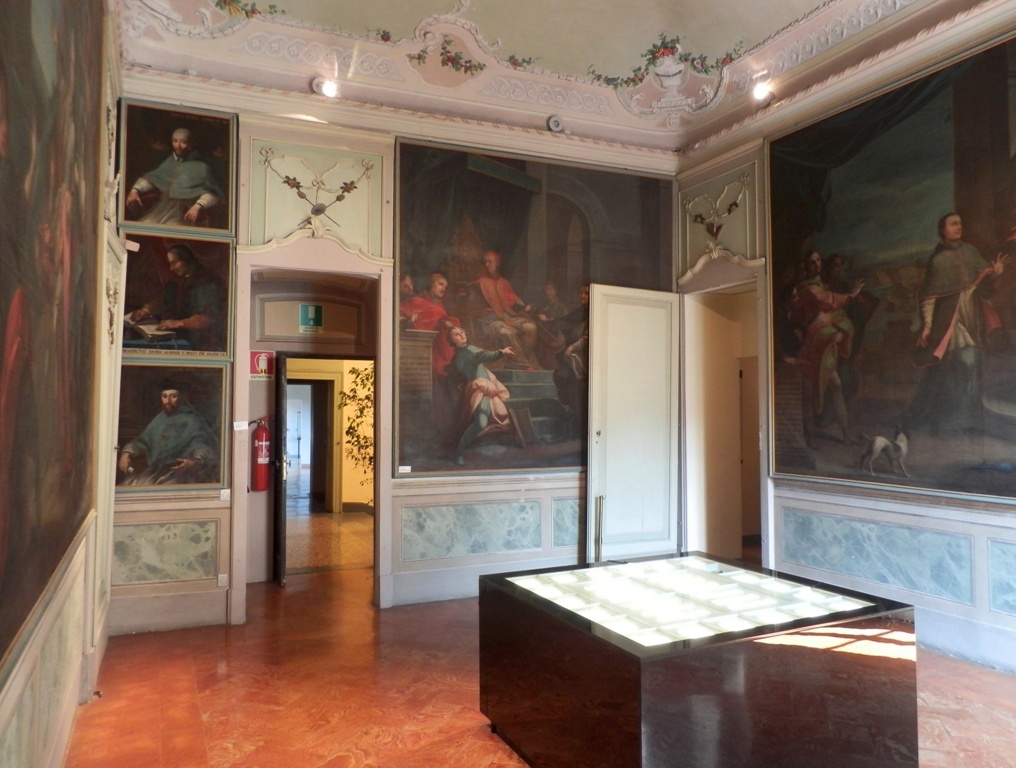
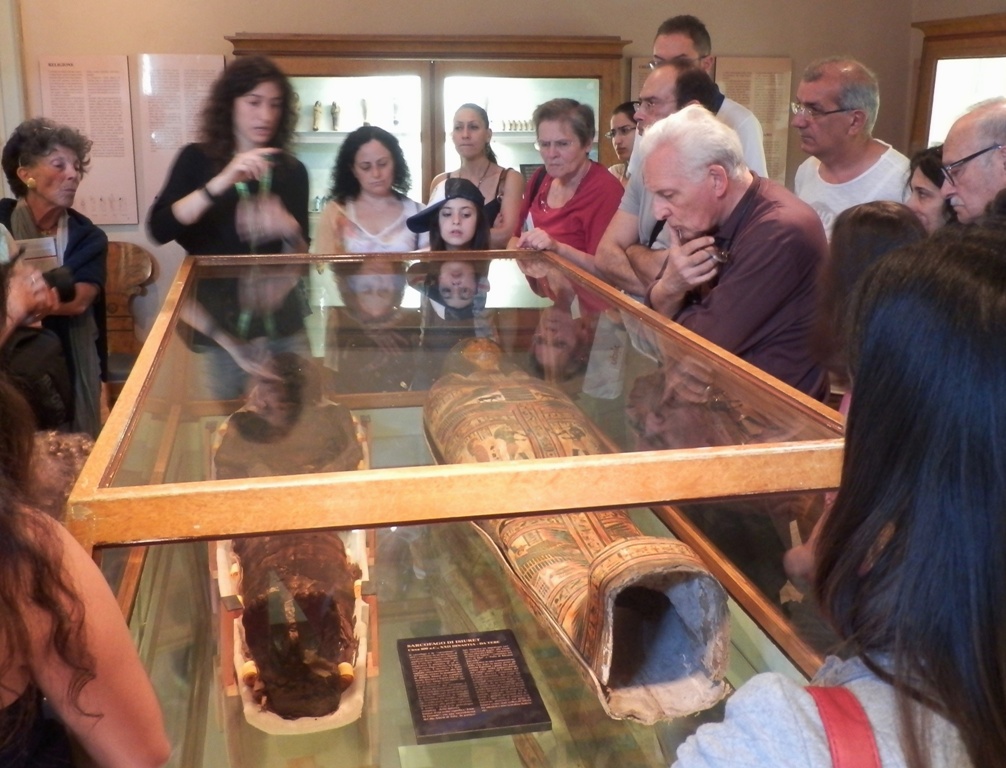 |
|
|
The Civic Museums include: The Archaeological Museum Giovio, which displays various artifacts dating back to prehistoric times as well as archaeological evidence for the earliest occupation of the Larian territory, up to Roman times; the Historical Museum (dedicated to the Risorgimento Period and Contemporary History); the art gallery, hosted in Palazzo Volpi, featuring paintings dating between the 16th and 19th centuries. The Egyptian section of the Giovio Musuem displays over 1000 artifacts, including the mummy of Isiuret, a young Priestess of the god Amun (900 B.C). The mummy was acquired by Alfonso Garovaglio - researcher and collector of ancient artifacts - in the emotional wake of Napoleon’s expeditions in Egypt. The relic is not always on display. | |
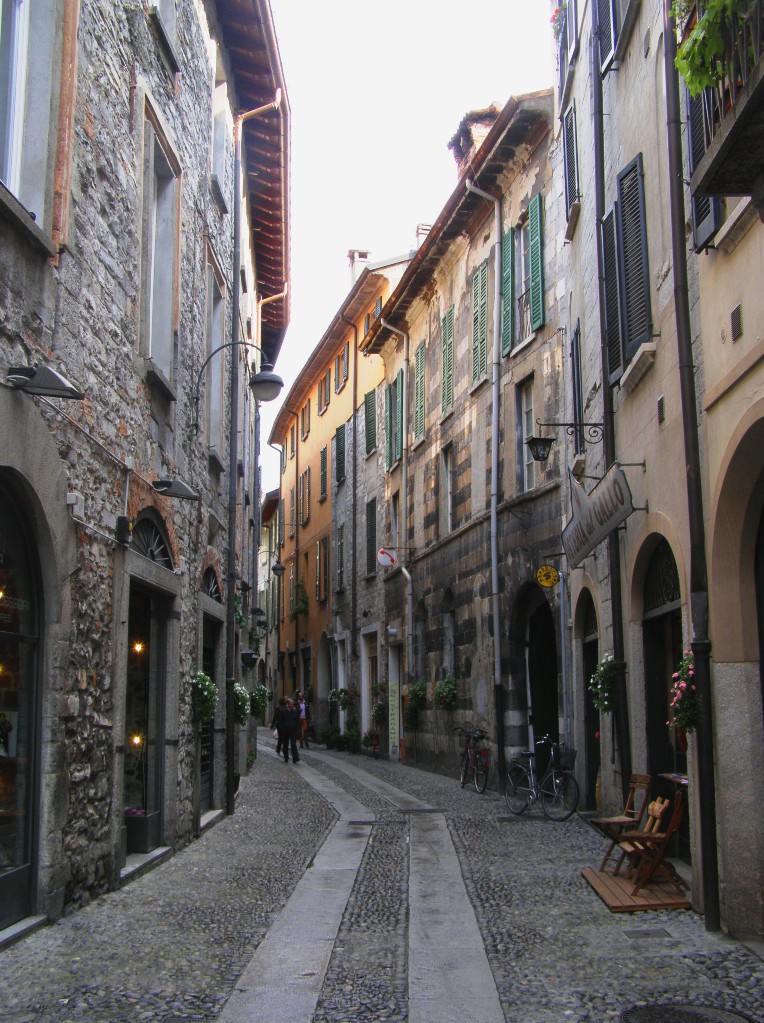
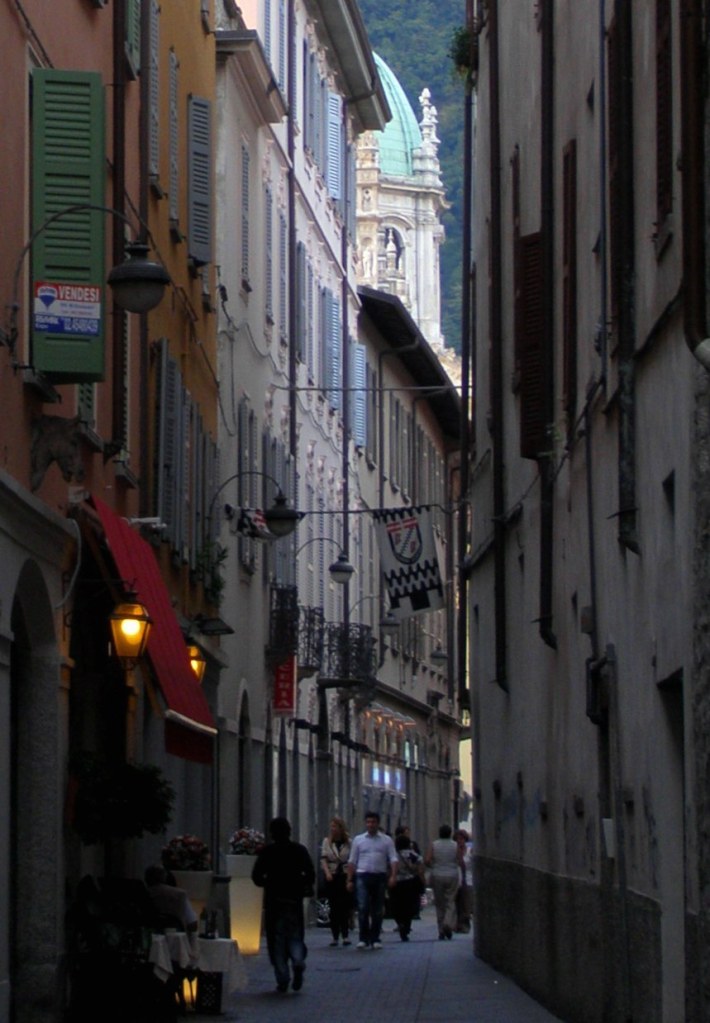 |
|
| |
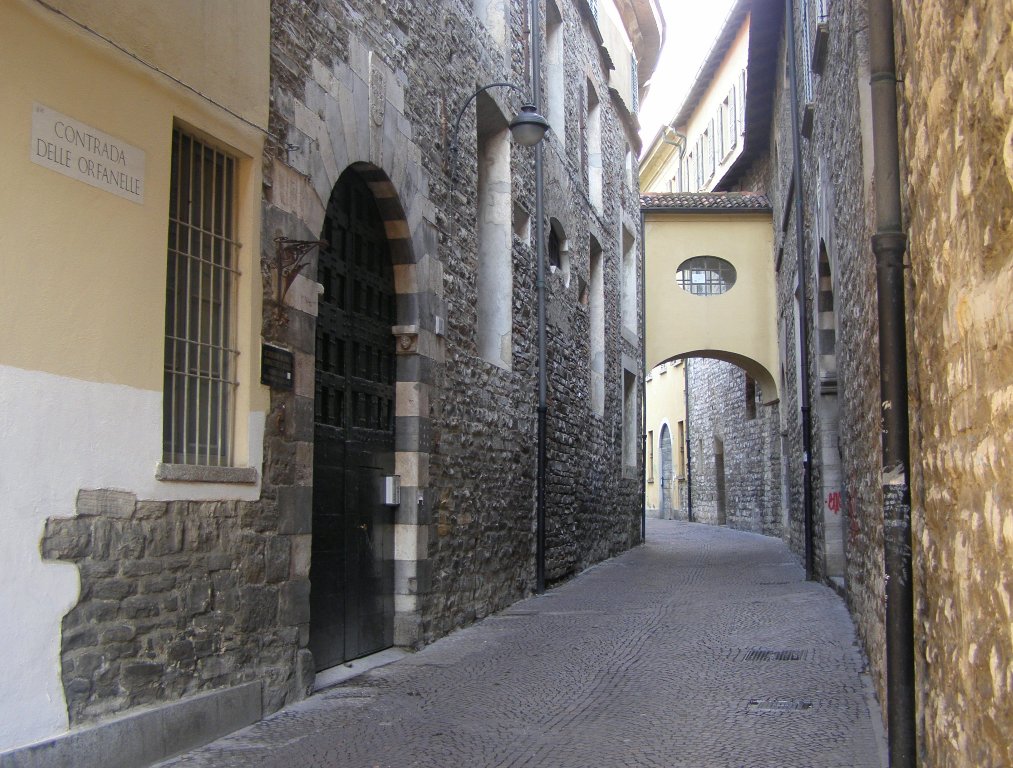
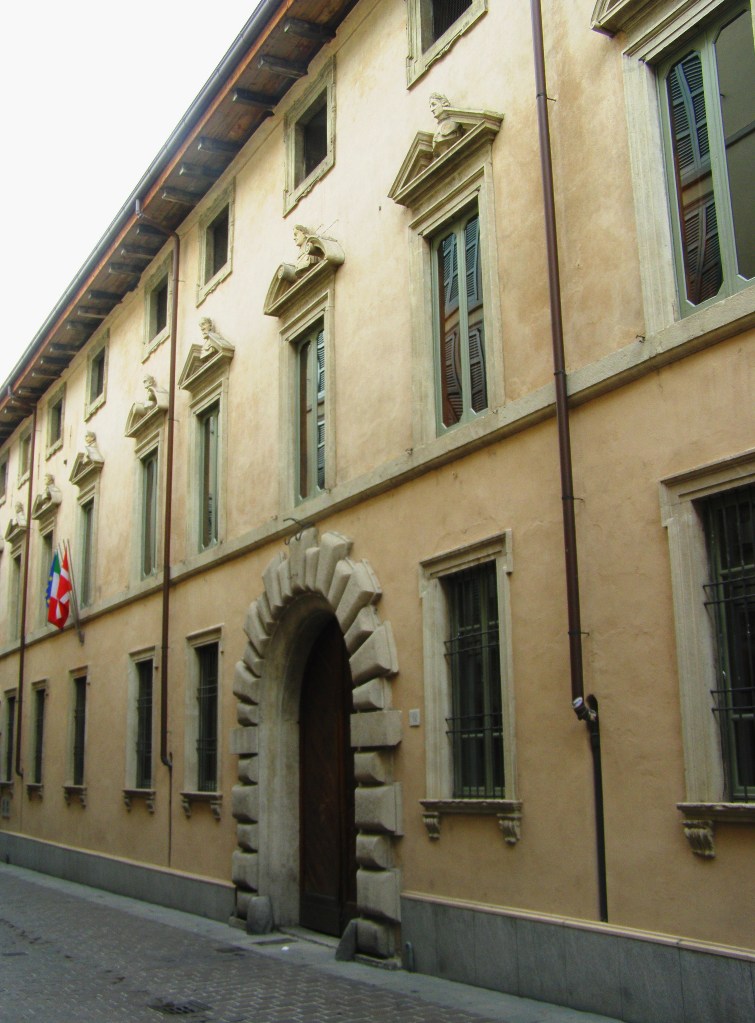
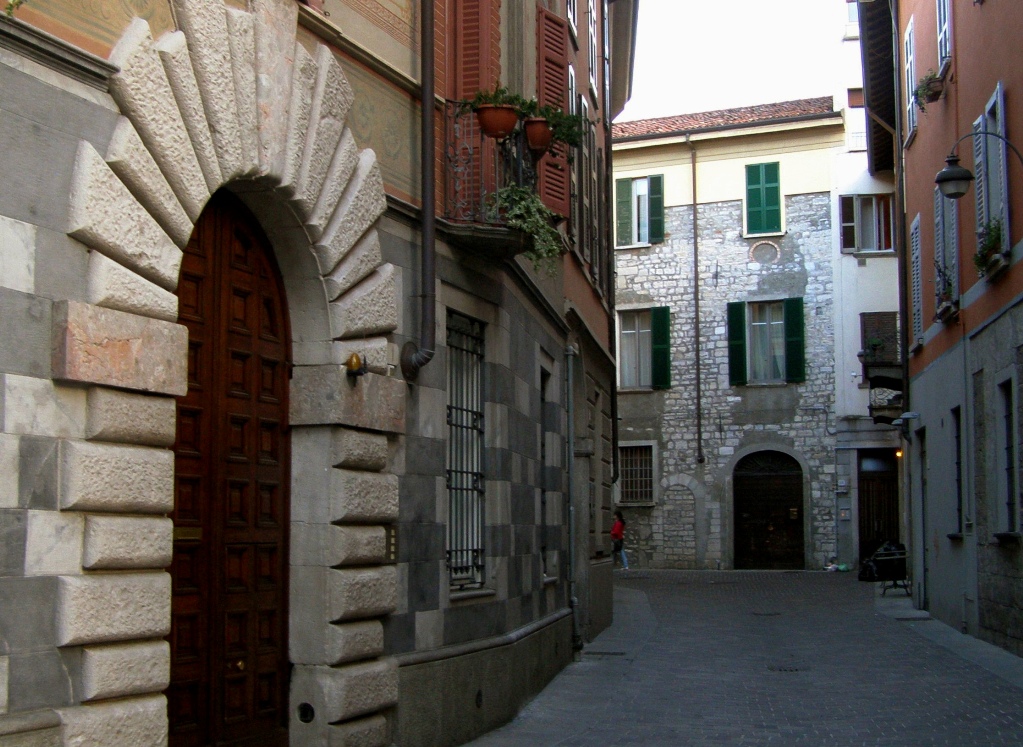 |
|
| |
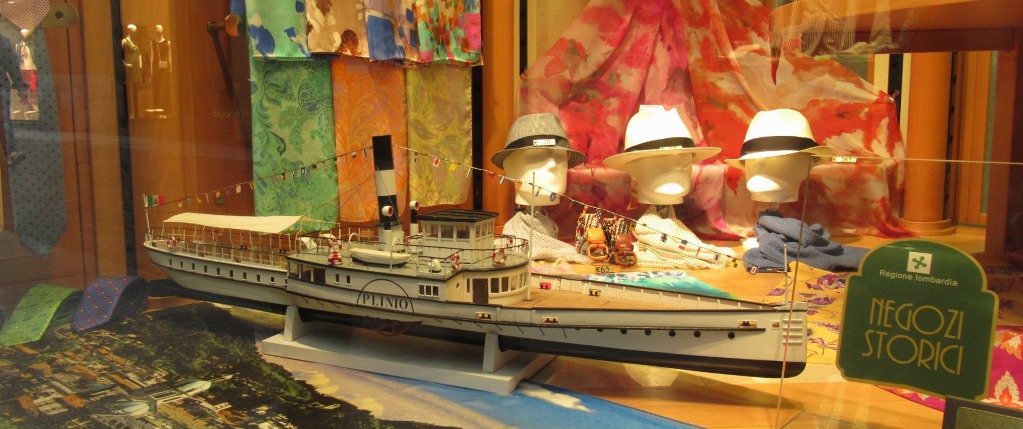
| |
|
Como, the city of silk: the historical shop located in Via Vittorio Emanuele. | |
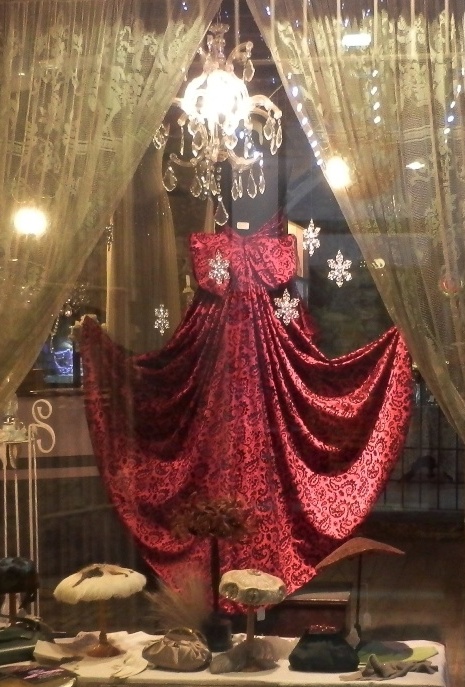
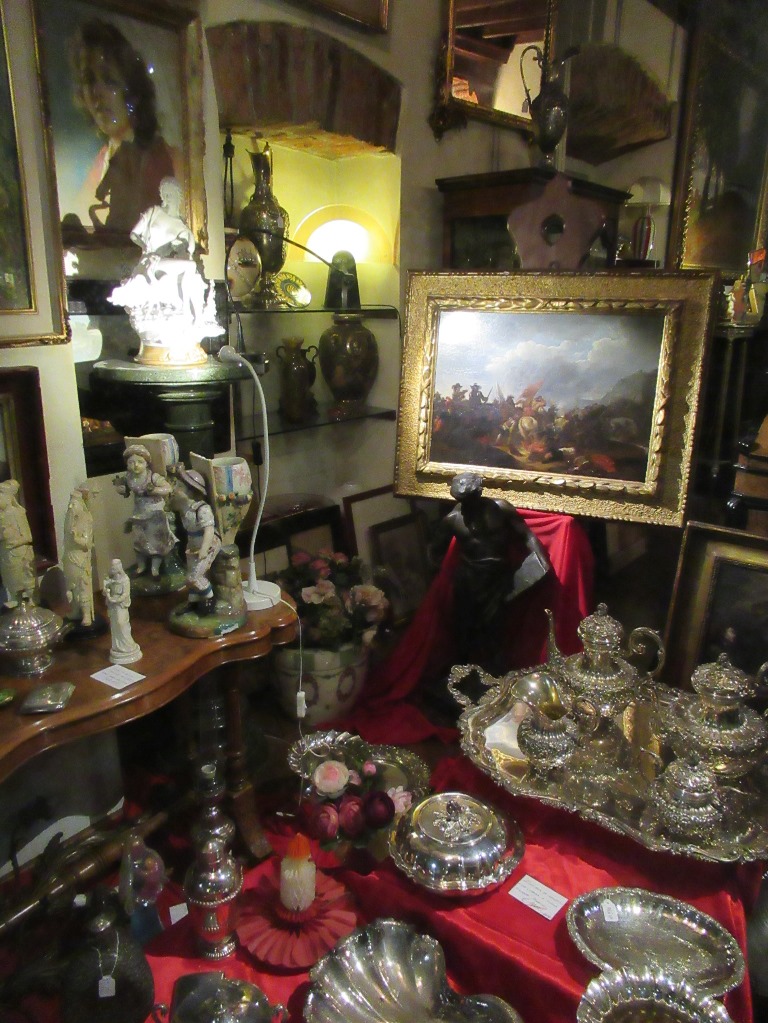
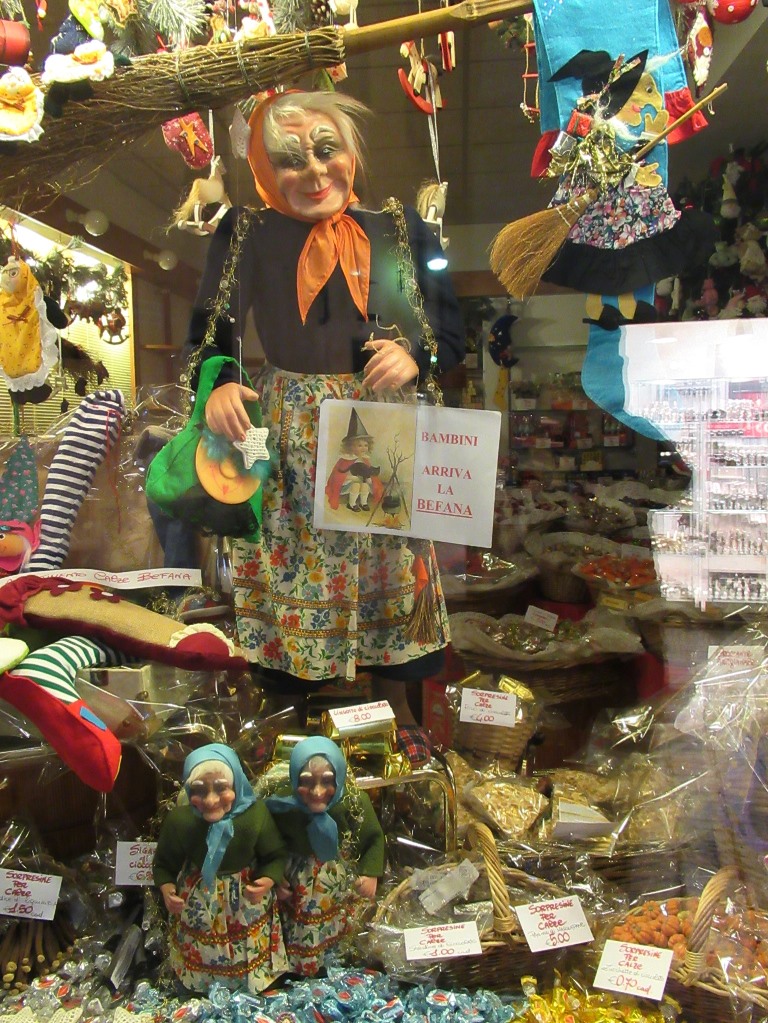 |
|
Shops in Via Vitani, Via Diaz, Via Luini. | |
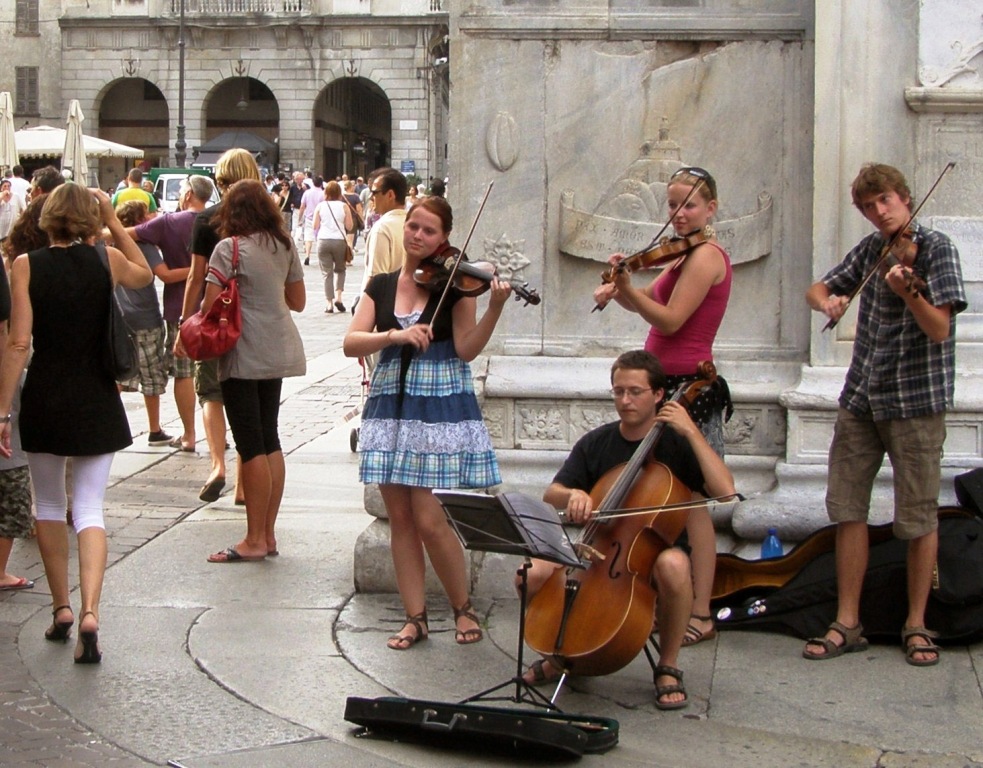

|
|
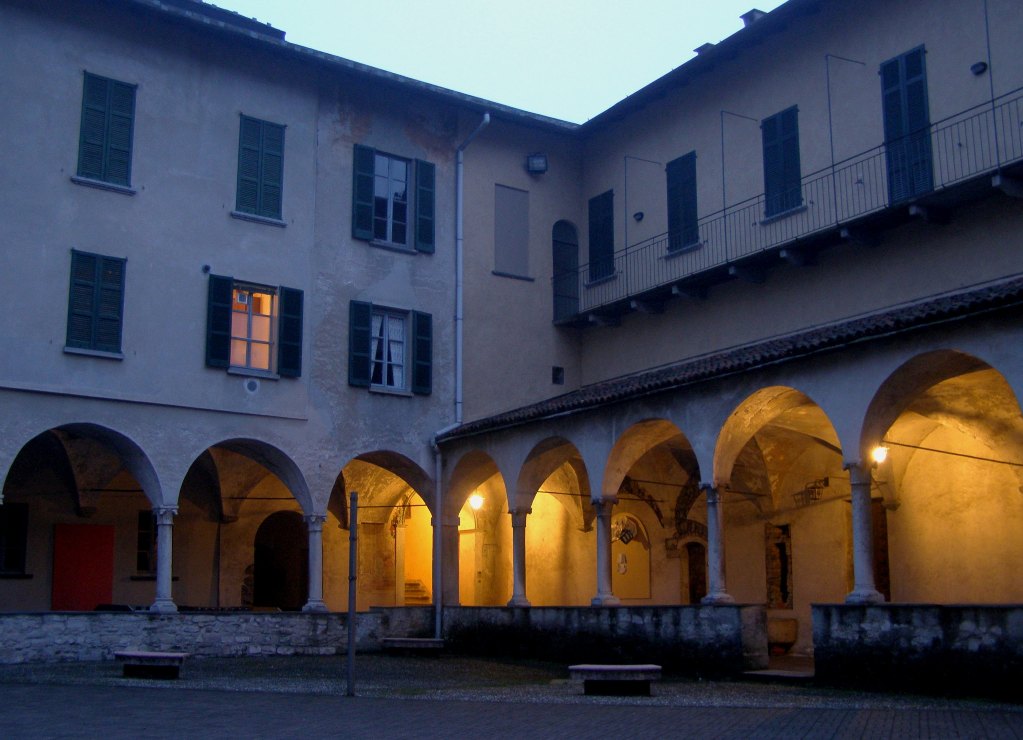
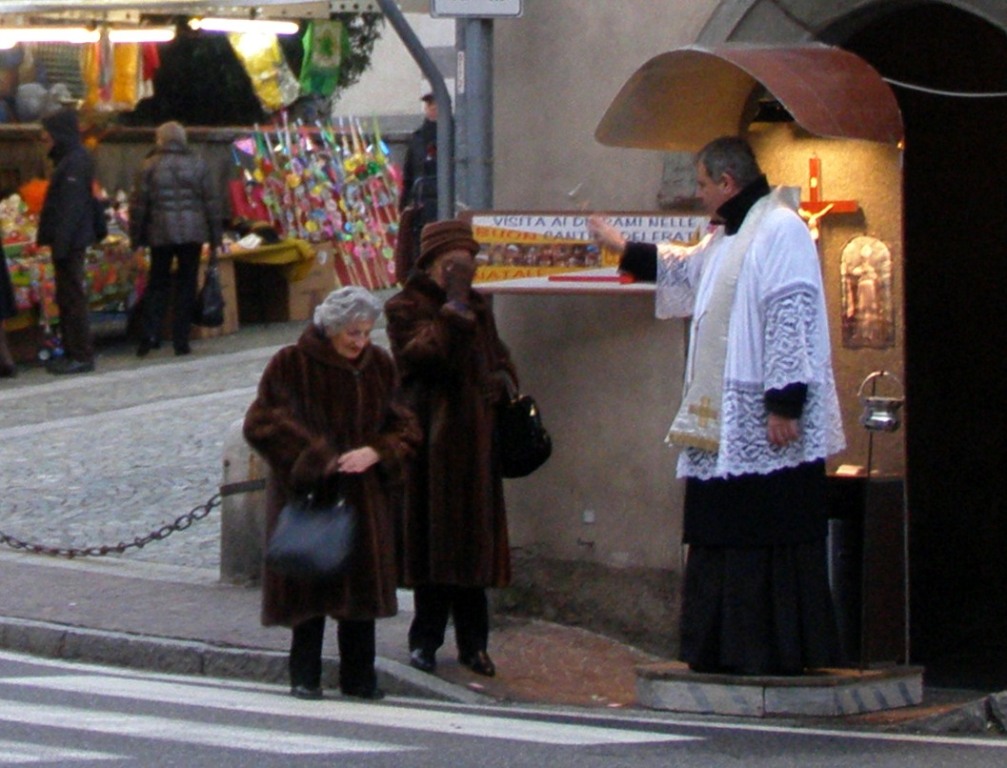 |
|
A few metres away from the ancient trading port - which was active until 1800 with fishing activities, lake transportation and cloth washing - stands the ogival church of S. Agostino, | |
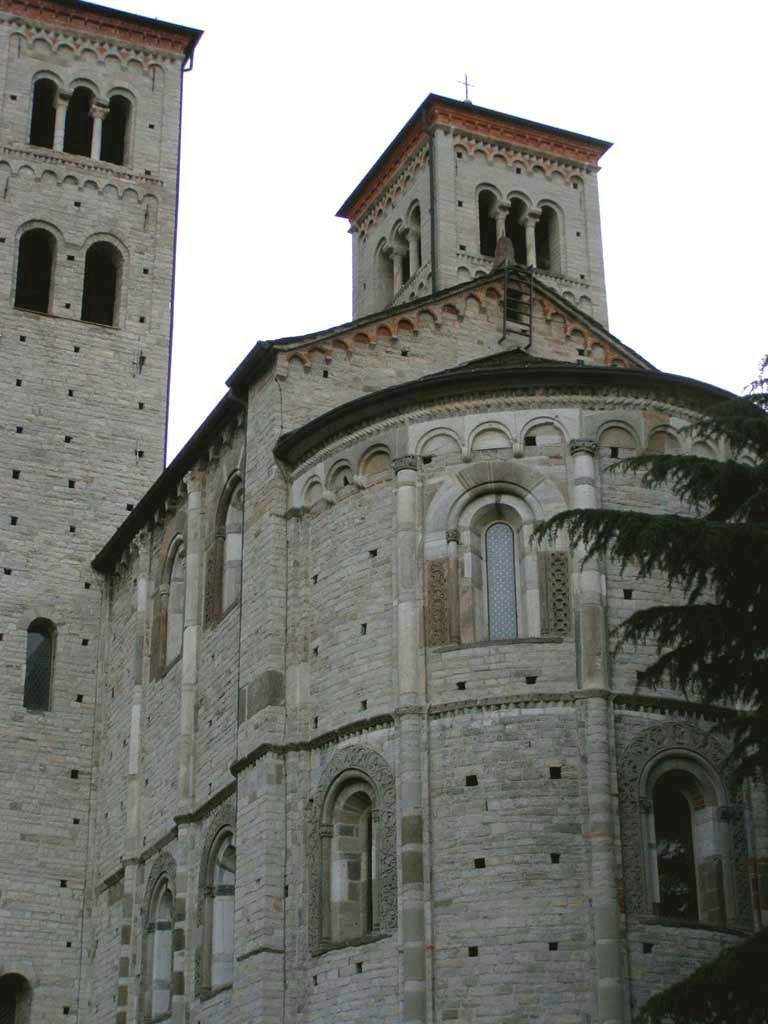
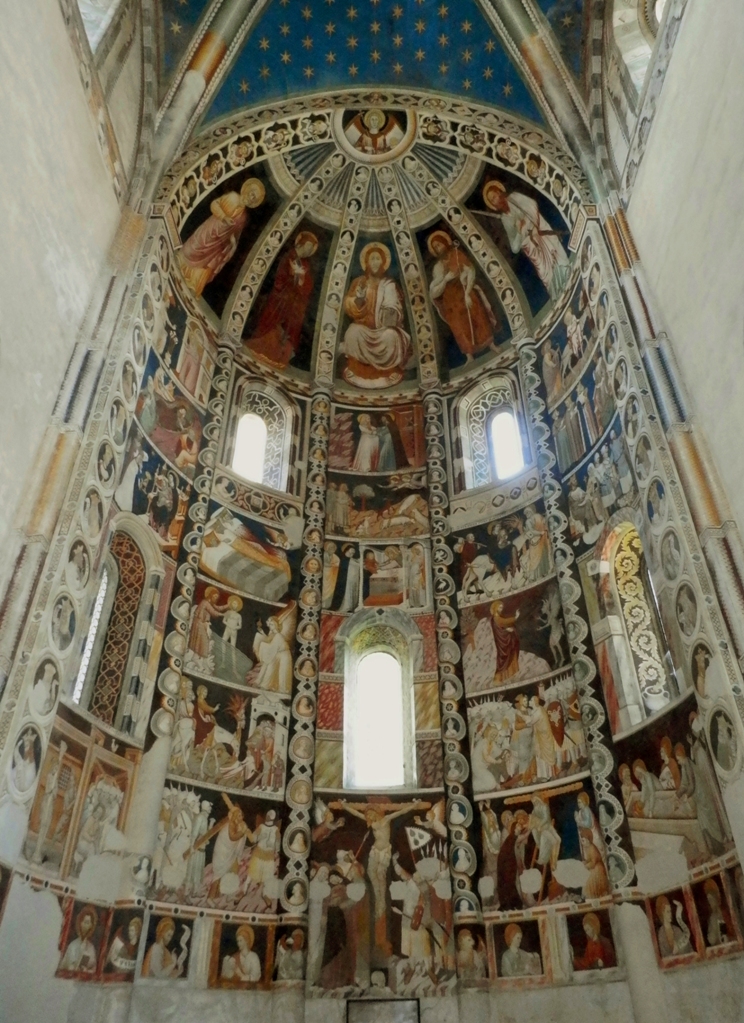
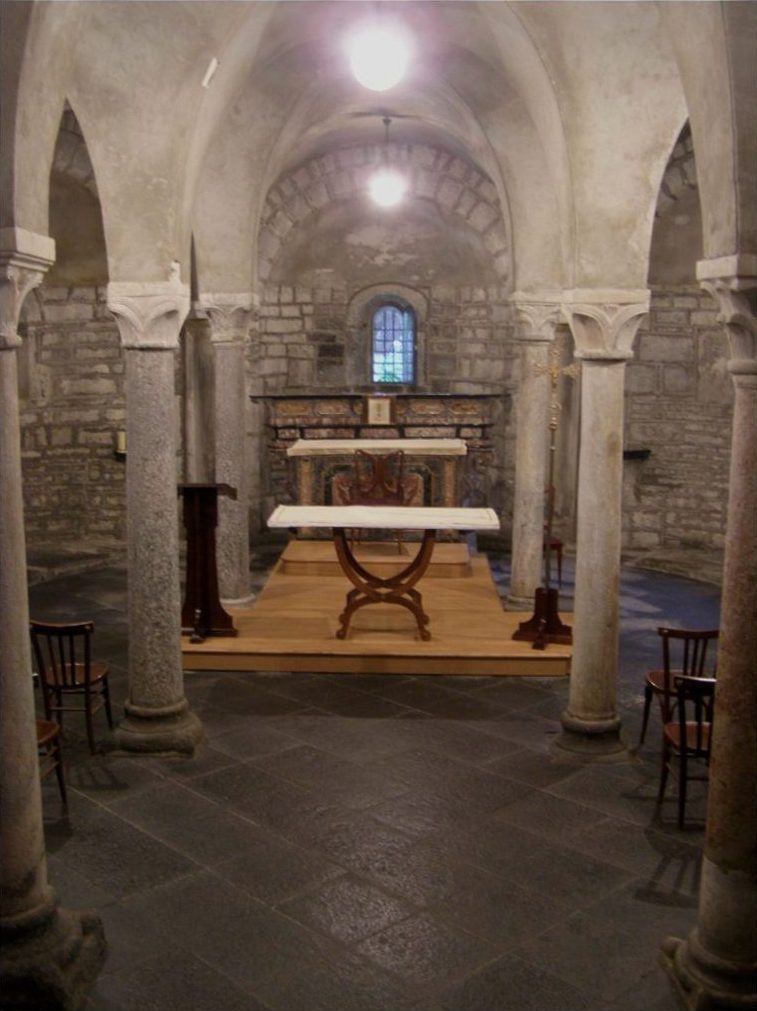 |
|
S.Abbondio (16th century), the second most important monument of the city (after the Cathedral), and maximum expression of the Lombard Romanesque style, with construction principles presumably inspired to the typical architecture of Burgundy and Normandy, which can be seen in the vertical soaring lines and the two bell towers at the side of the church. The interior features five aisles with round arches and cylindrical pillars. | |
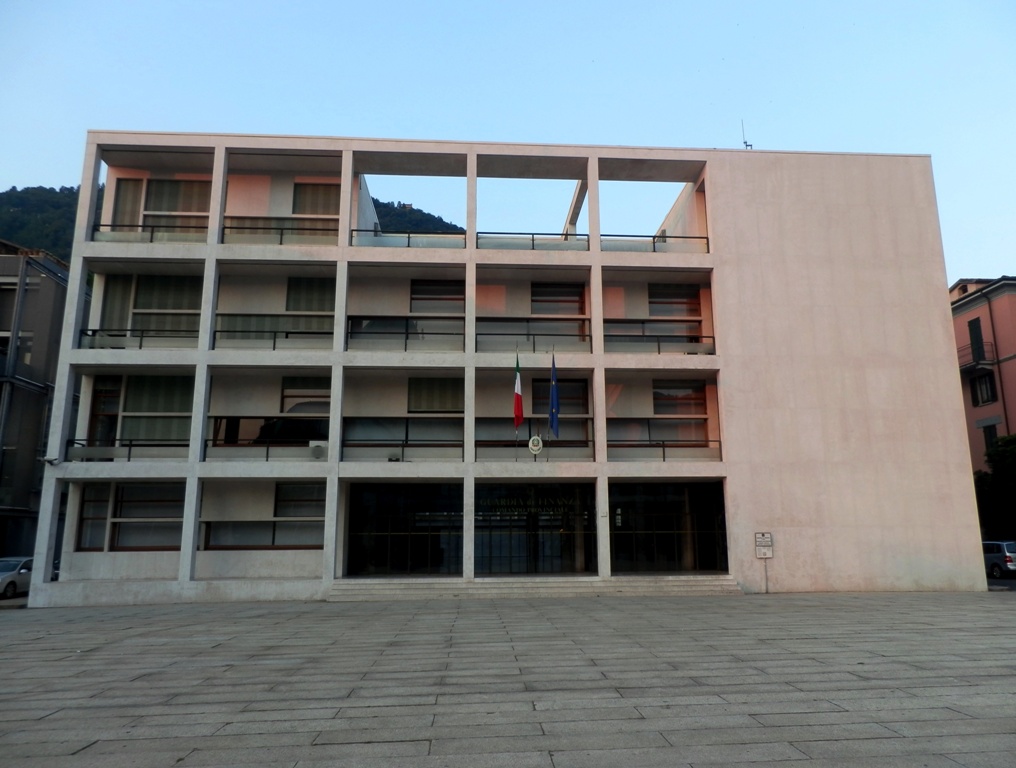 |
|
|
Terragni Palace (Casa del Fascio, seat for the local fascist branch, 1936), designed by architect Giuseppe Terragni, father of Rationalism. It has been described as an landmark | |
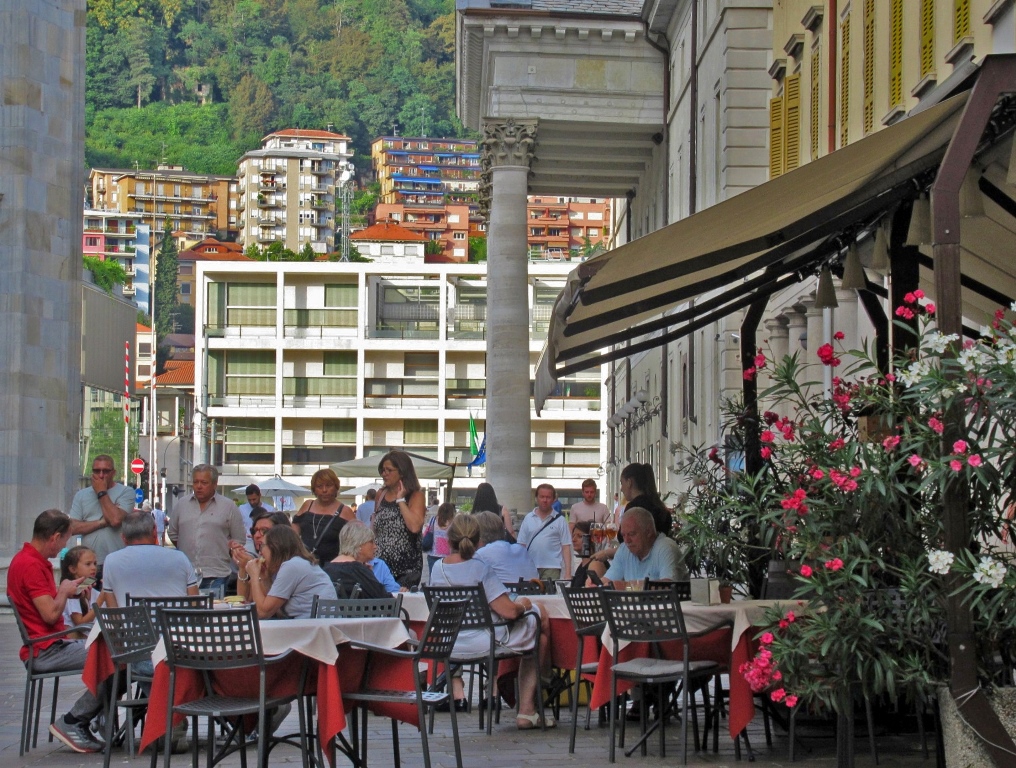
| |
|
Piazza Verdi and Casa del Fascio, the Sociale Theatre and the Cathedral. According to the art critic Philippe Daverio, this is the only square in Europe where three different architectural styles, Rationalism, Neoclassicism and Renaissance, come together. | |
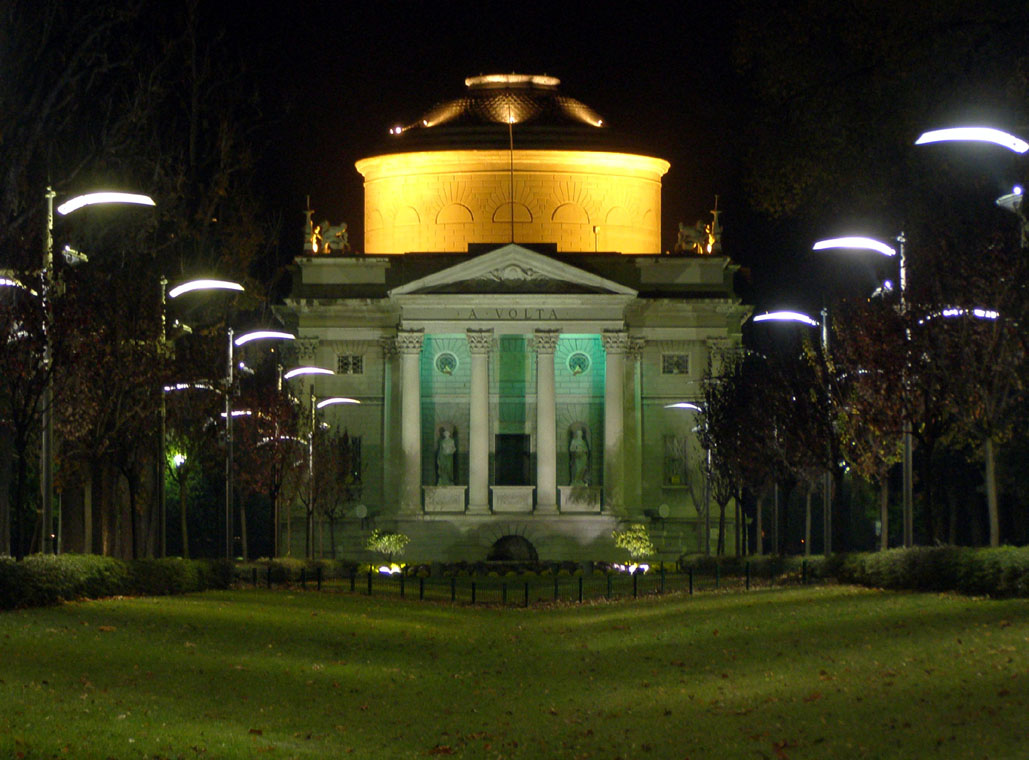
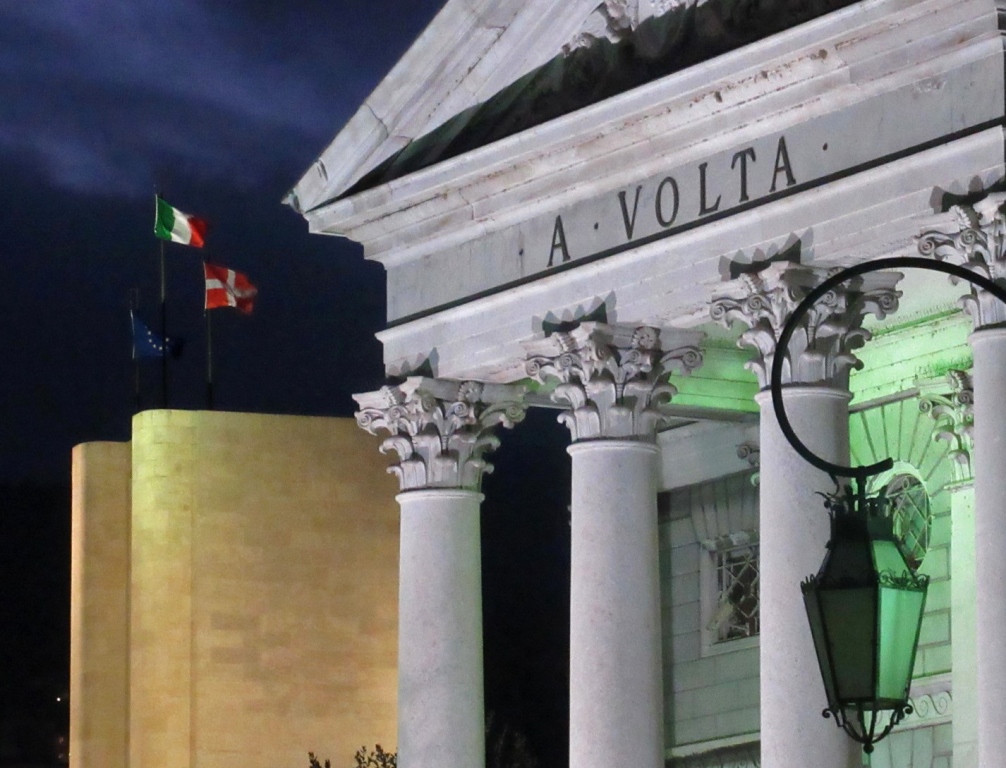
|
|
| |
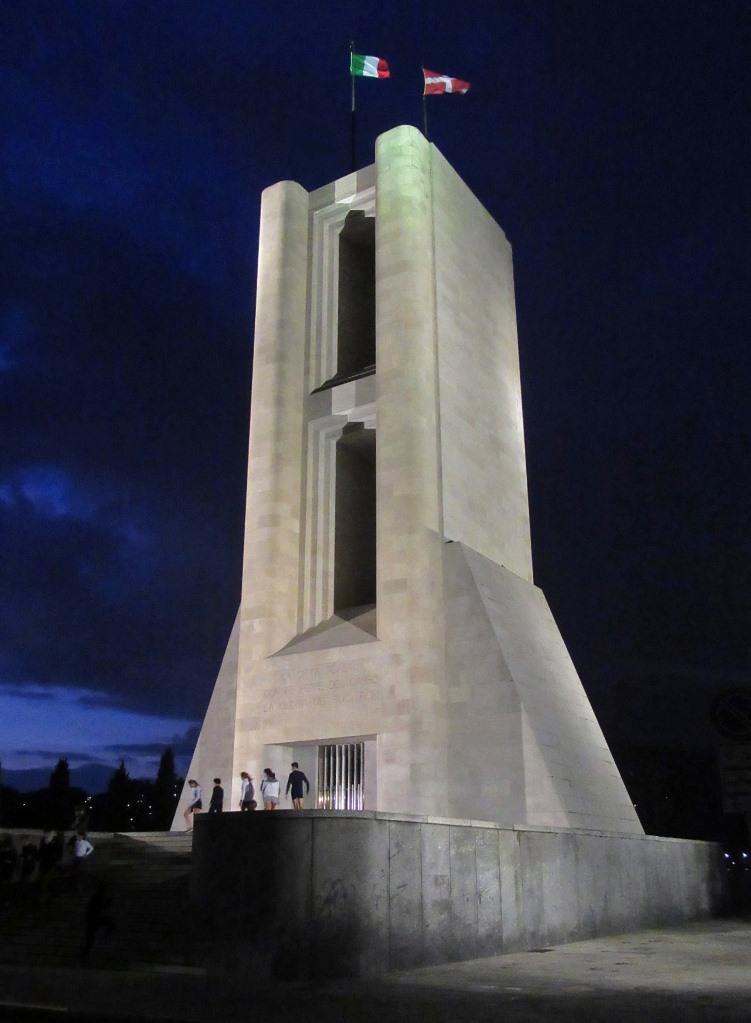
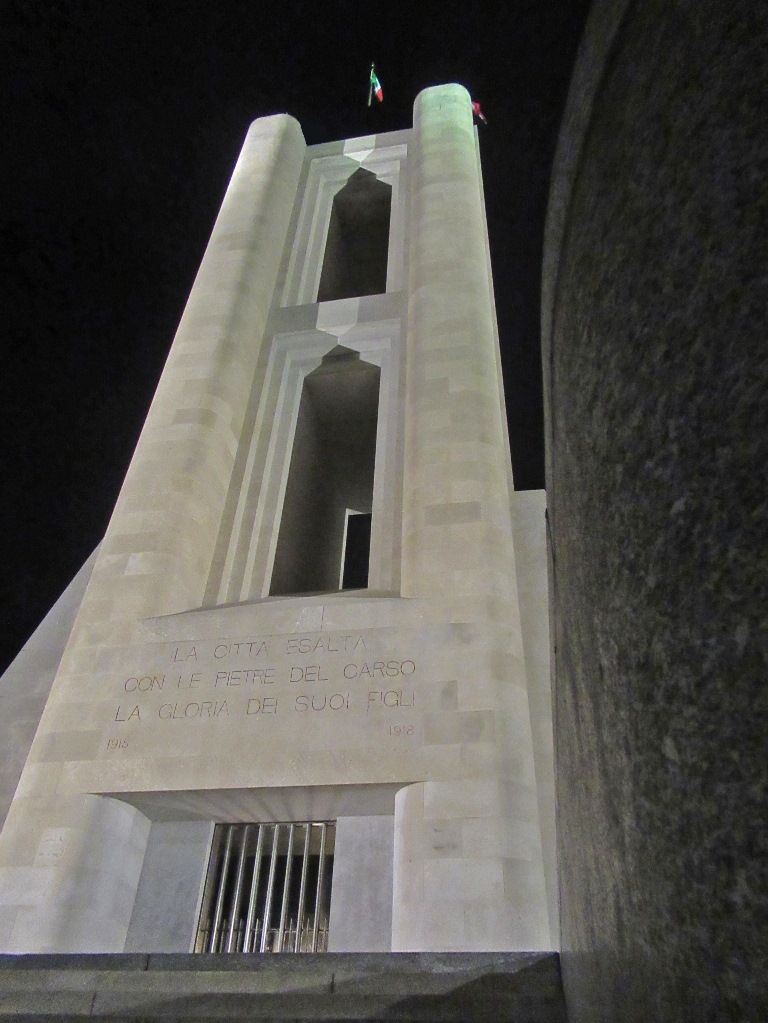
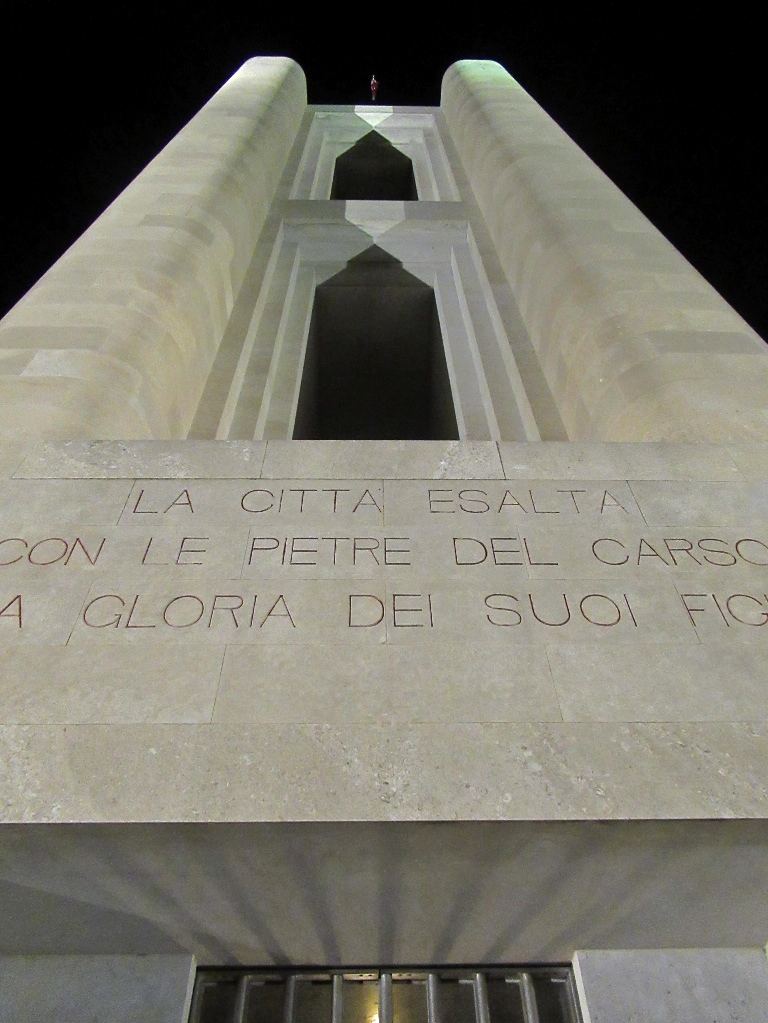 |
|
The Monument to the Fallen (by Terragni 1933, inspired to the drawing of Antonio Sant'Elia). | |
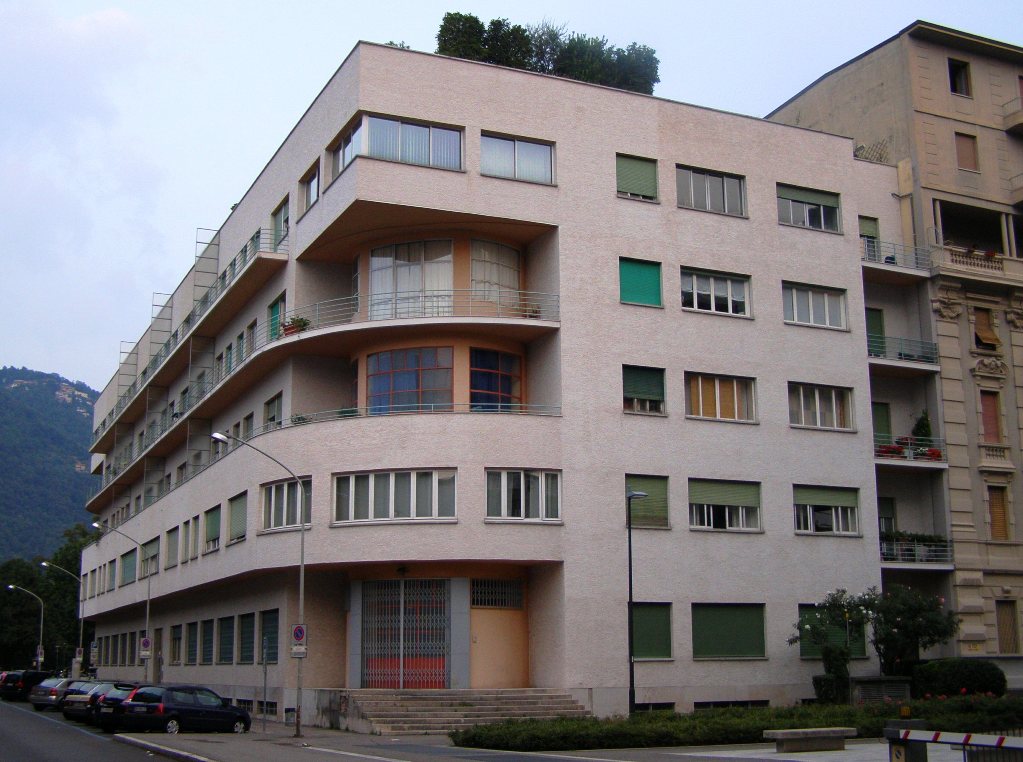
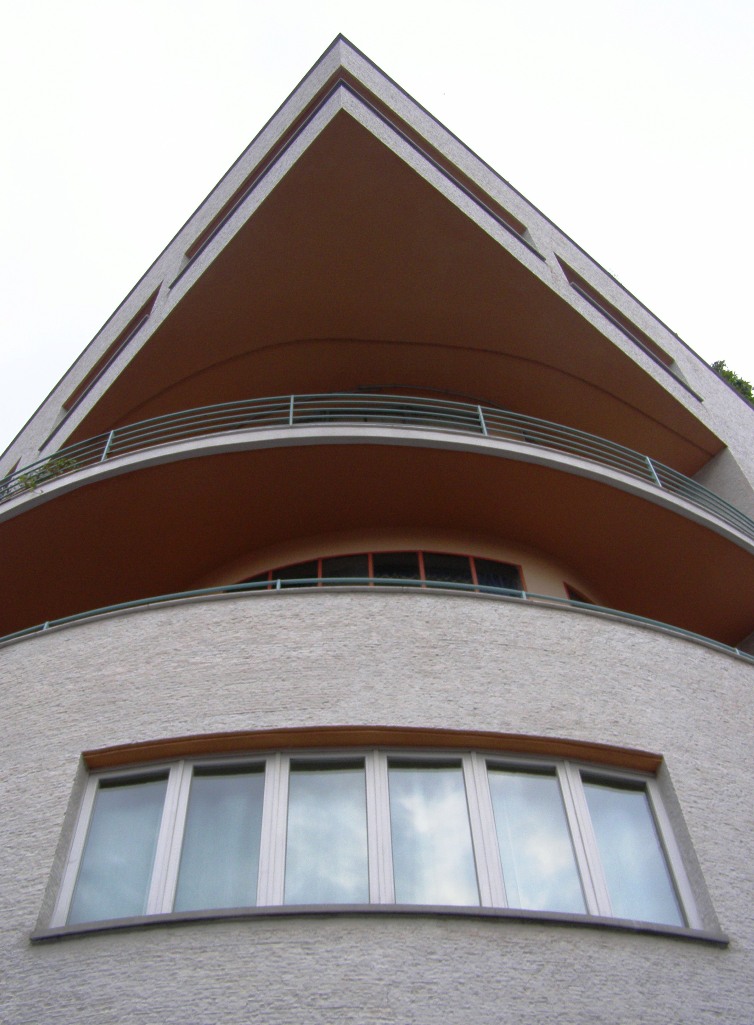
| |
|
When he was only 23, Giuseppe Terragni designed the so-called "Transatlantico" (Novocomum). | |
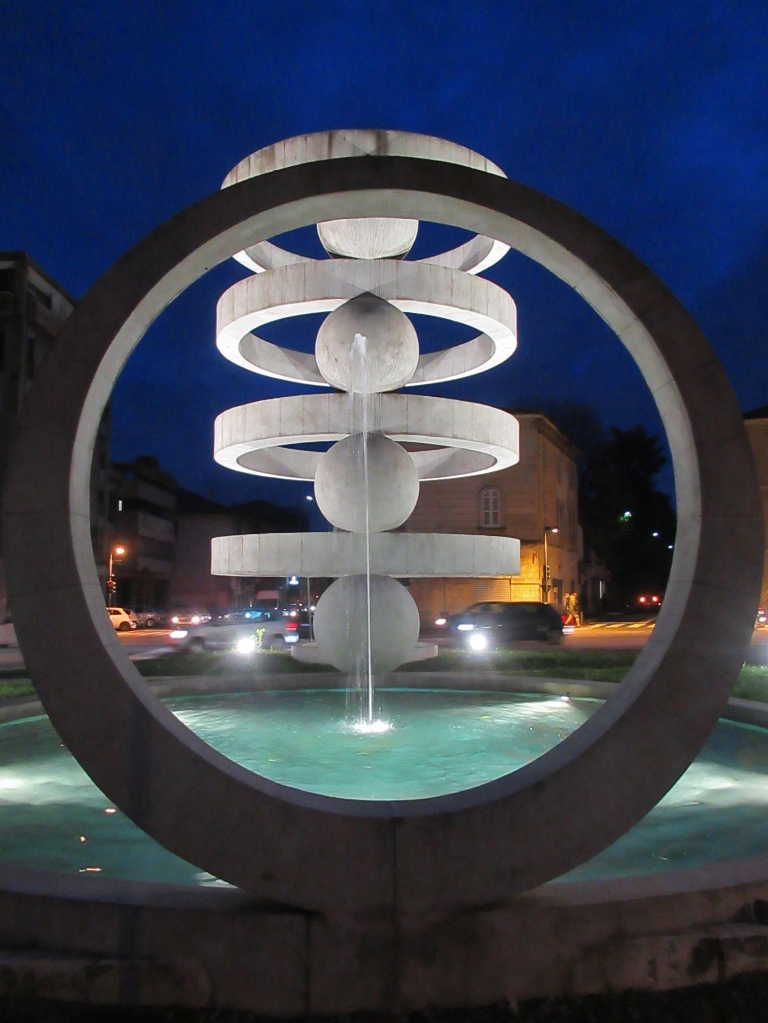
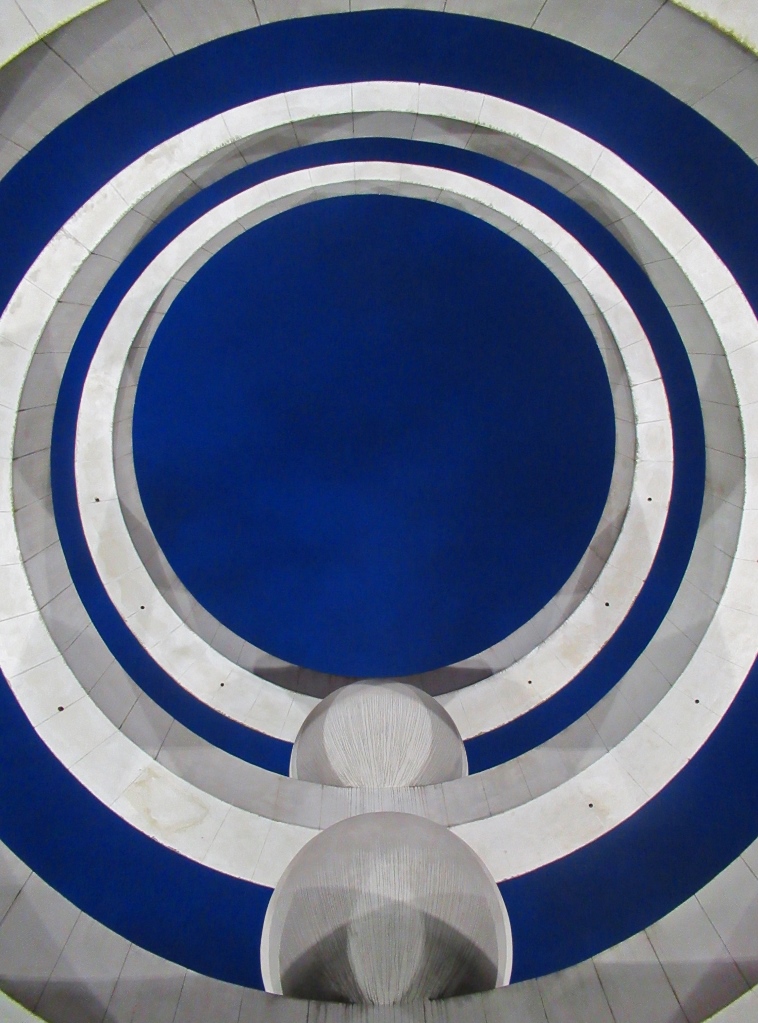
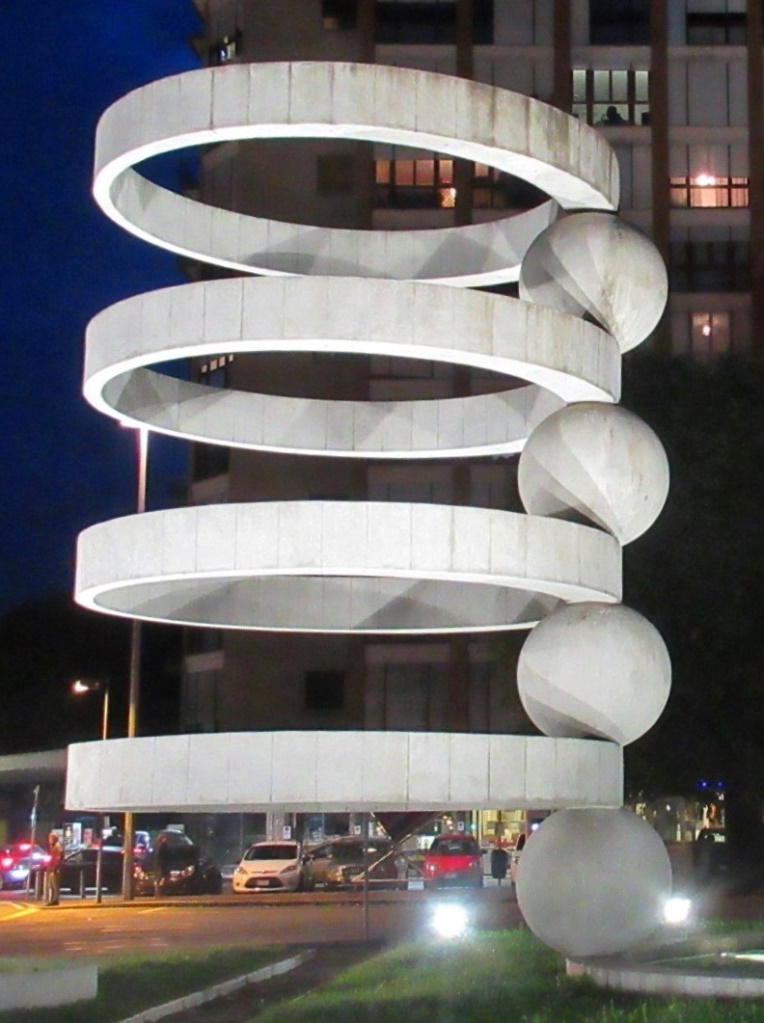 |
|
The fountain of Camerlata (1935). | |
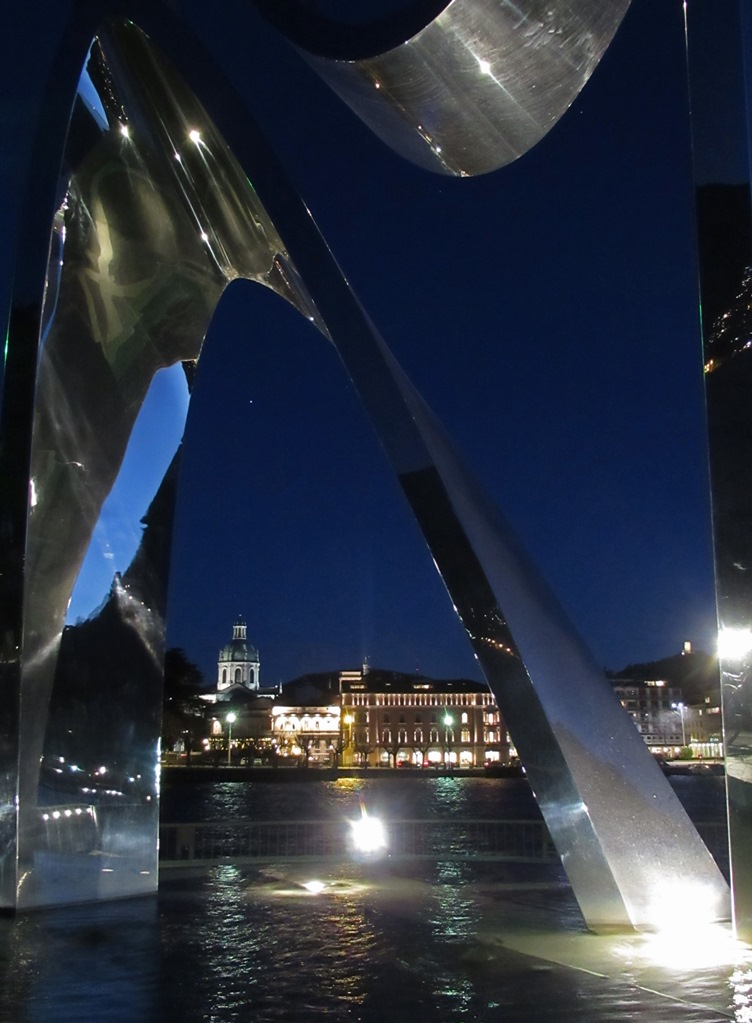
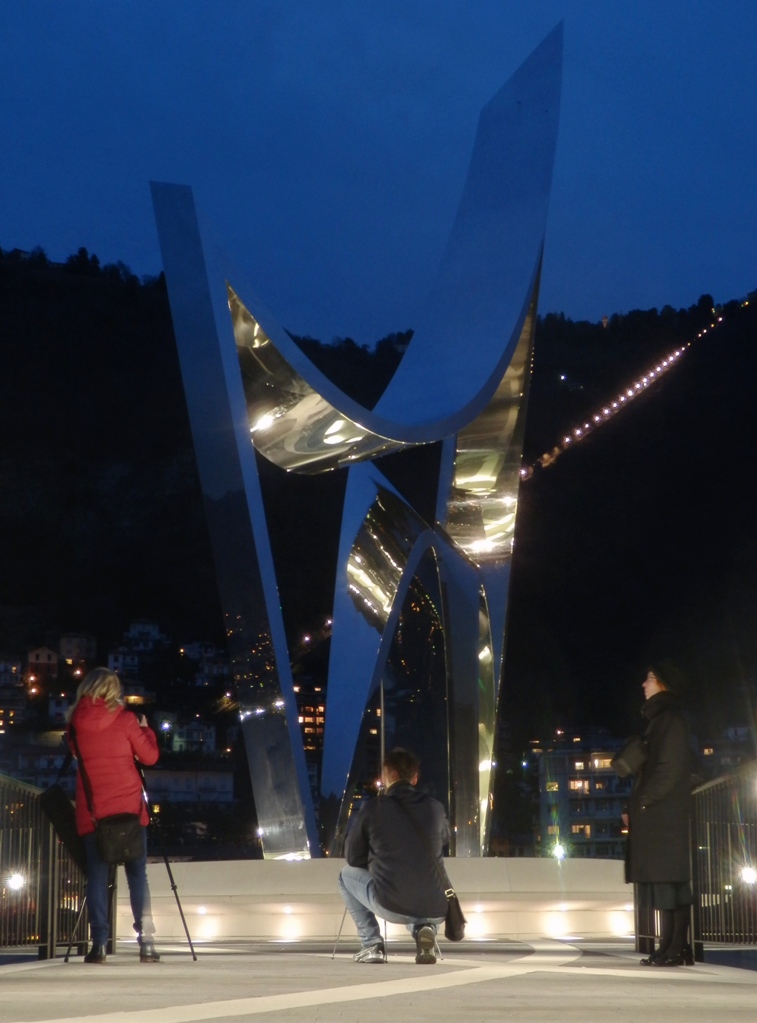 |
|
|
Monuments reflect on the steel wall of the Life Electric sculpture (by Daniel Libeskind, 2015). | |
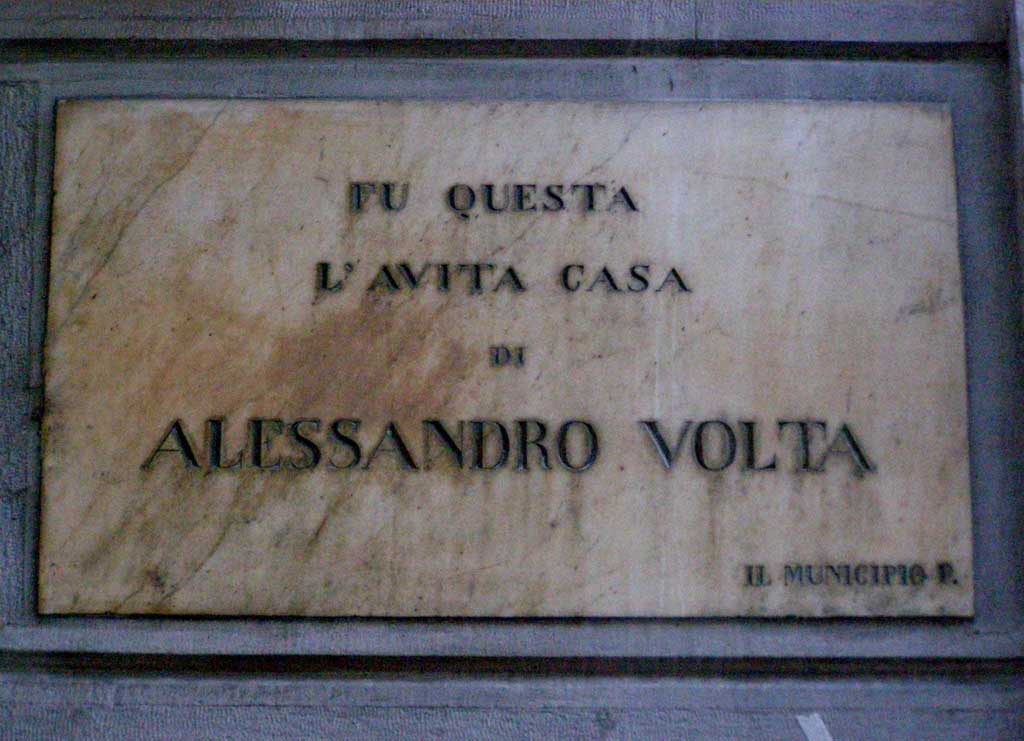
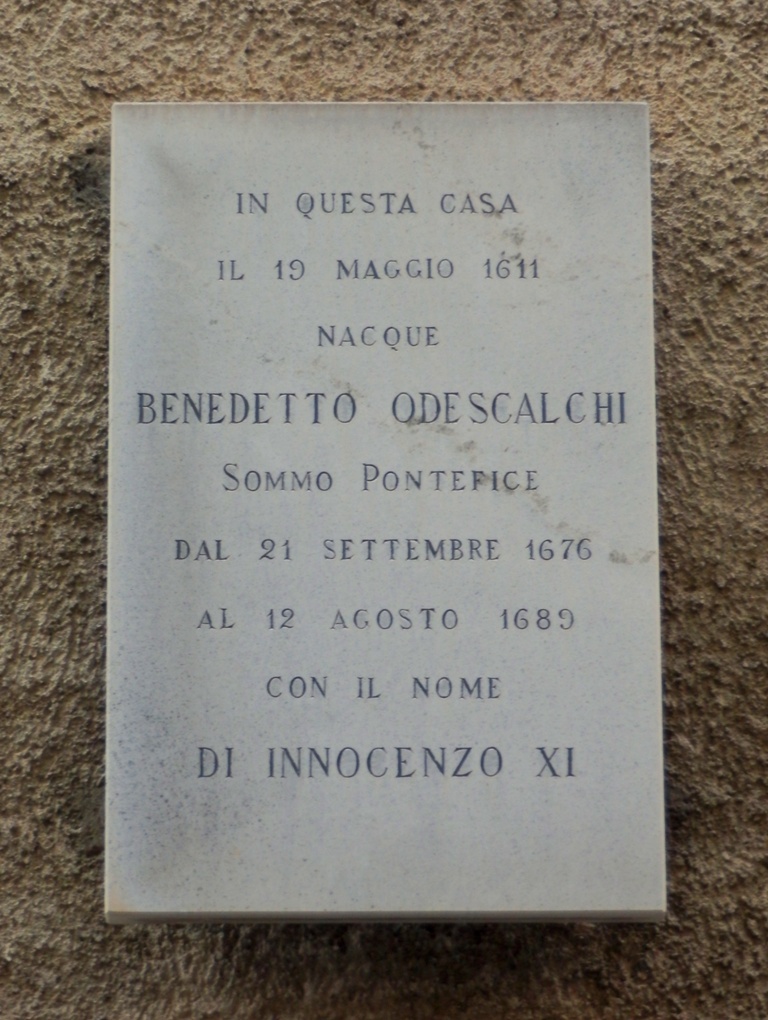
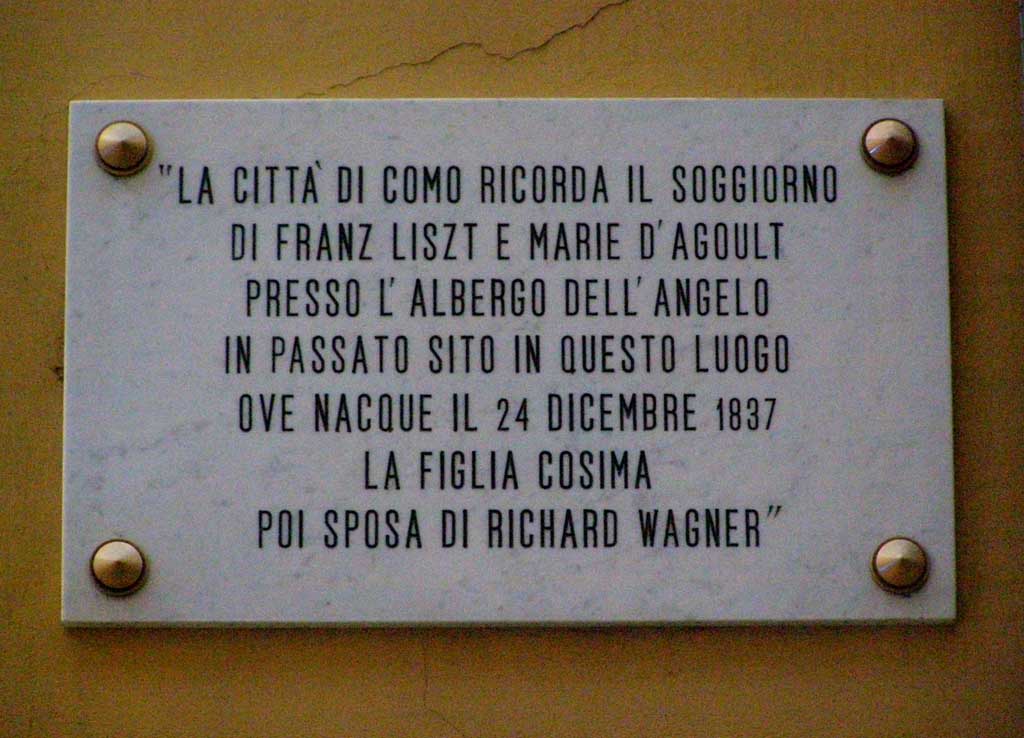 |
|
|
The plaques in memory of the birth of Alessandro Volta, Pope Innocenzo XI and Cosima Wagner, | |
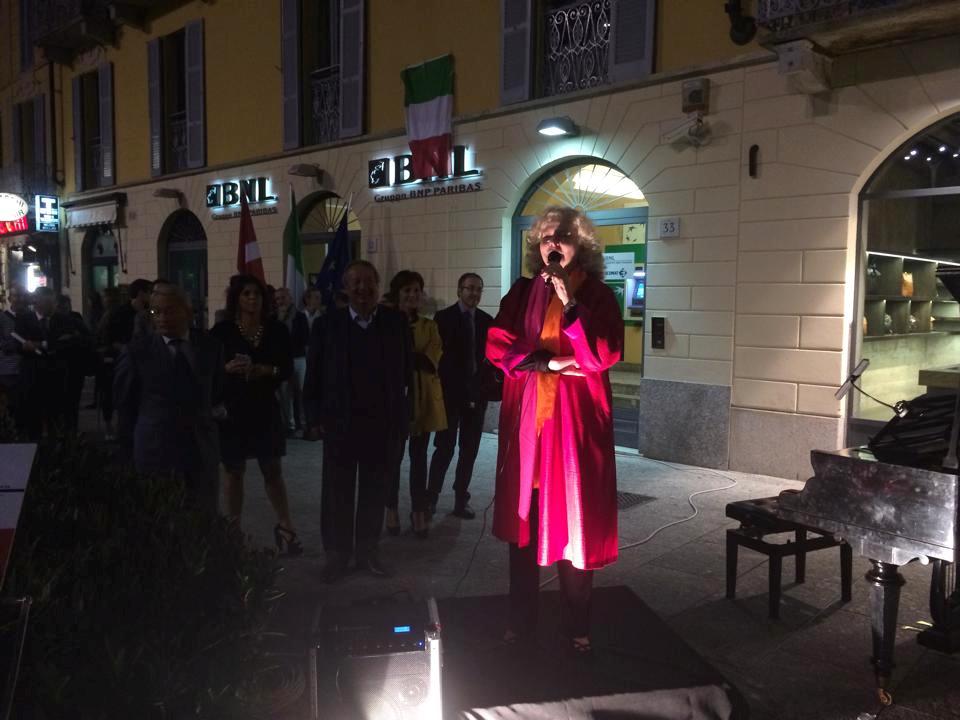
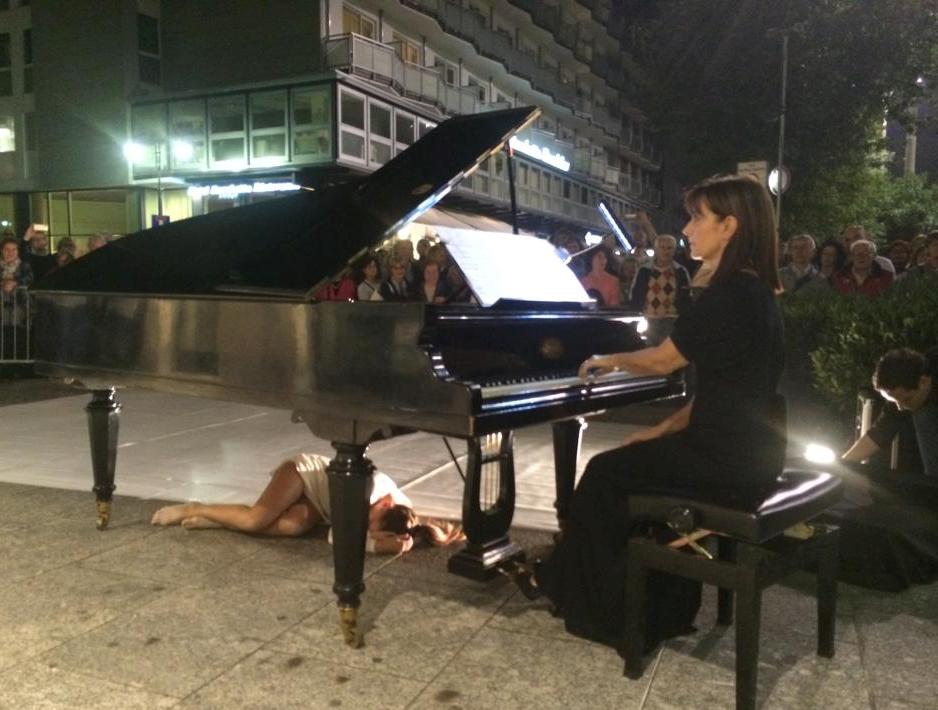
|
||
| ||
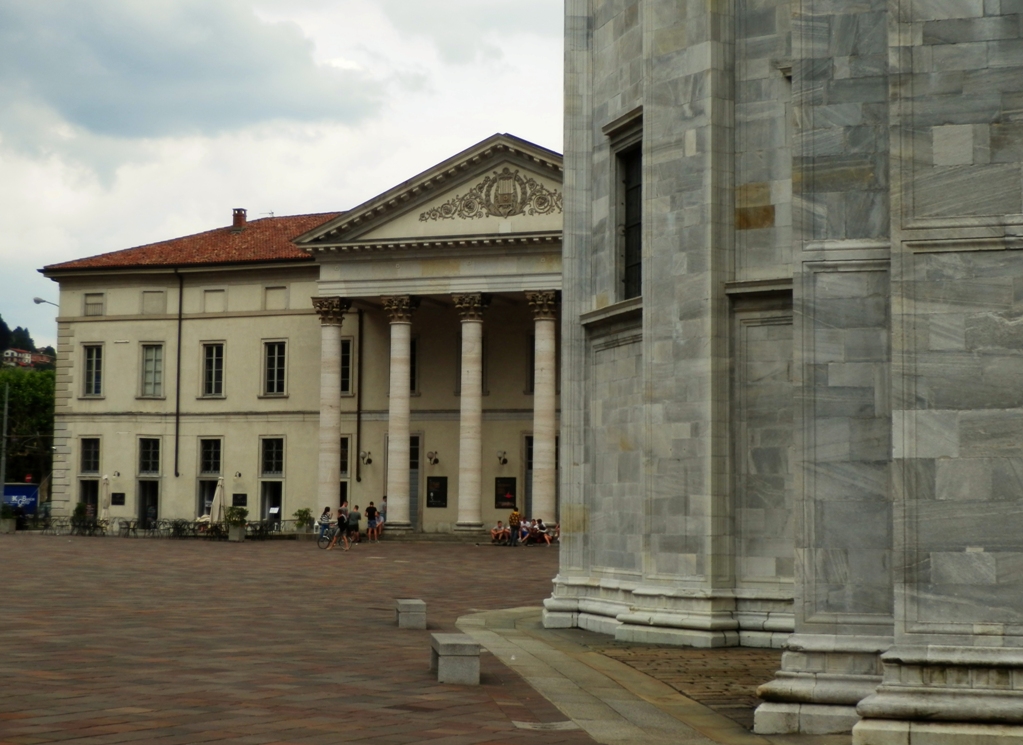
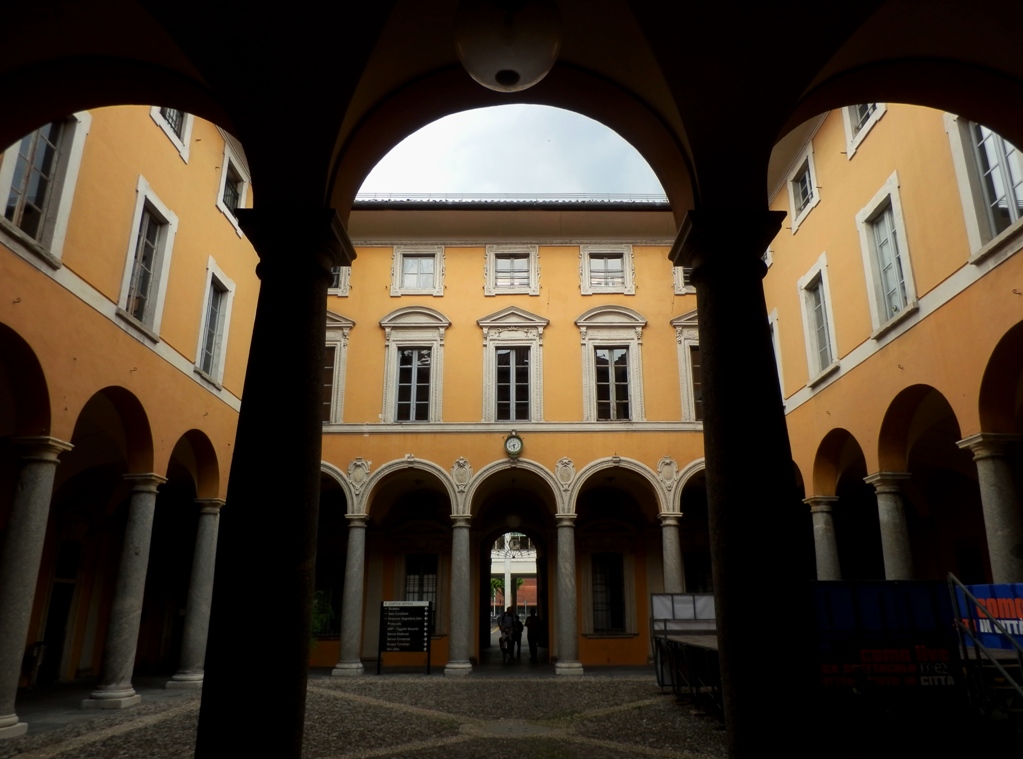
|
||
| ||
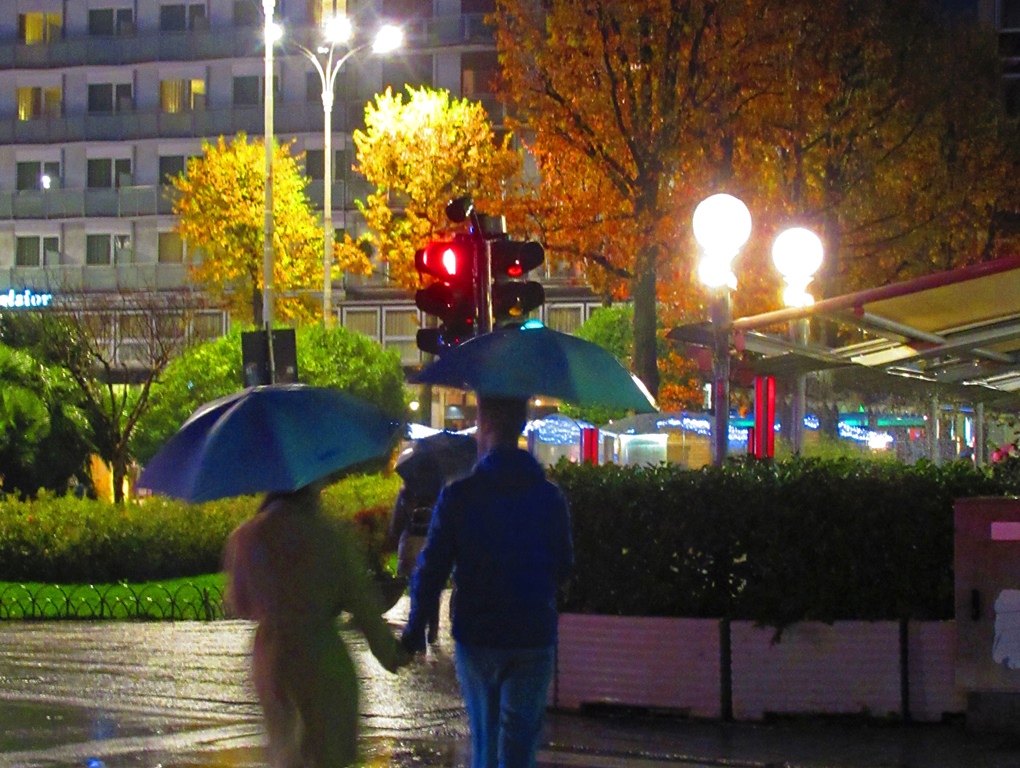
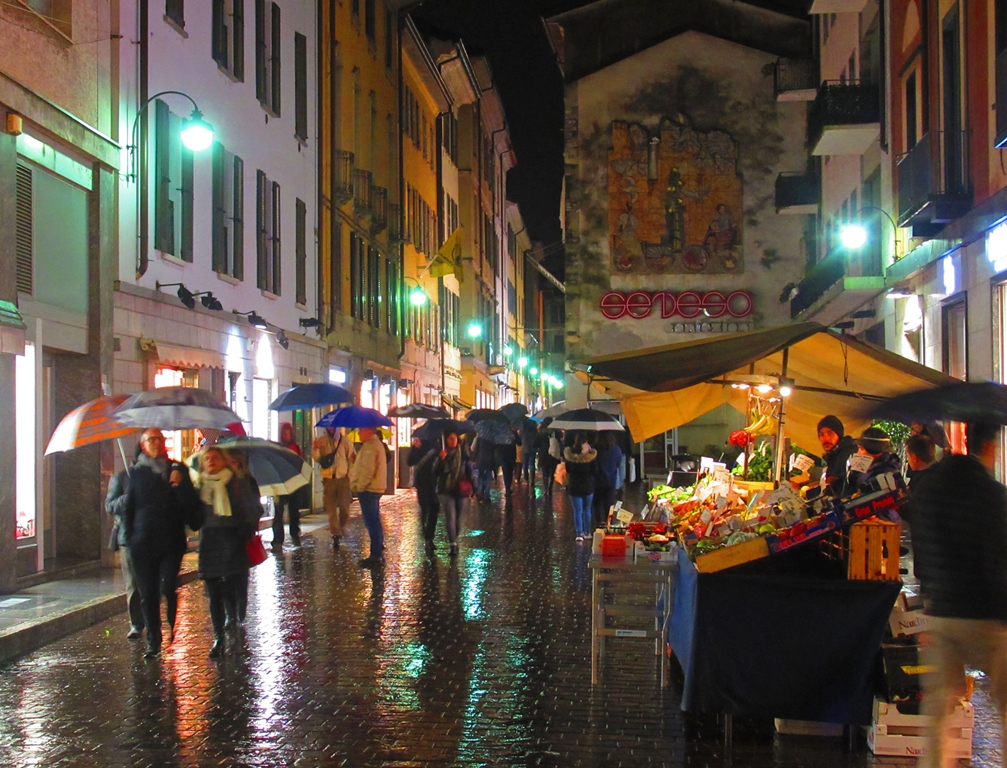
| ||
|
Autumn rain. | ||
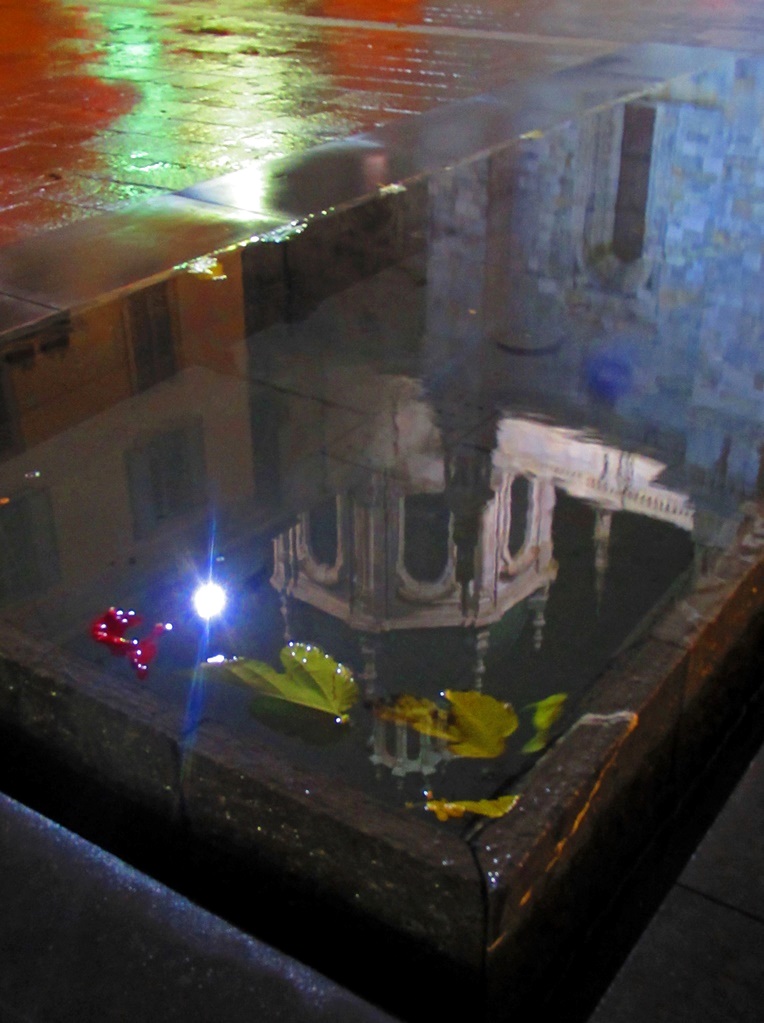
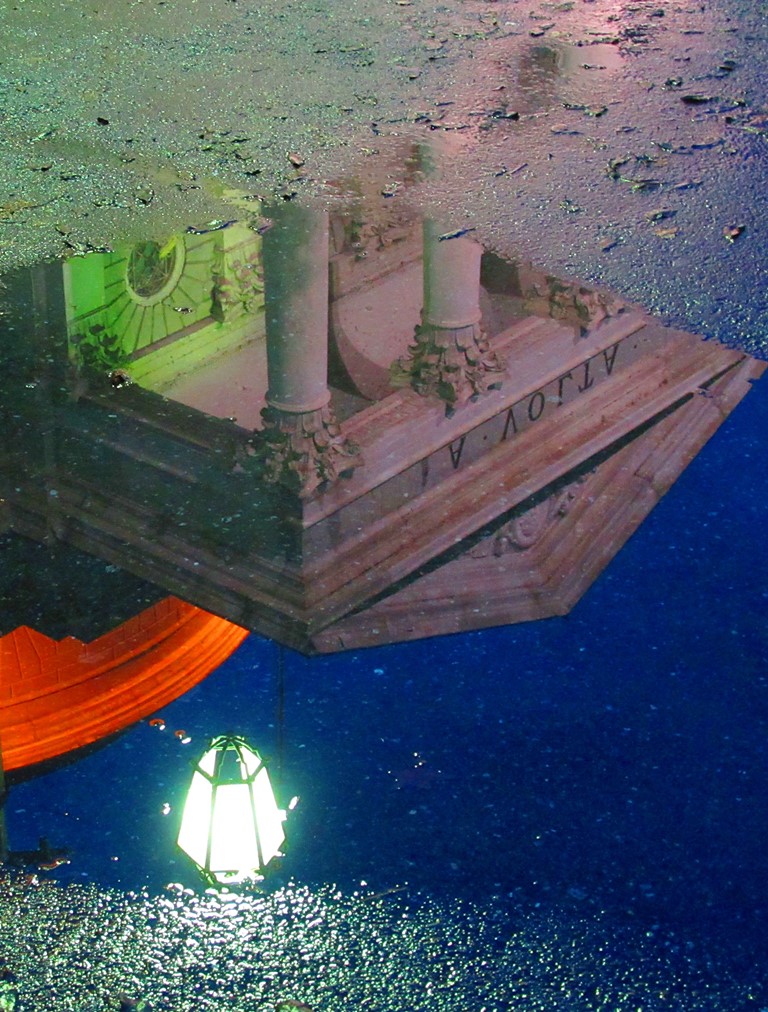
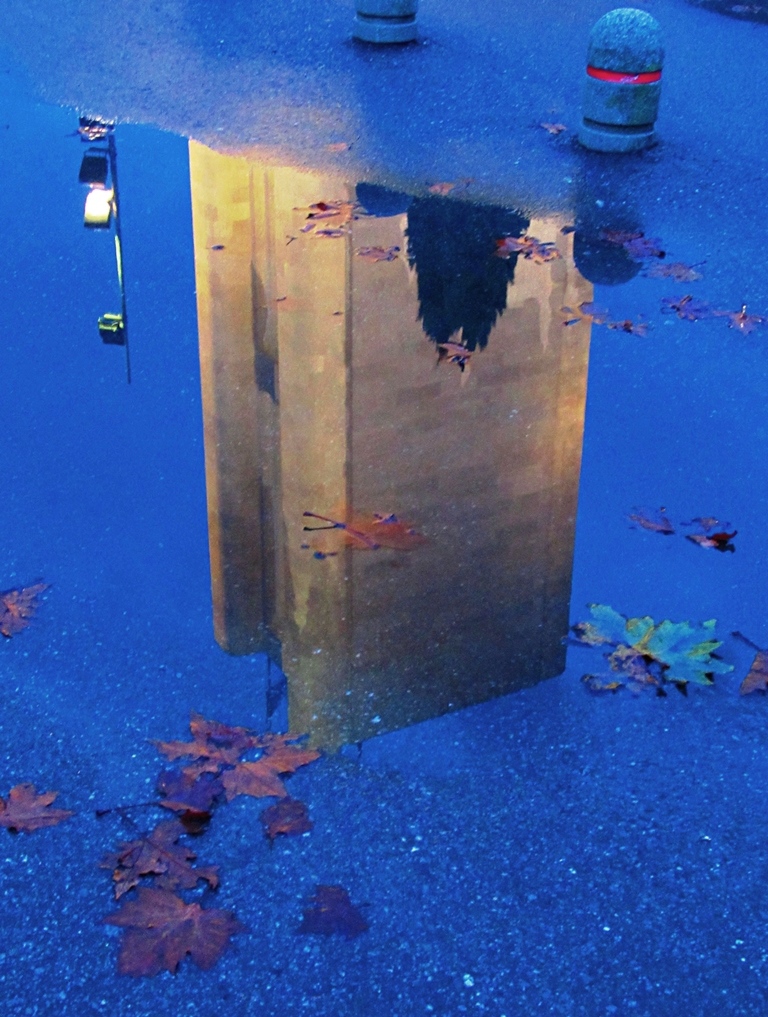 |
||
Art reflections. | ||
| Christmas in Como - The Magic light festival | ||
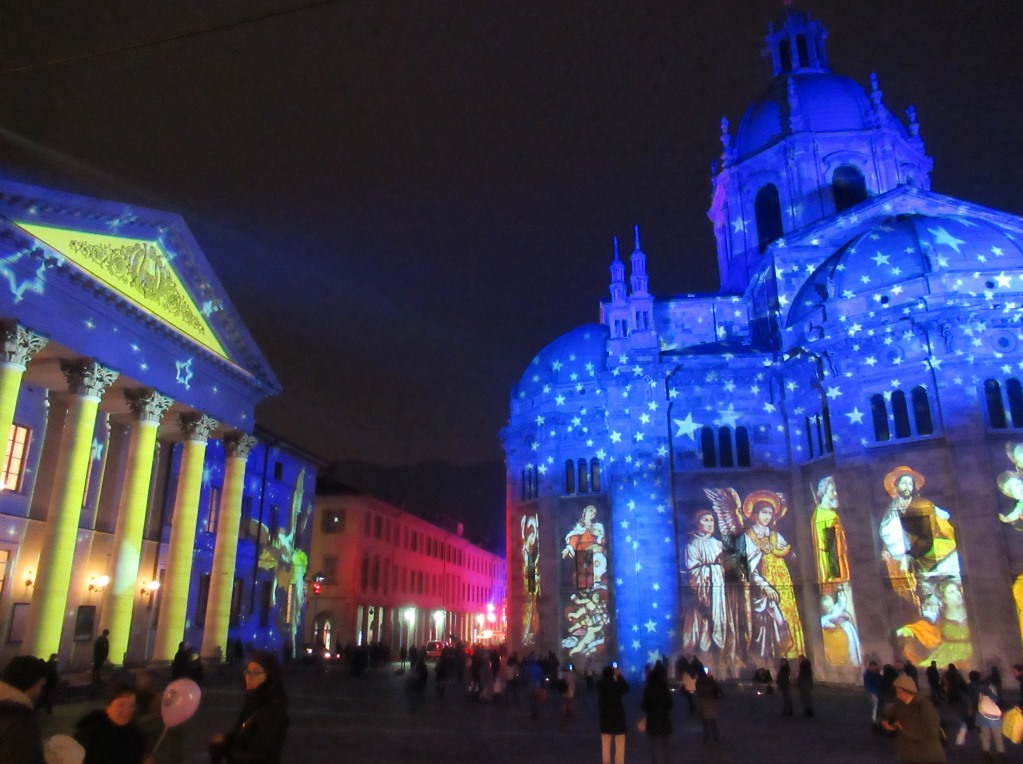
|
||
|
For more than a month, from December to January, the town center lights up on the occasion of the | ||
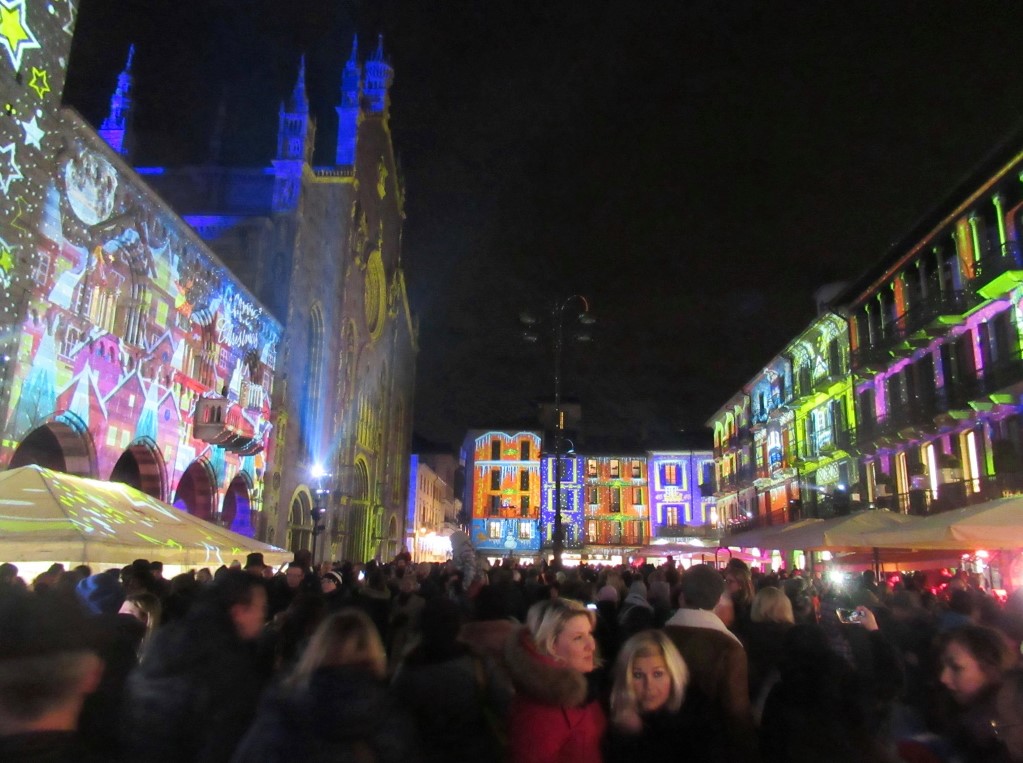
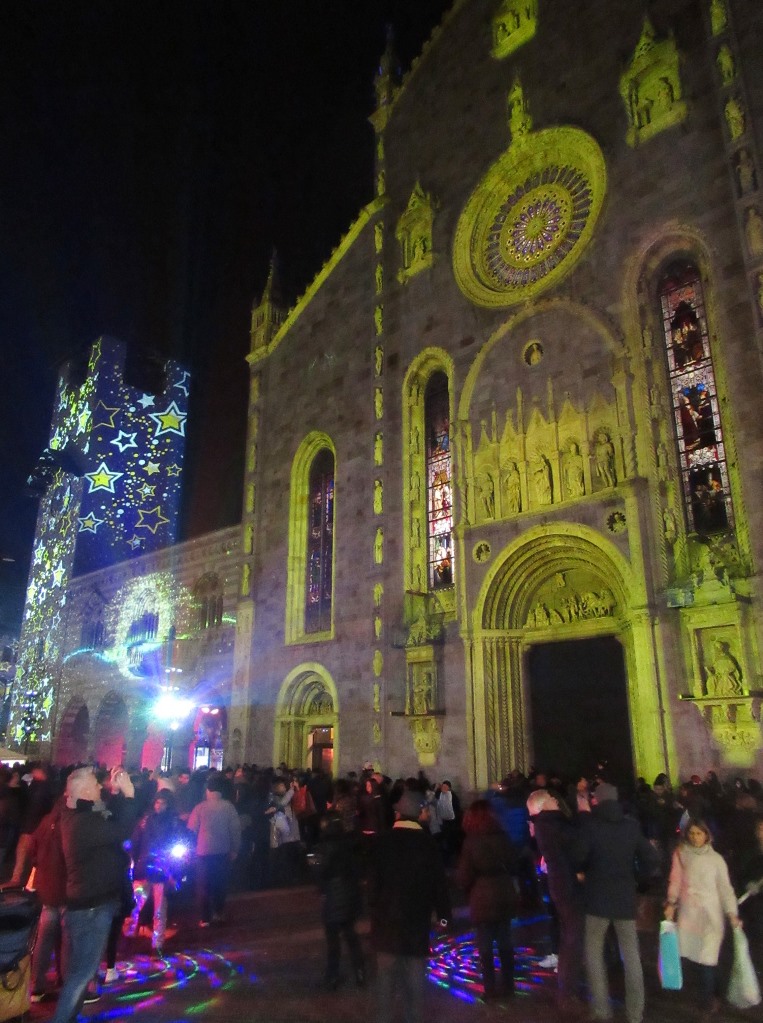
|
||
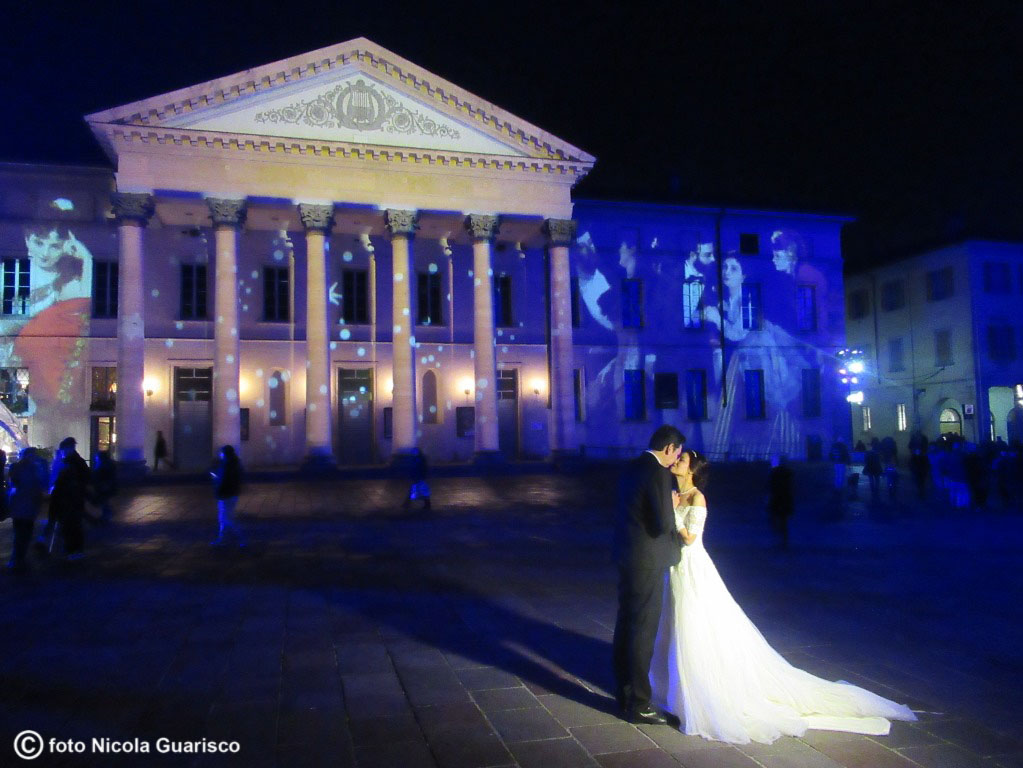 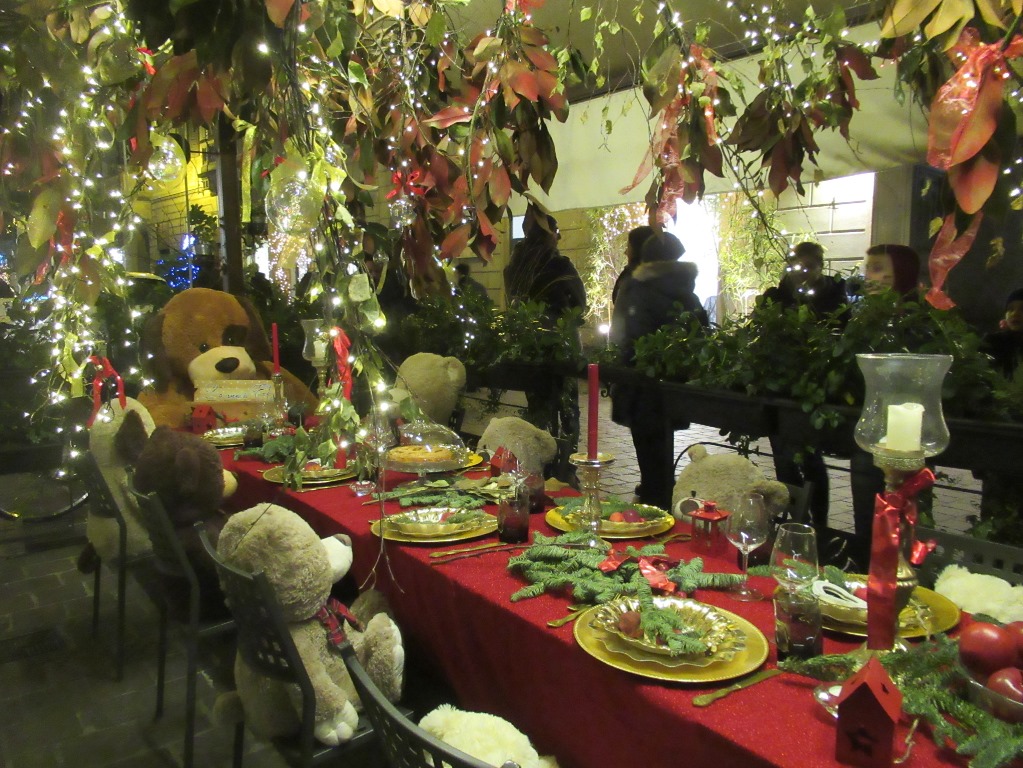
|
||
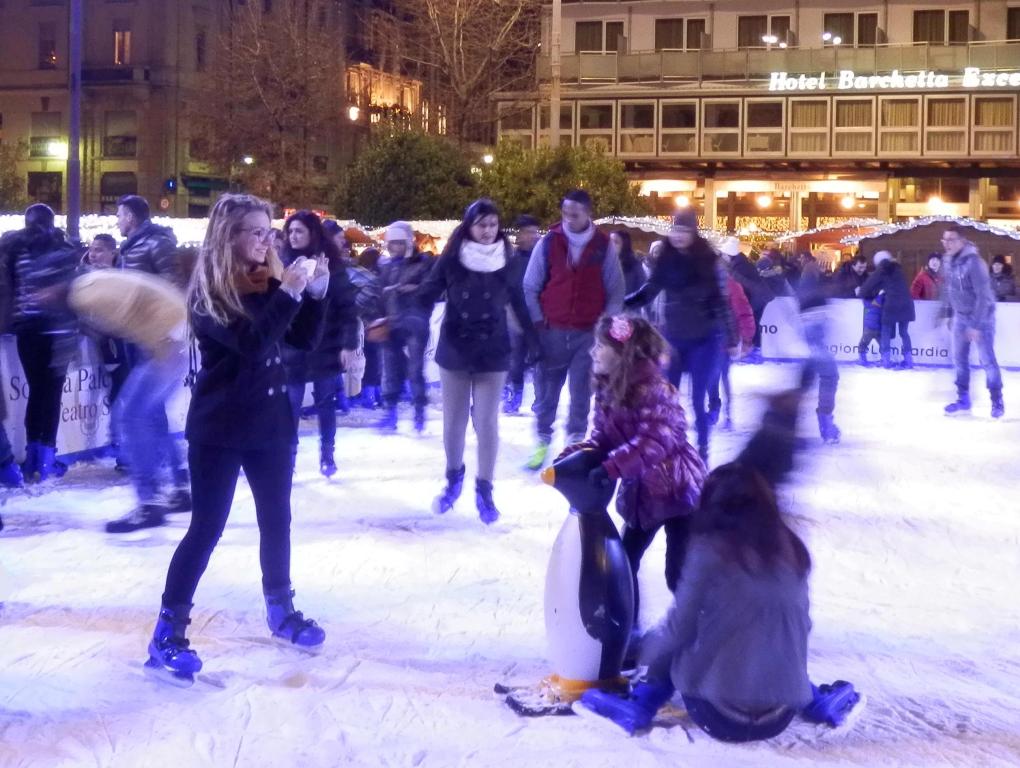
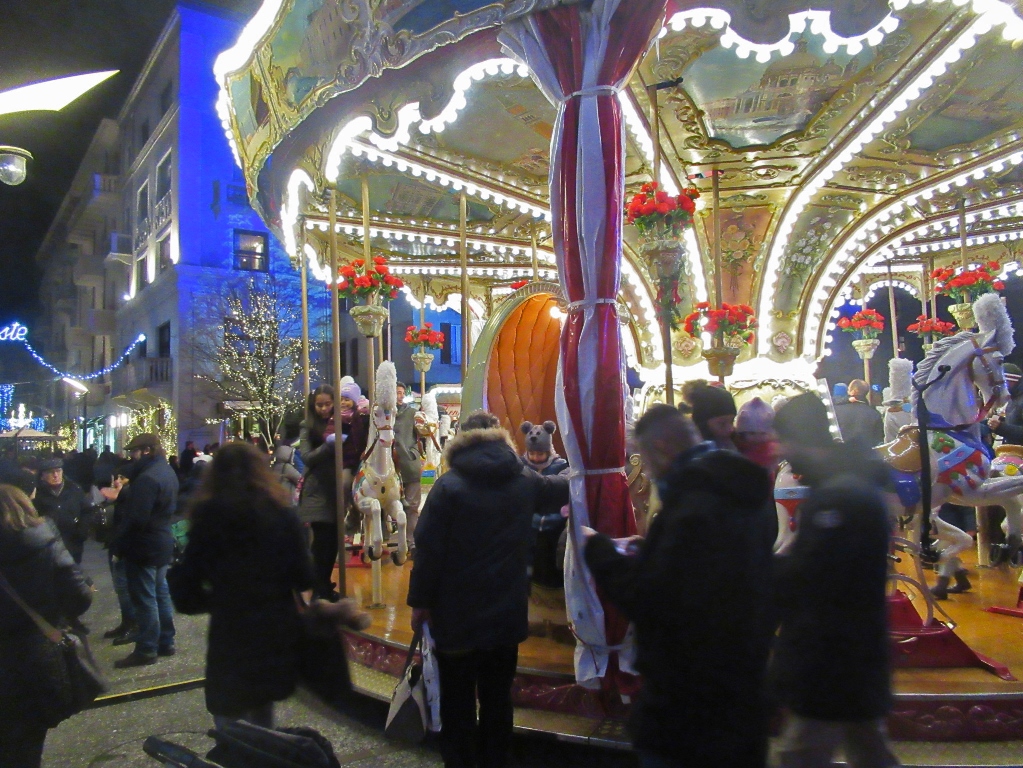
|
||
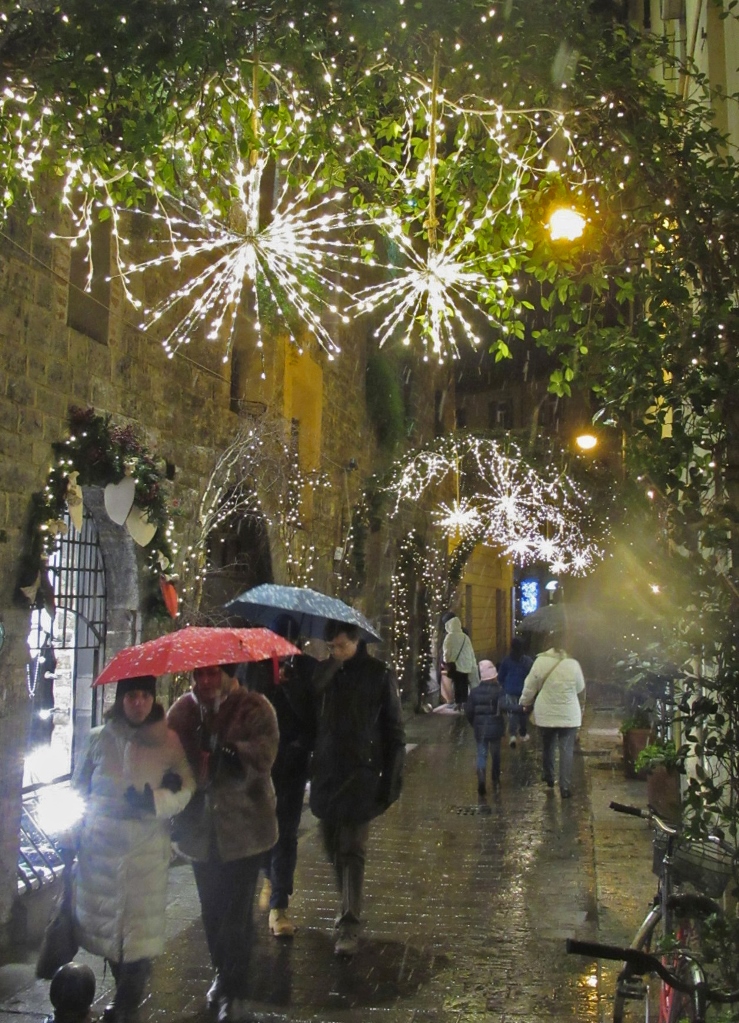
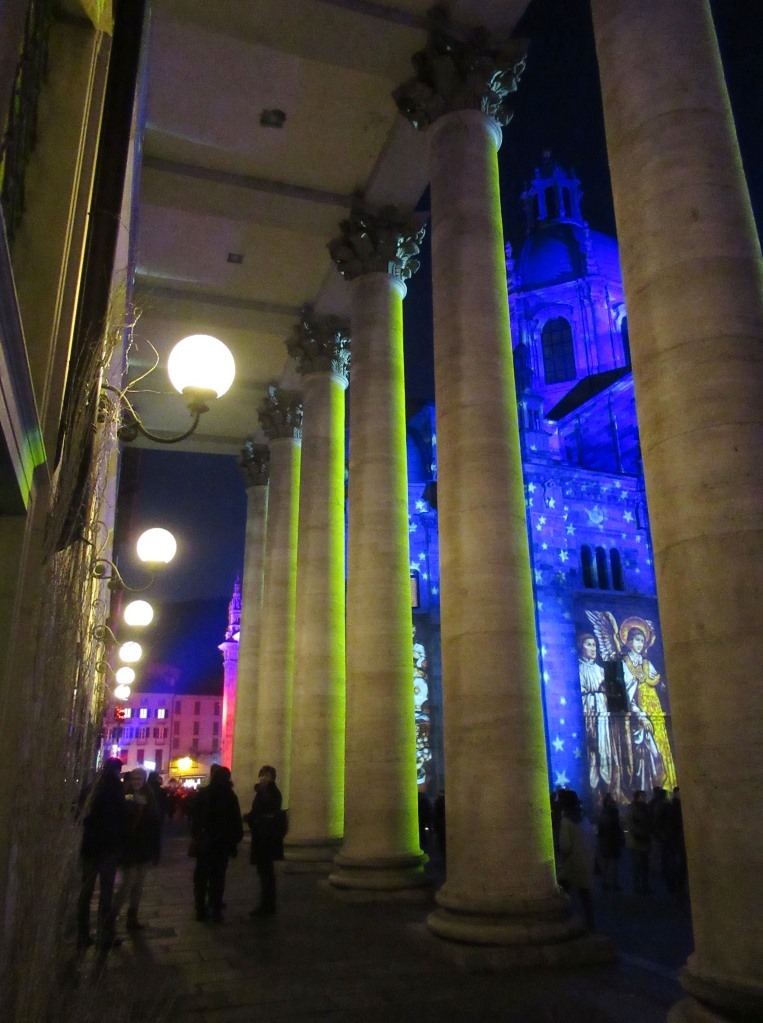 |
||
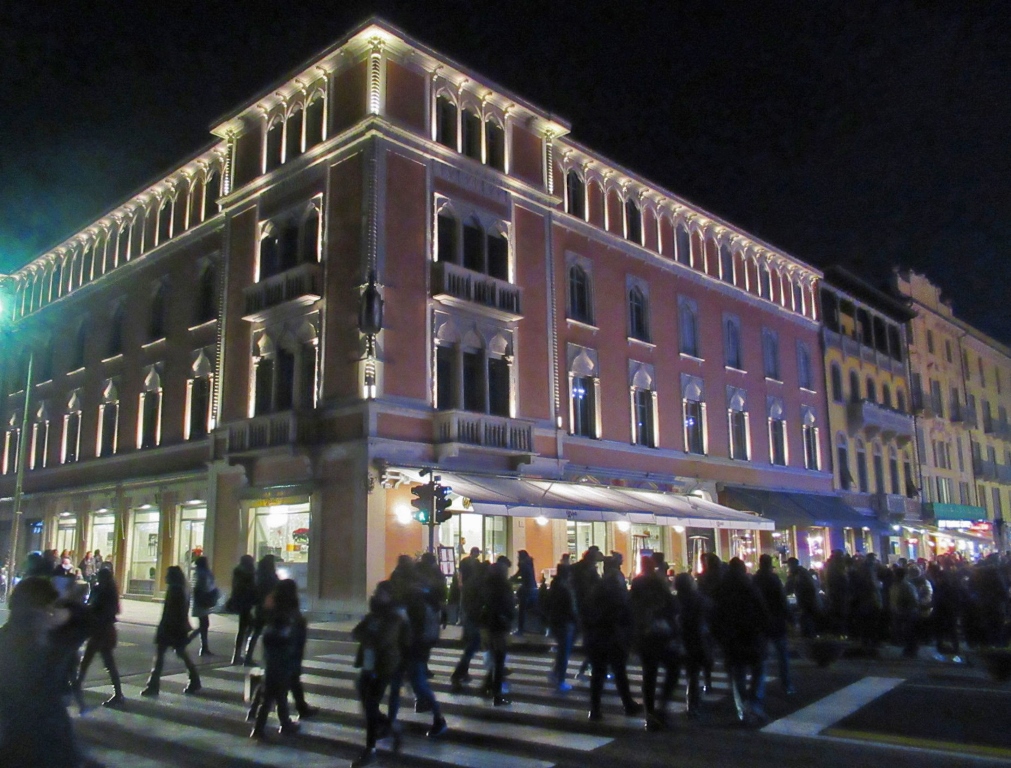
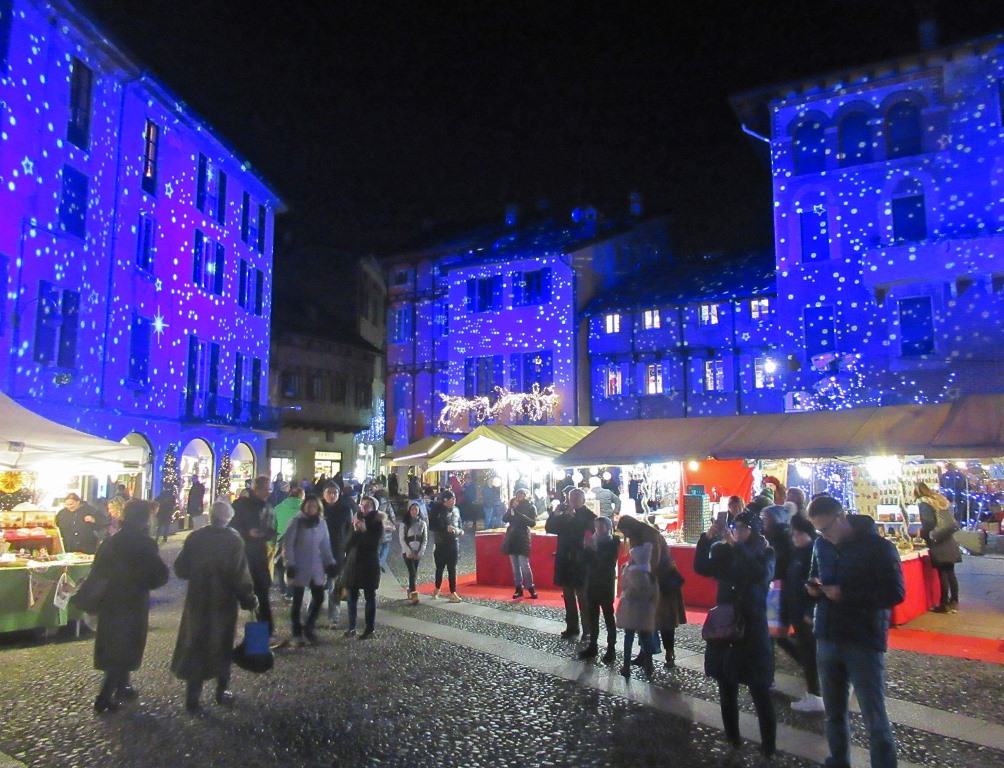
|
||
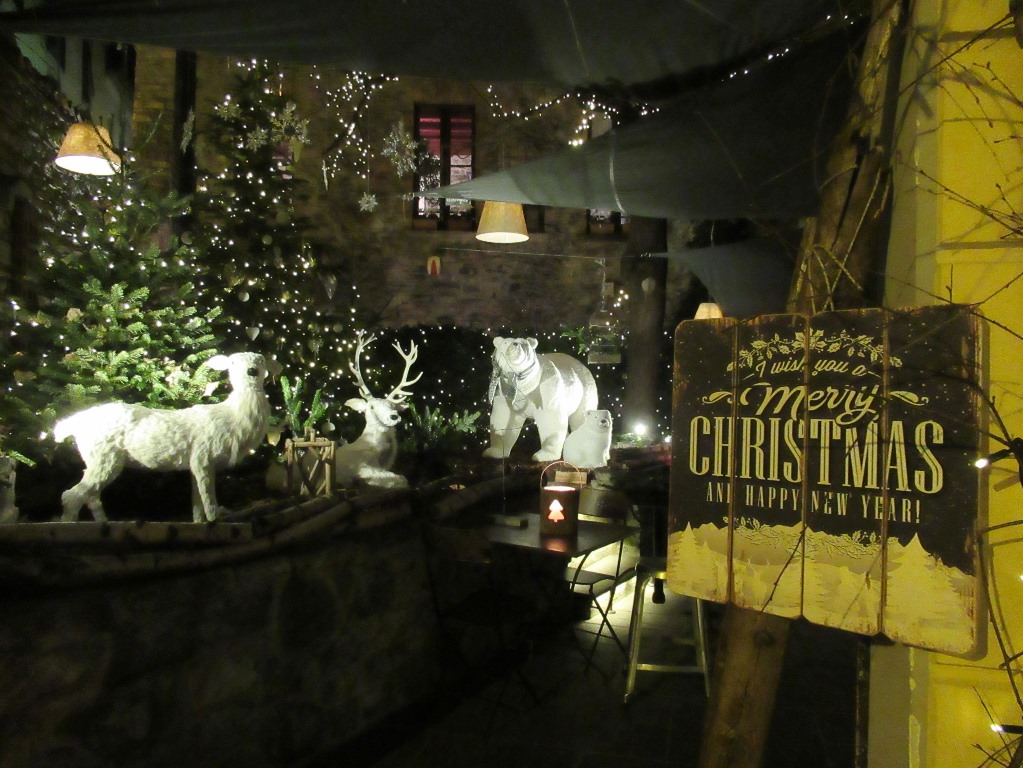
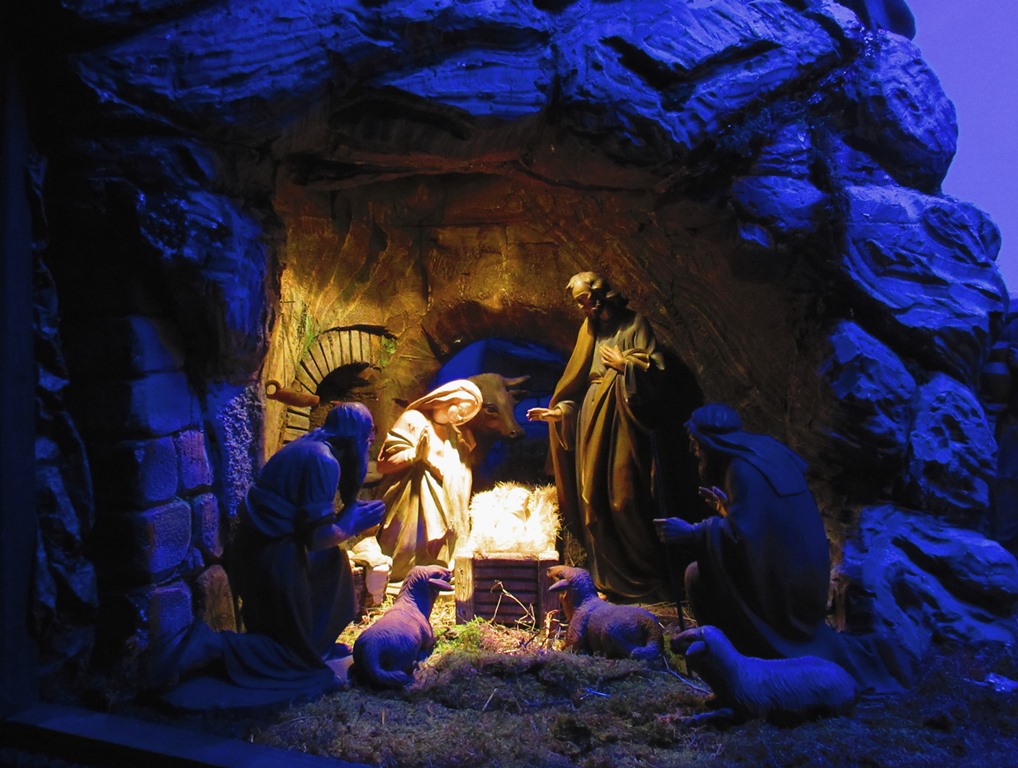 |
||
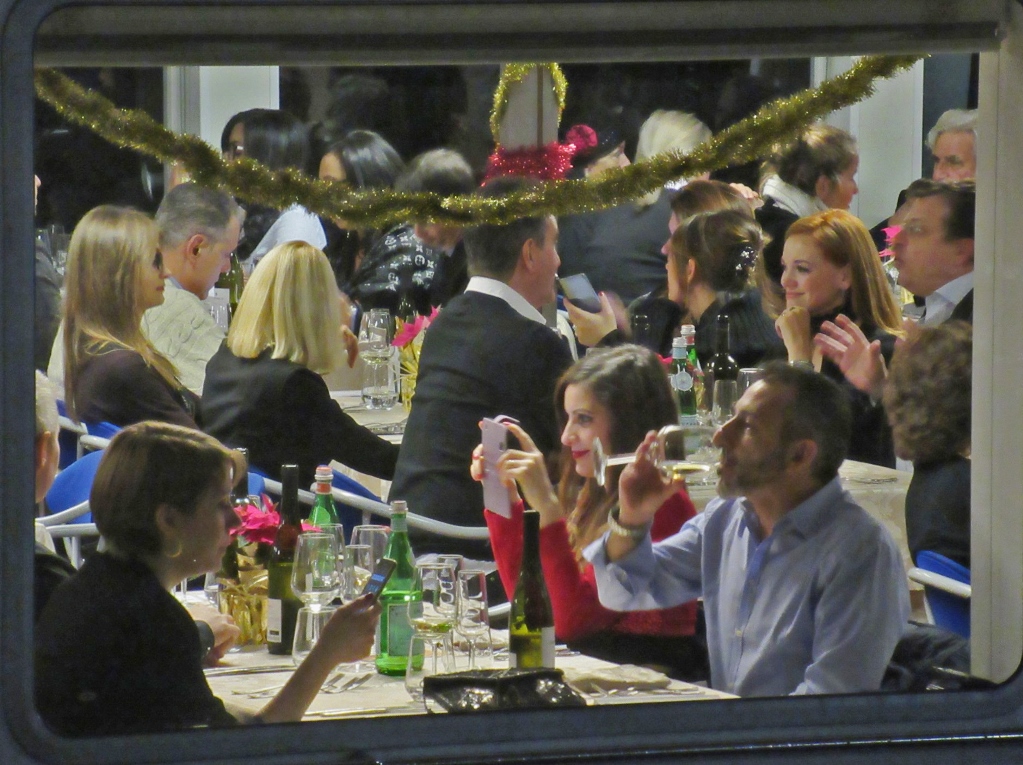
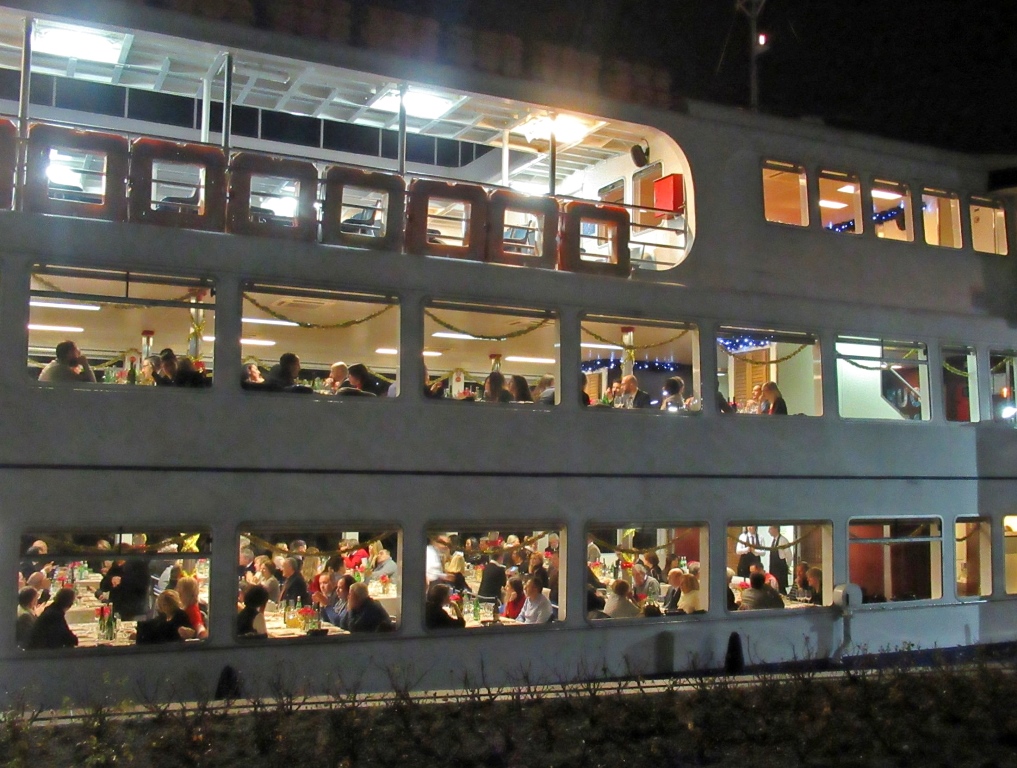 |
||
|
The New Year's cruise. | ||
|
| ||
|
| ||

